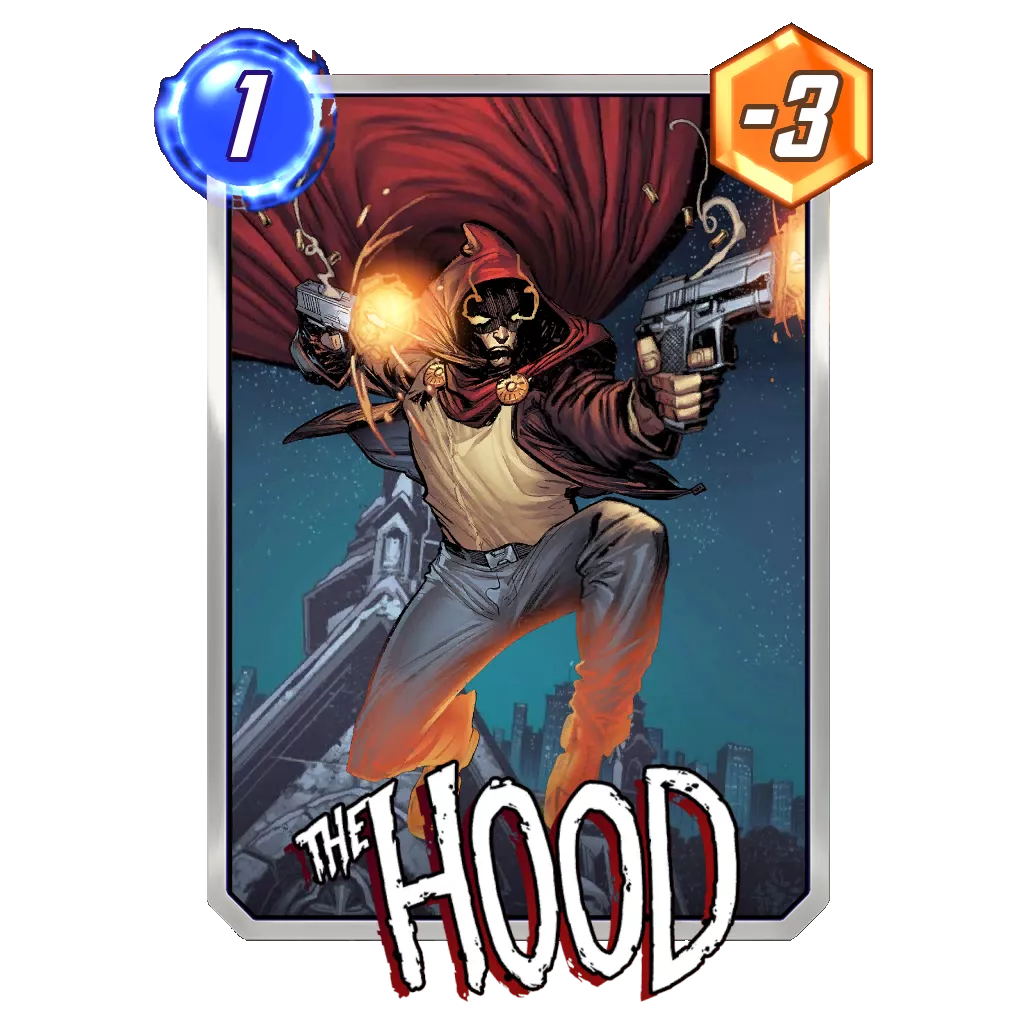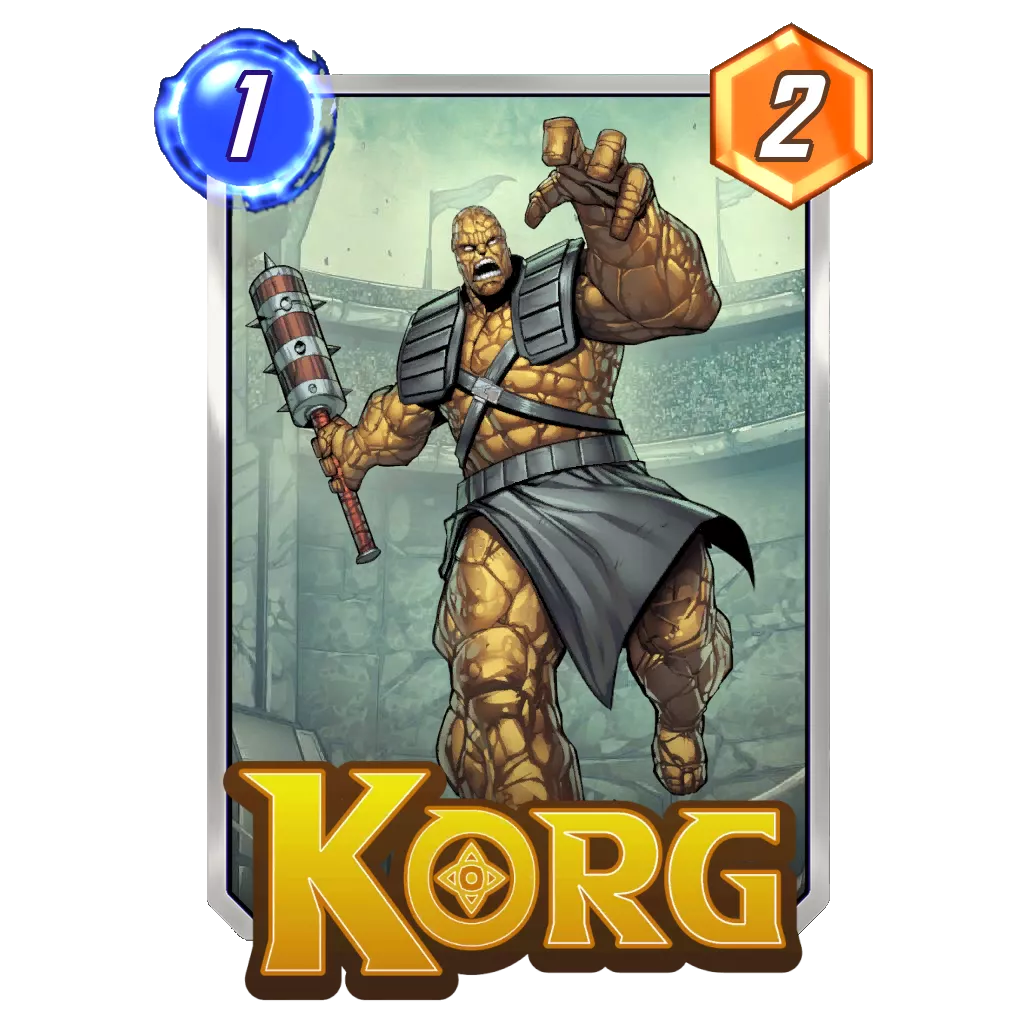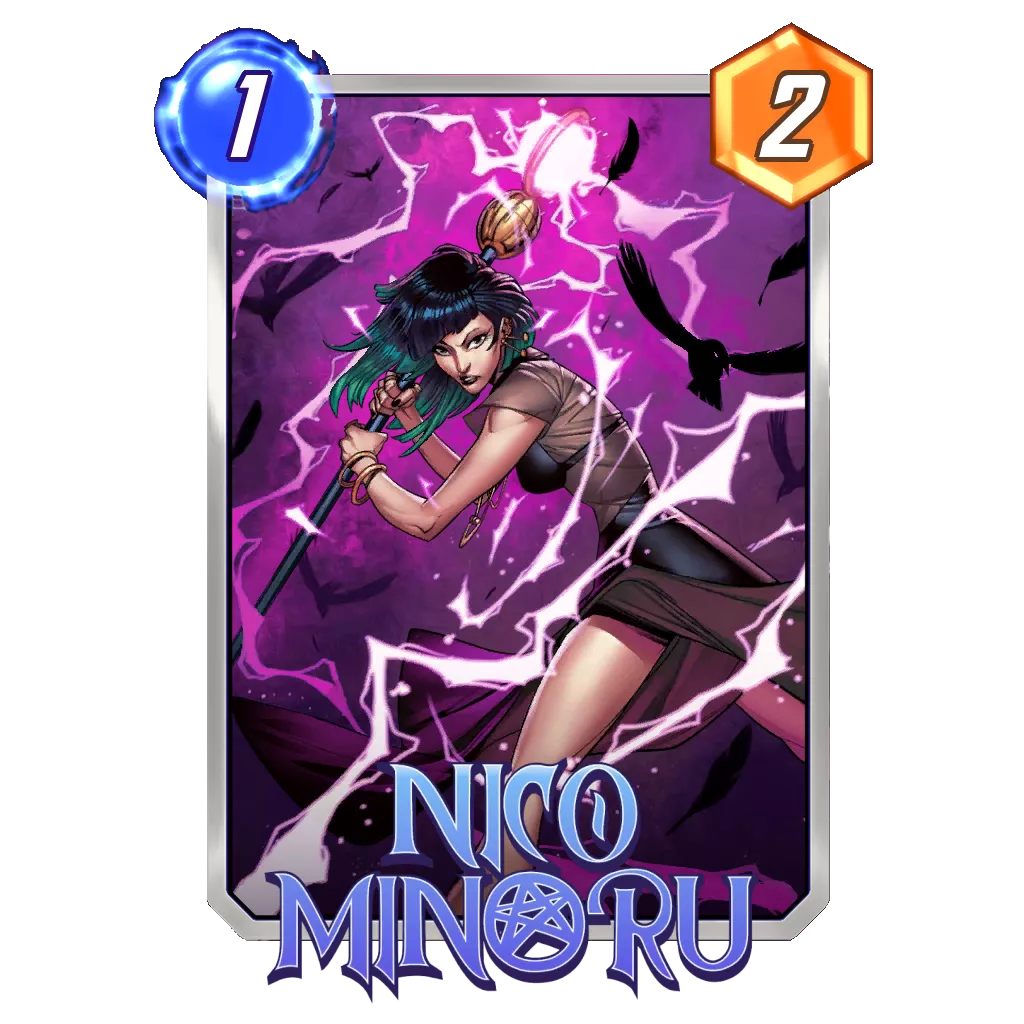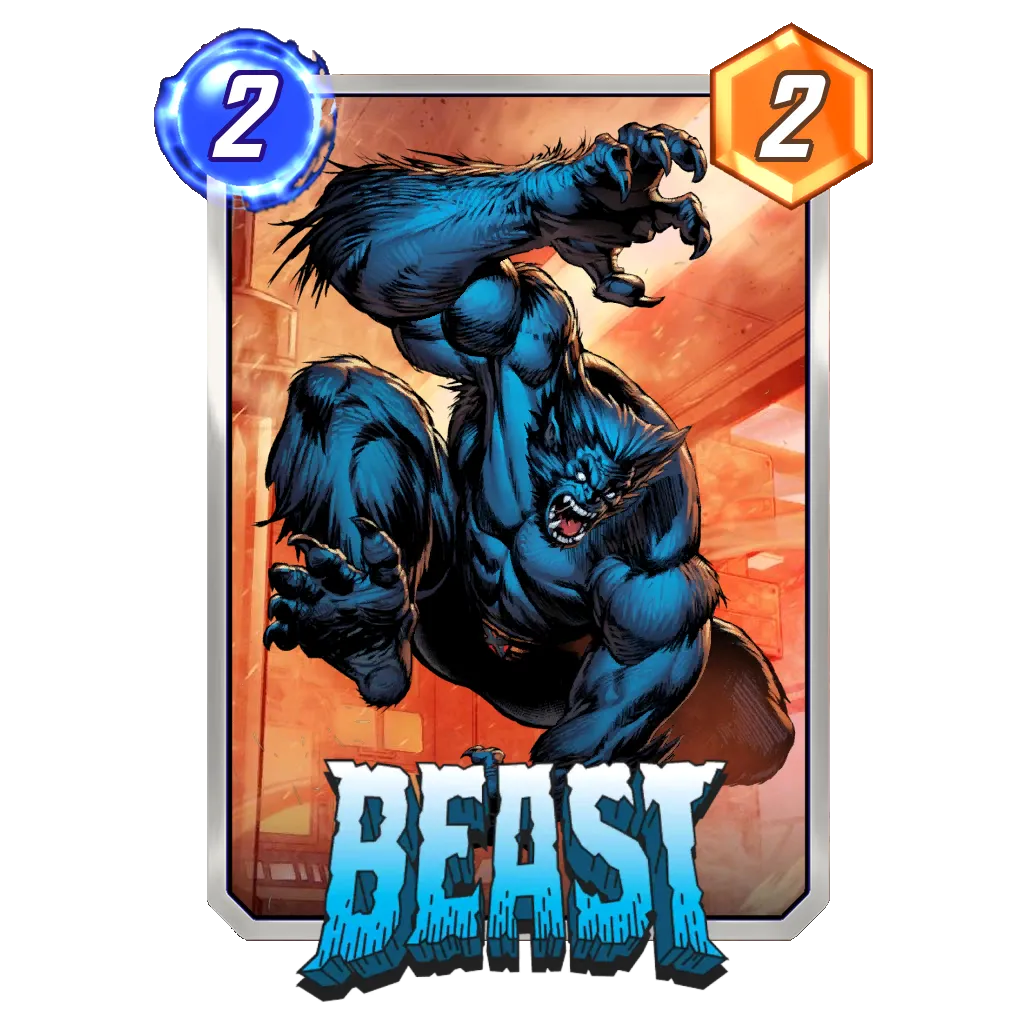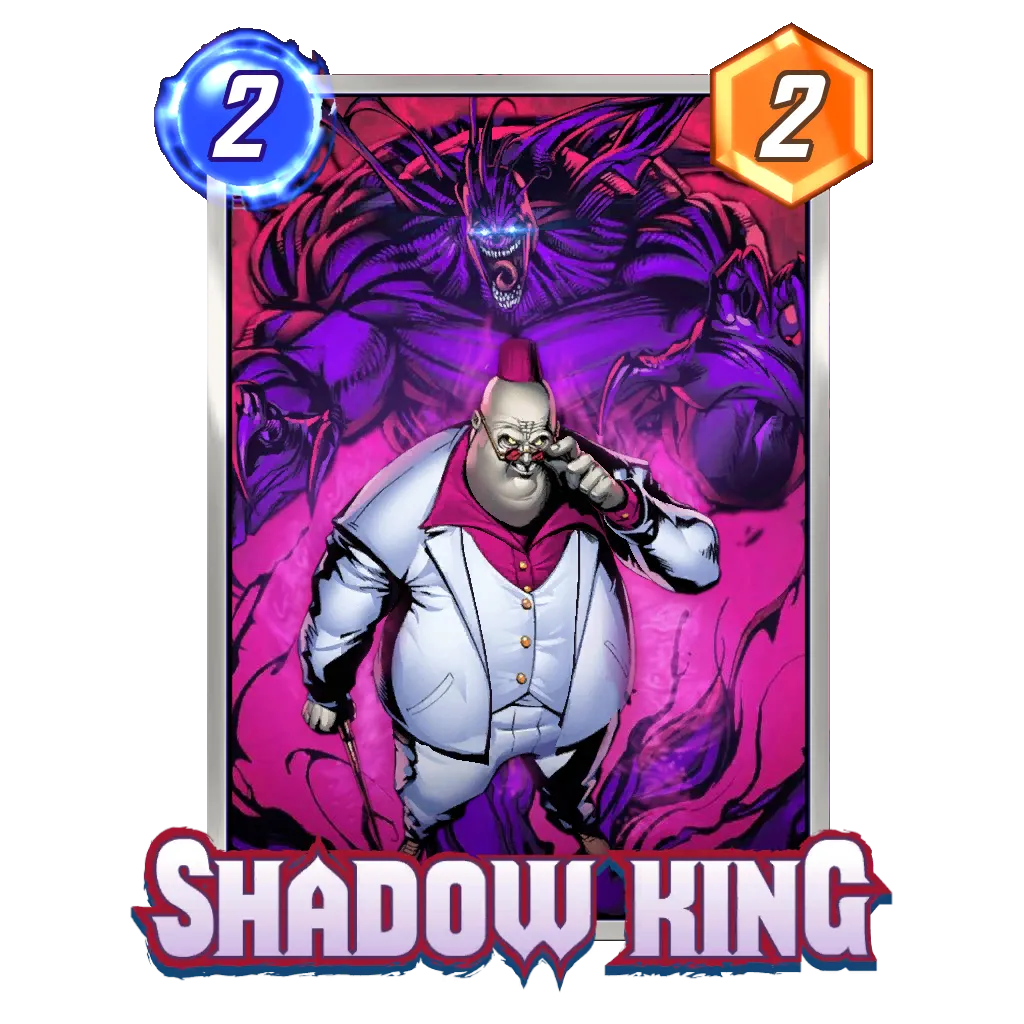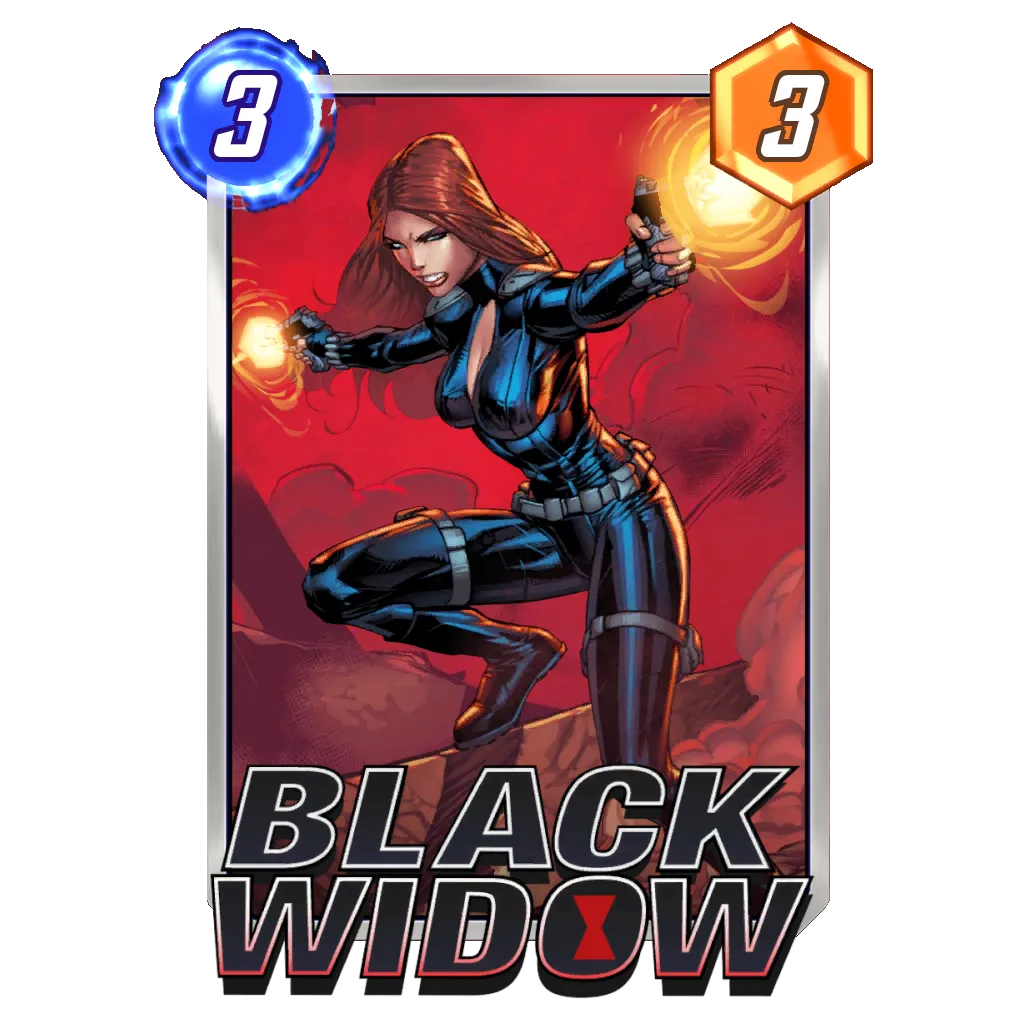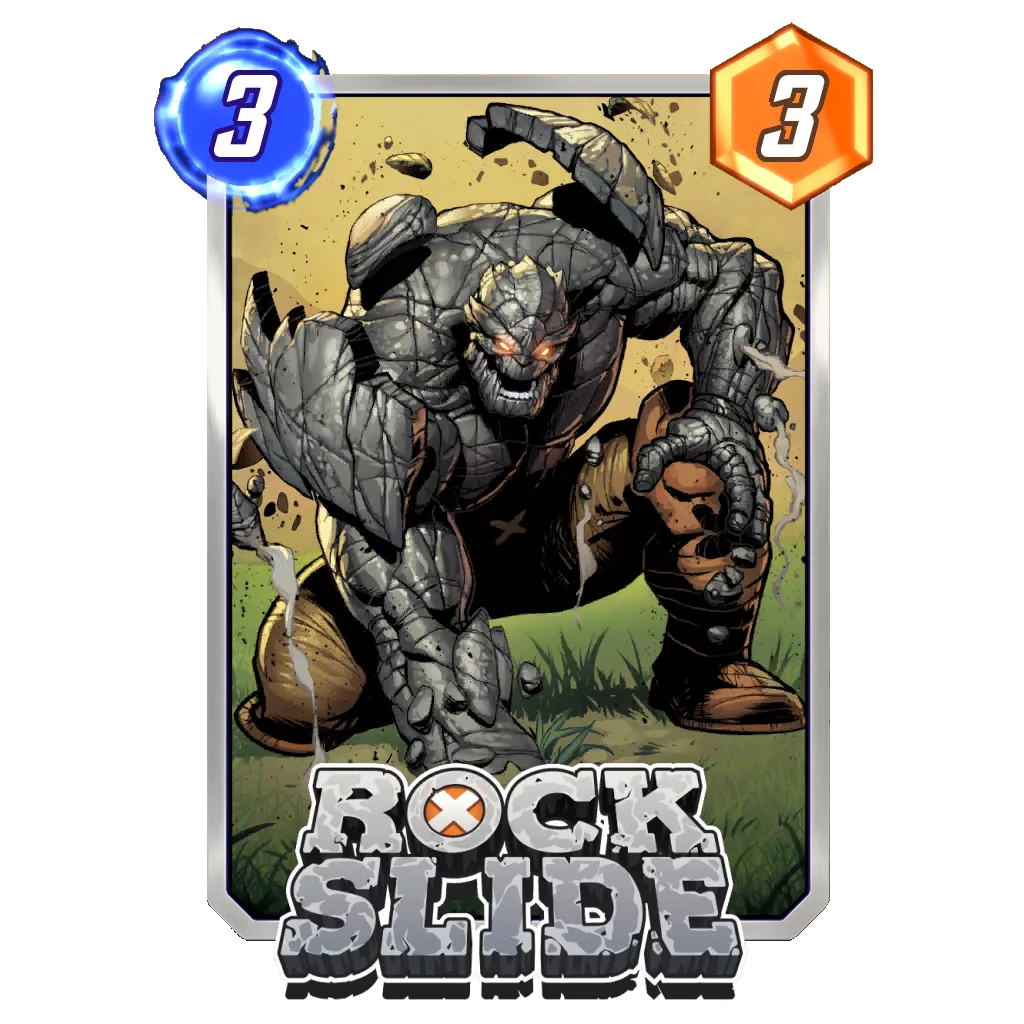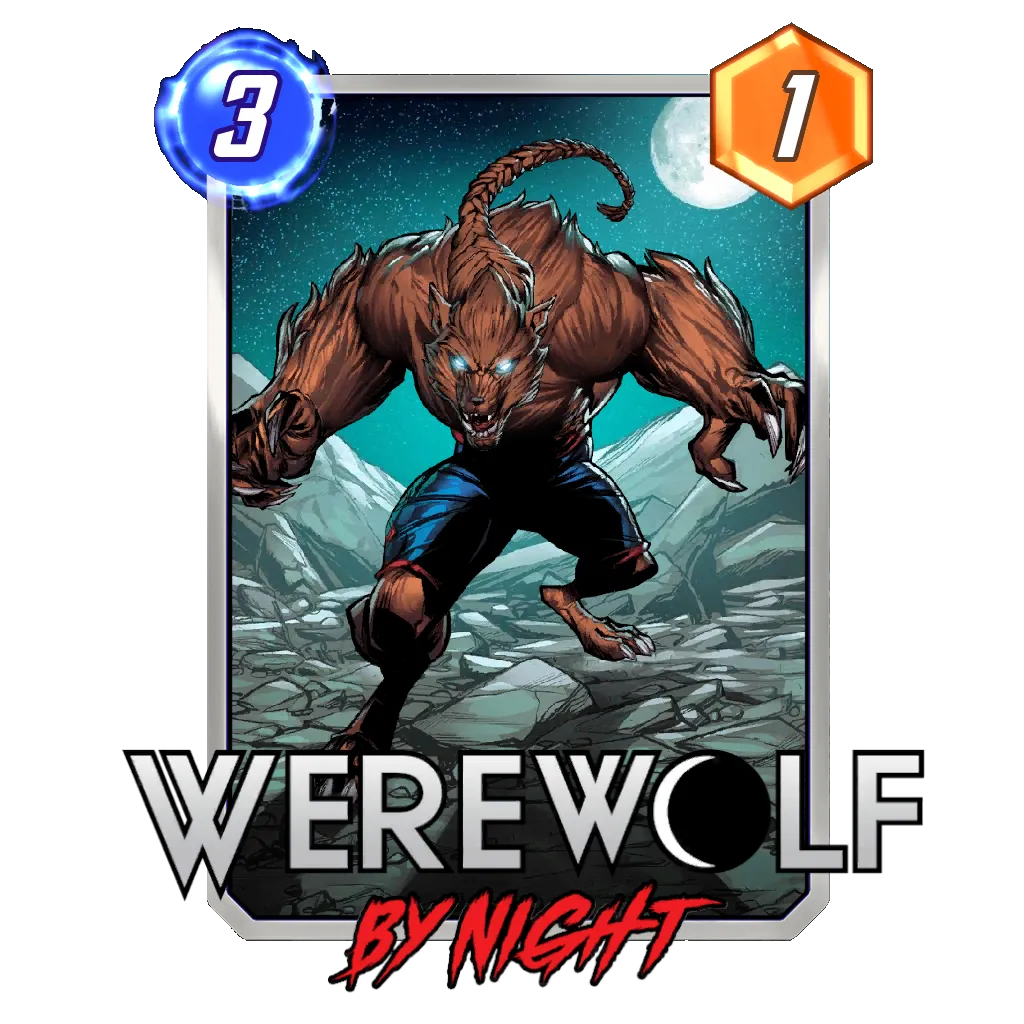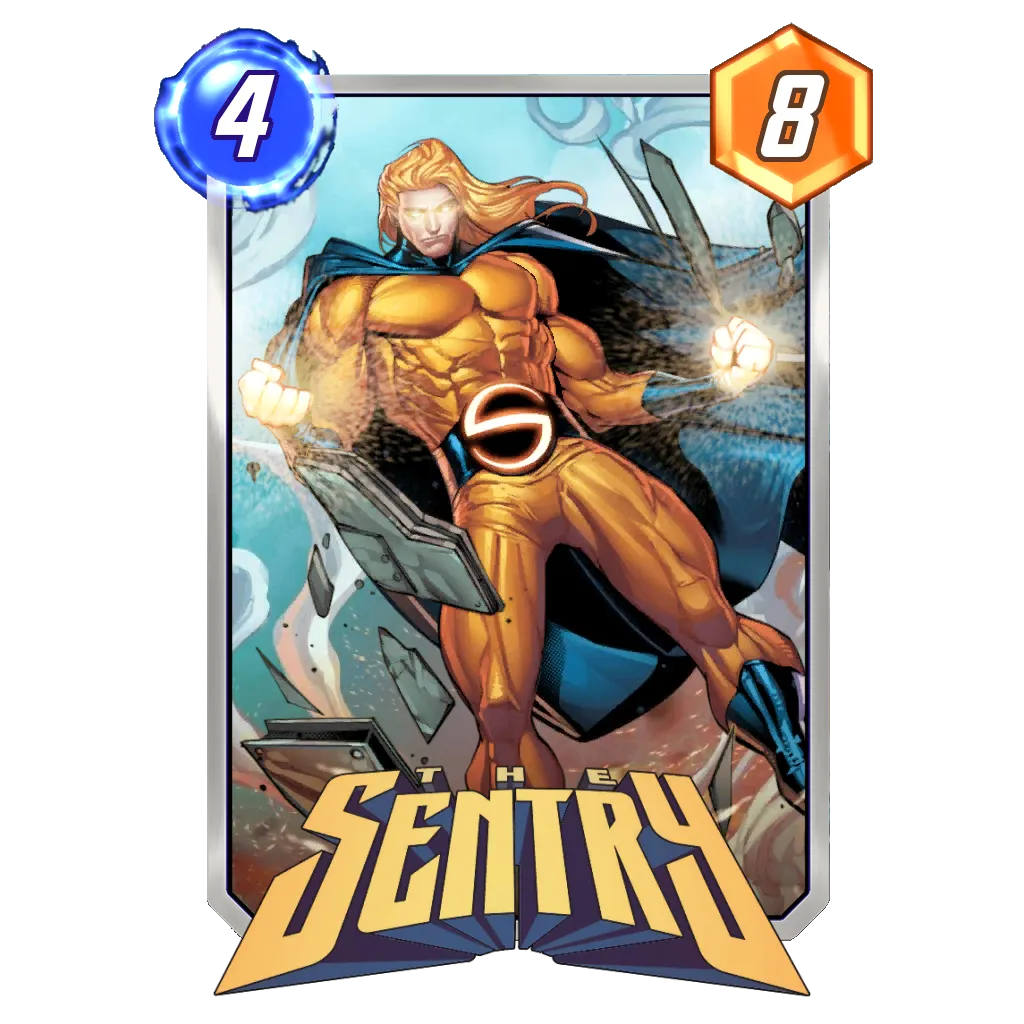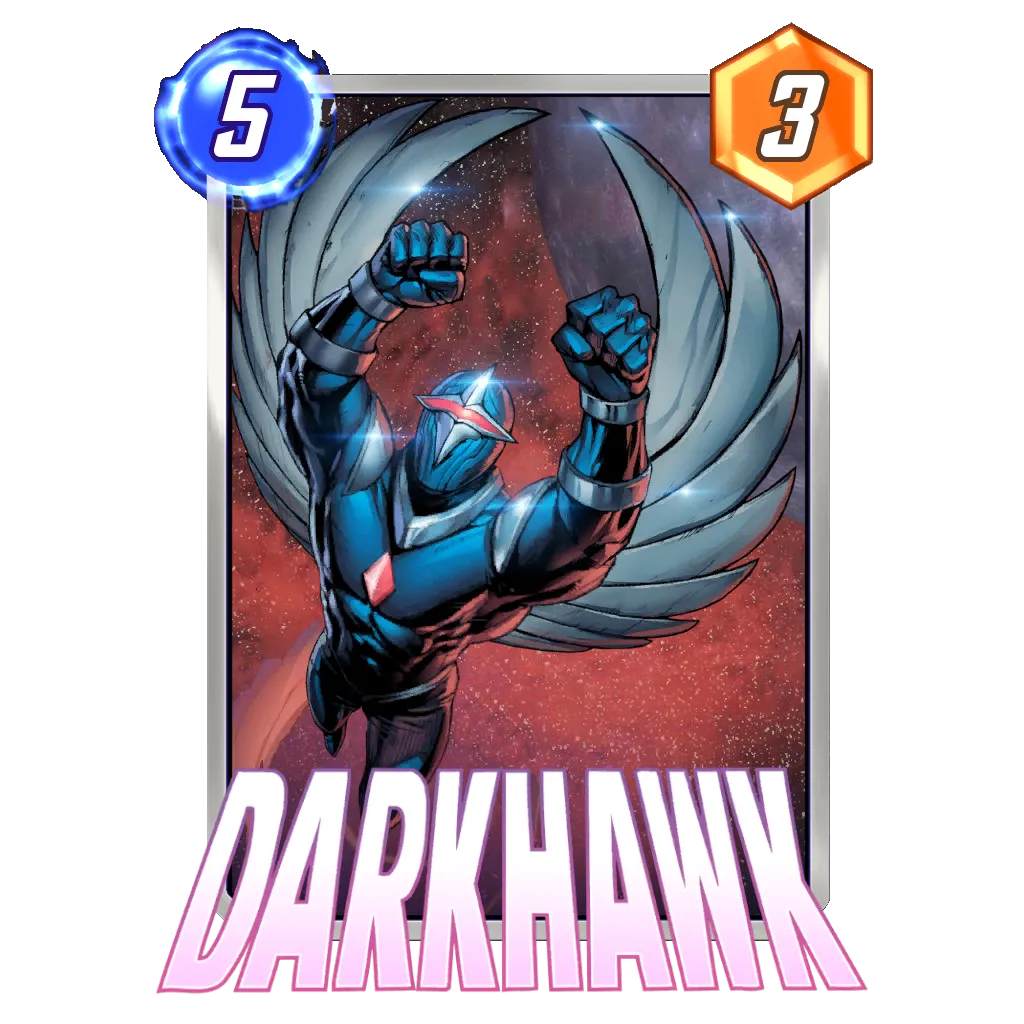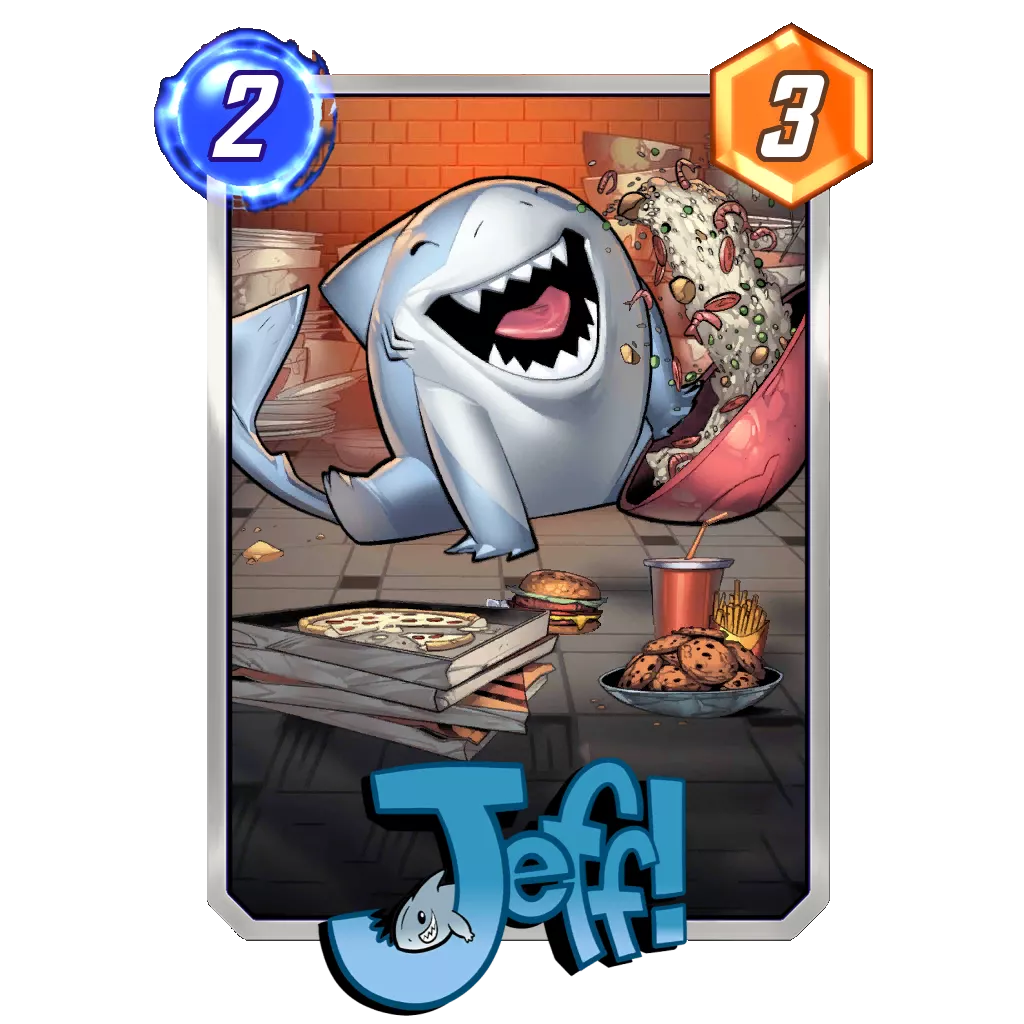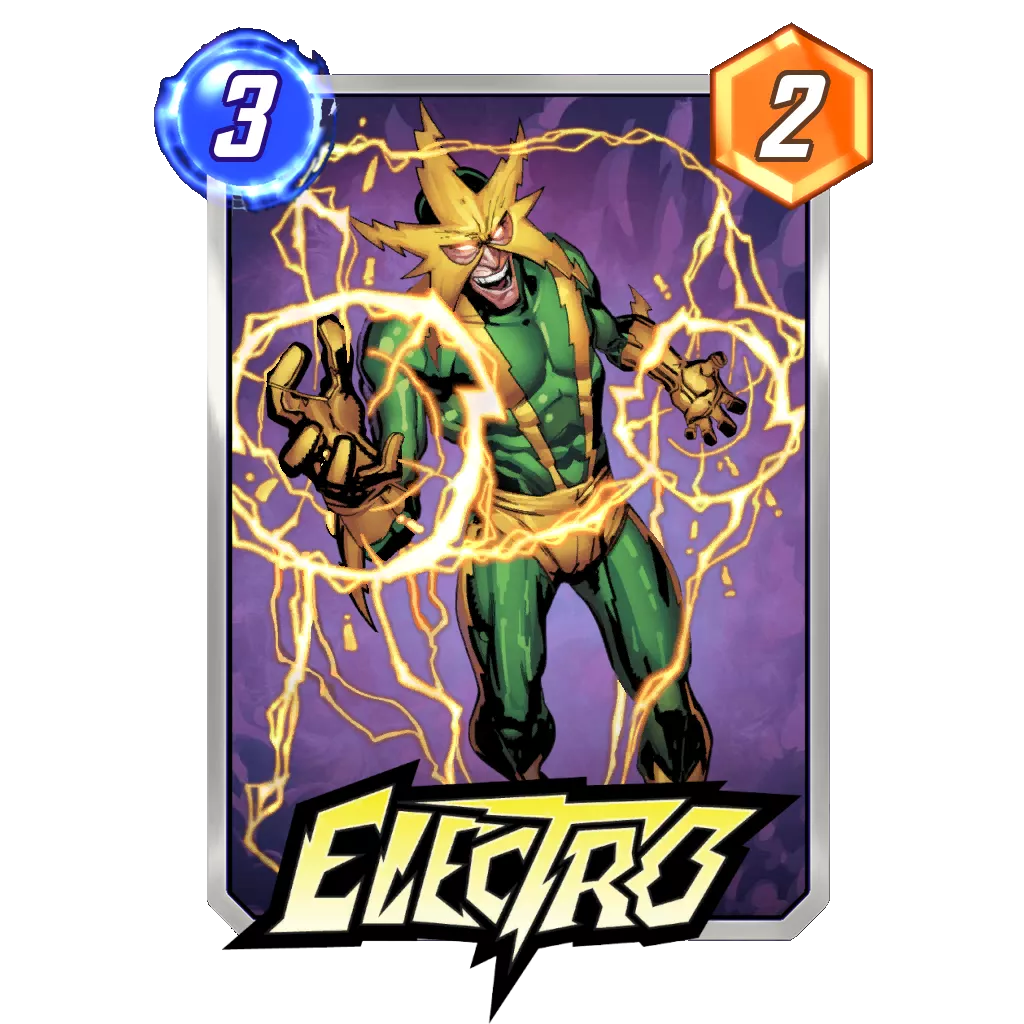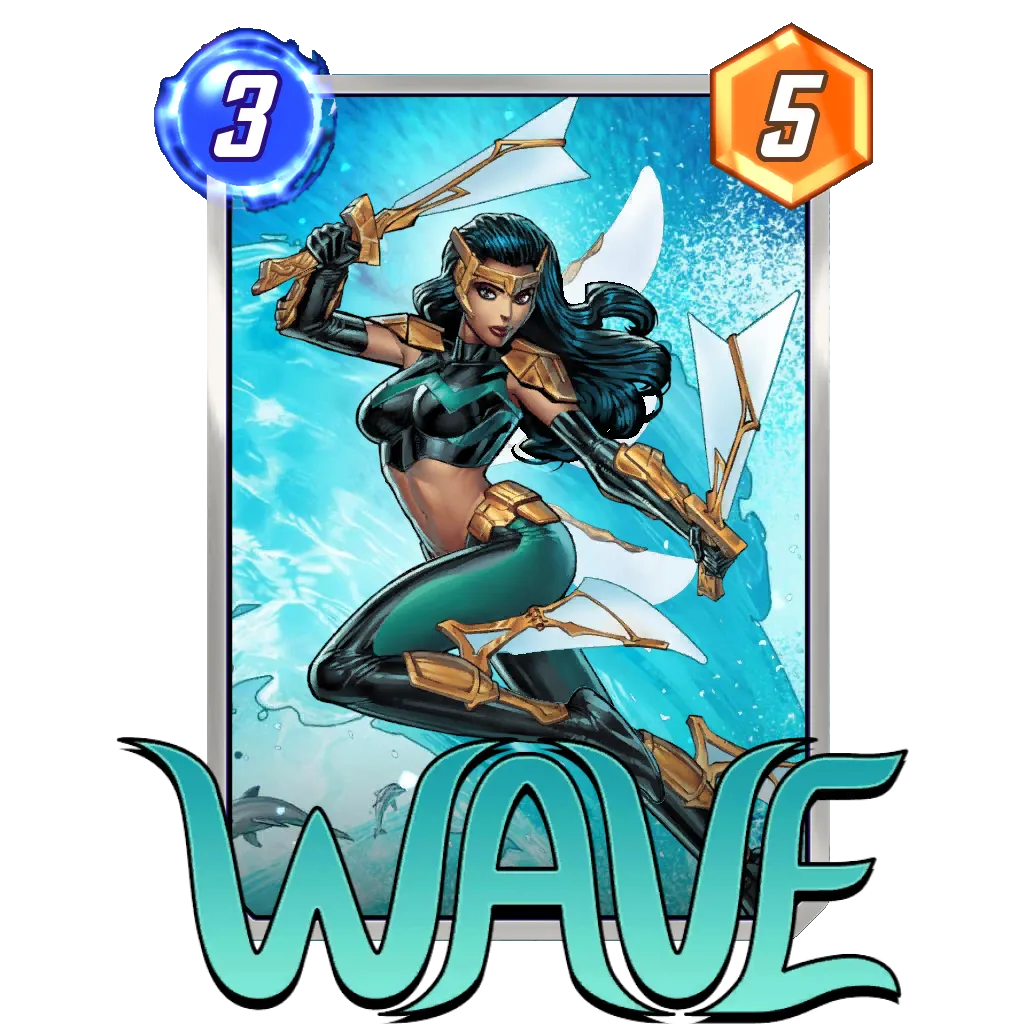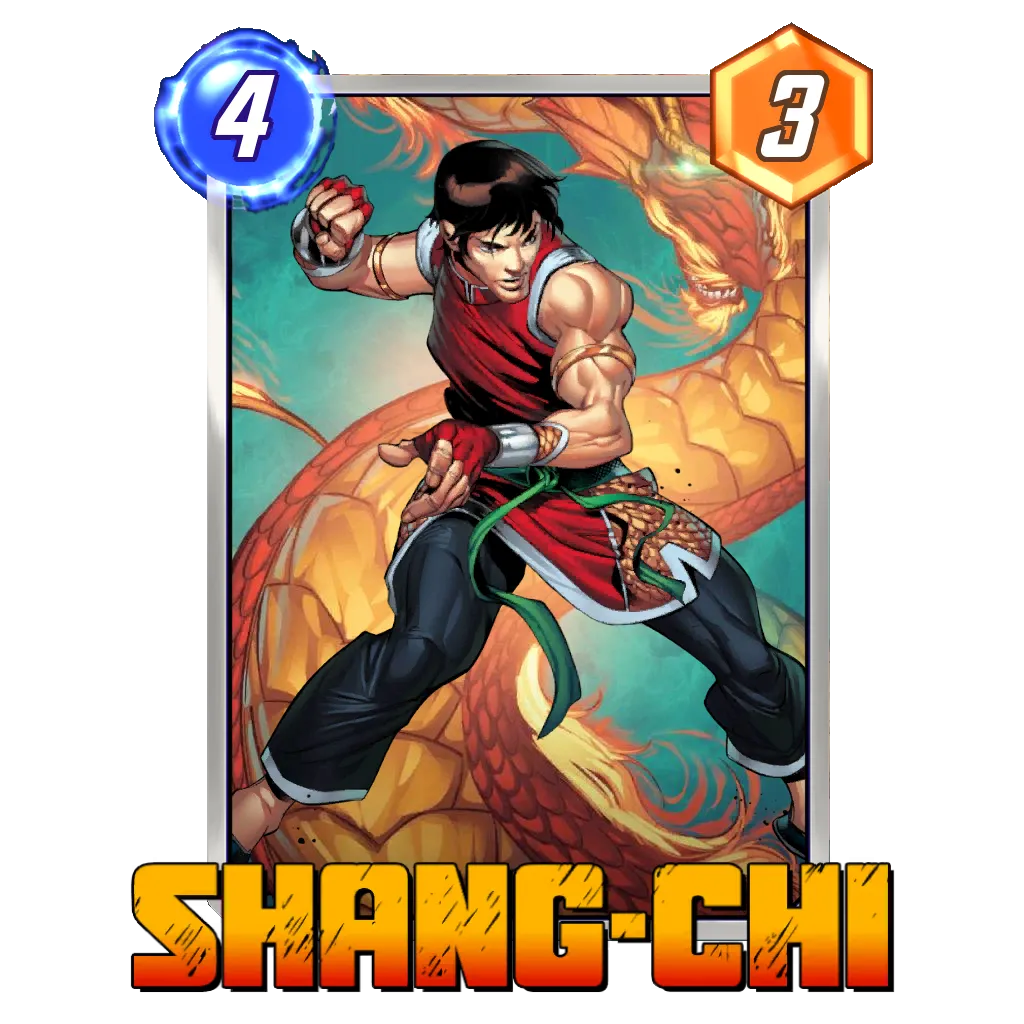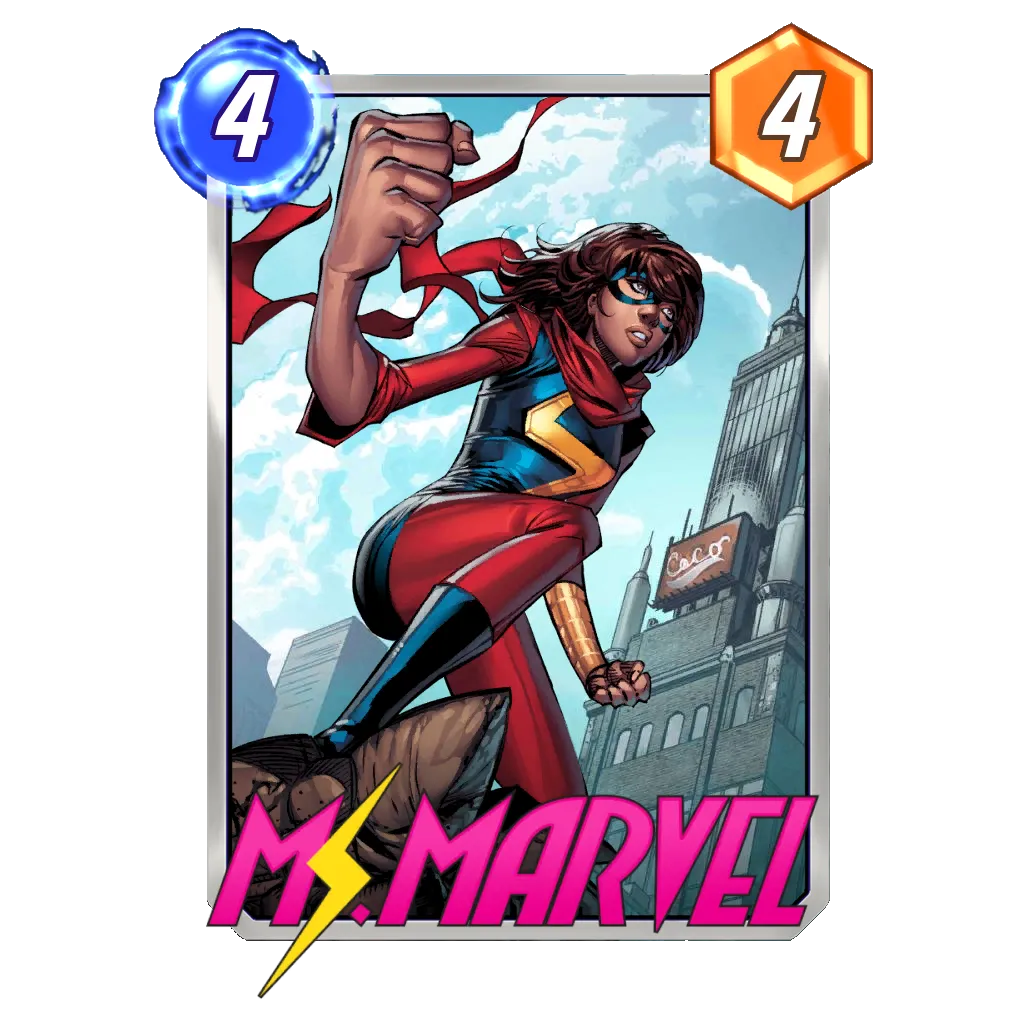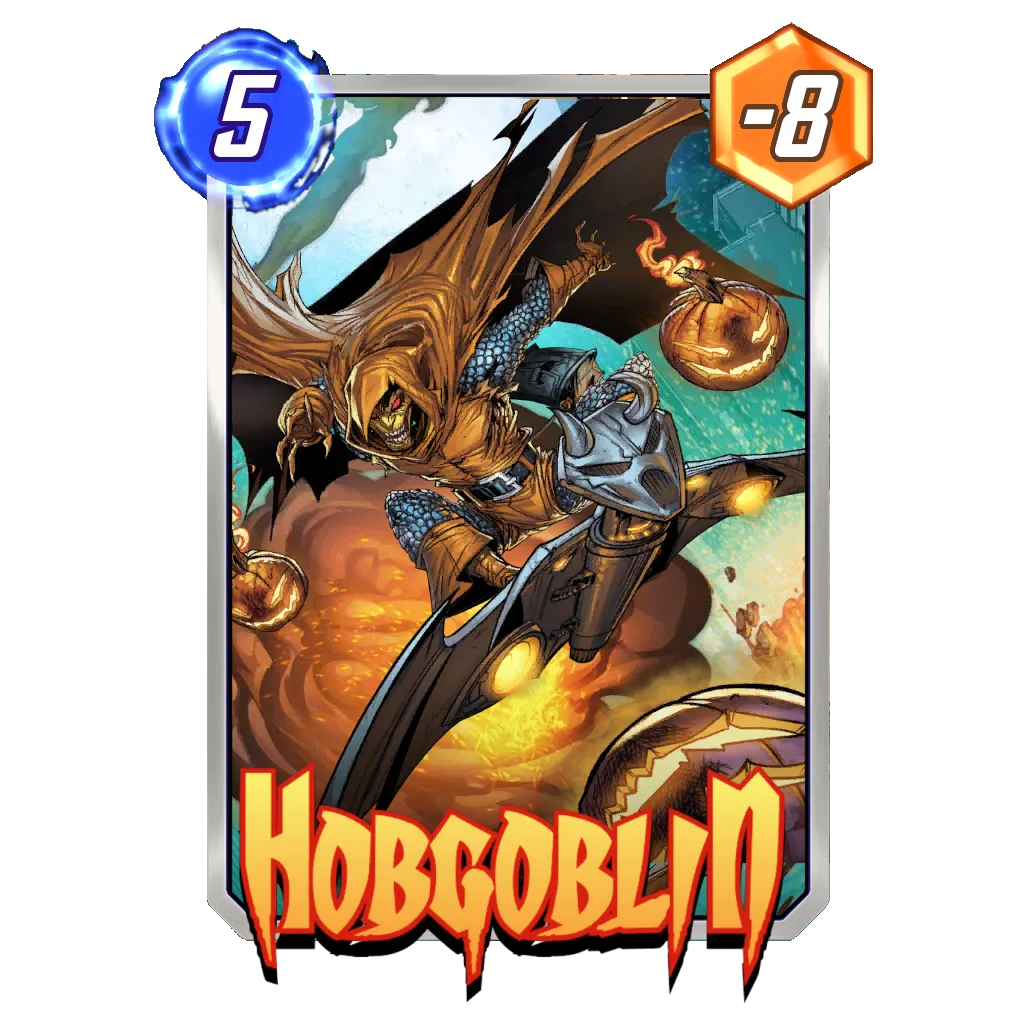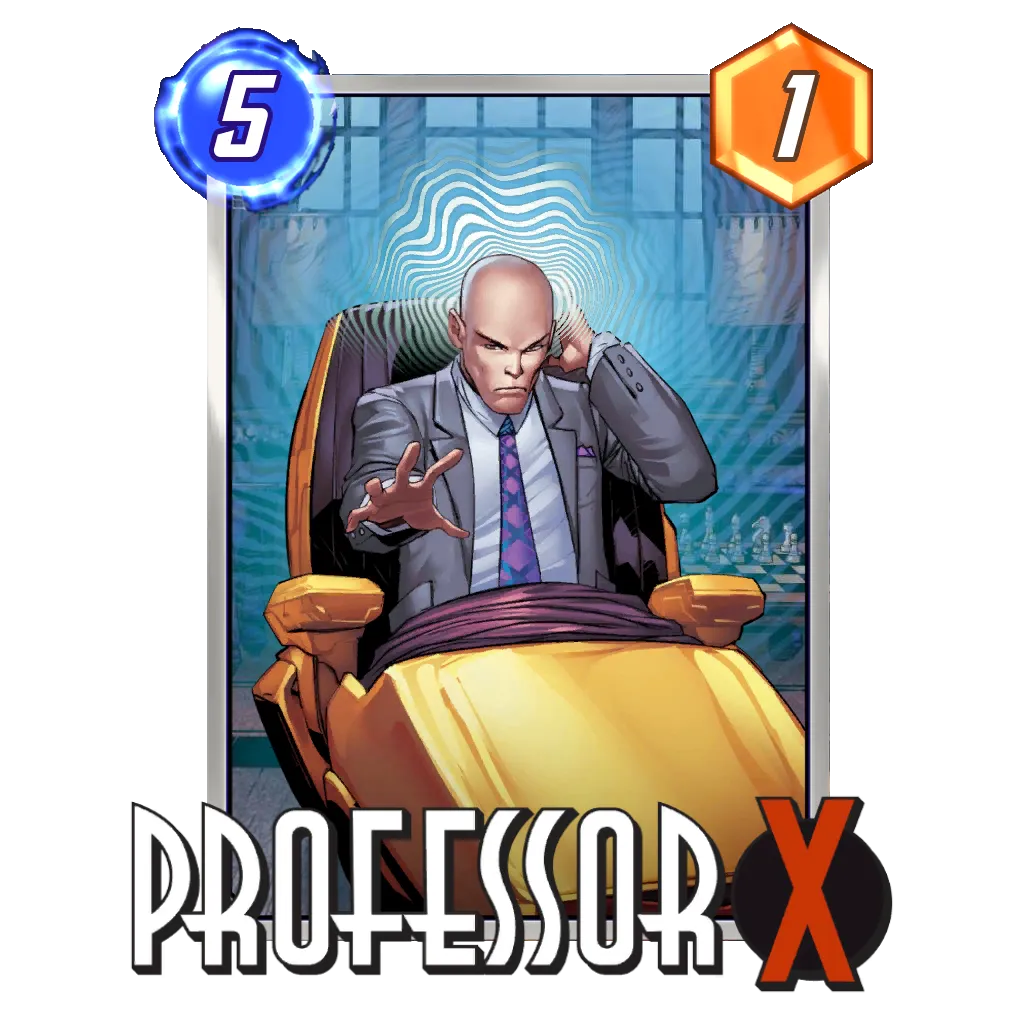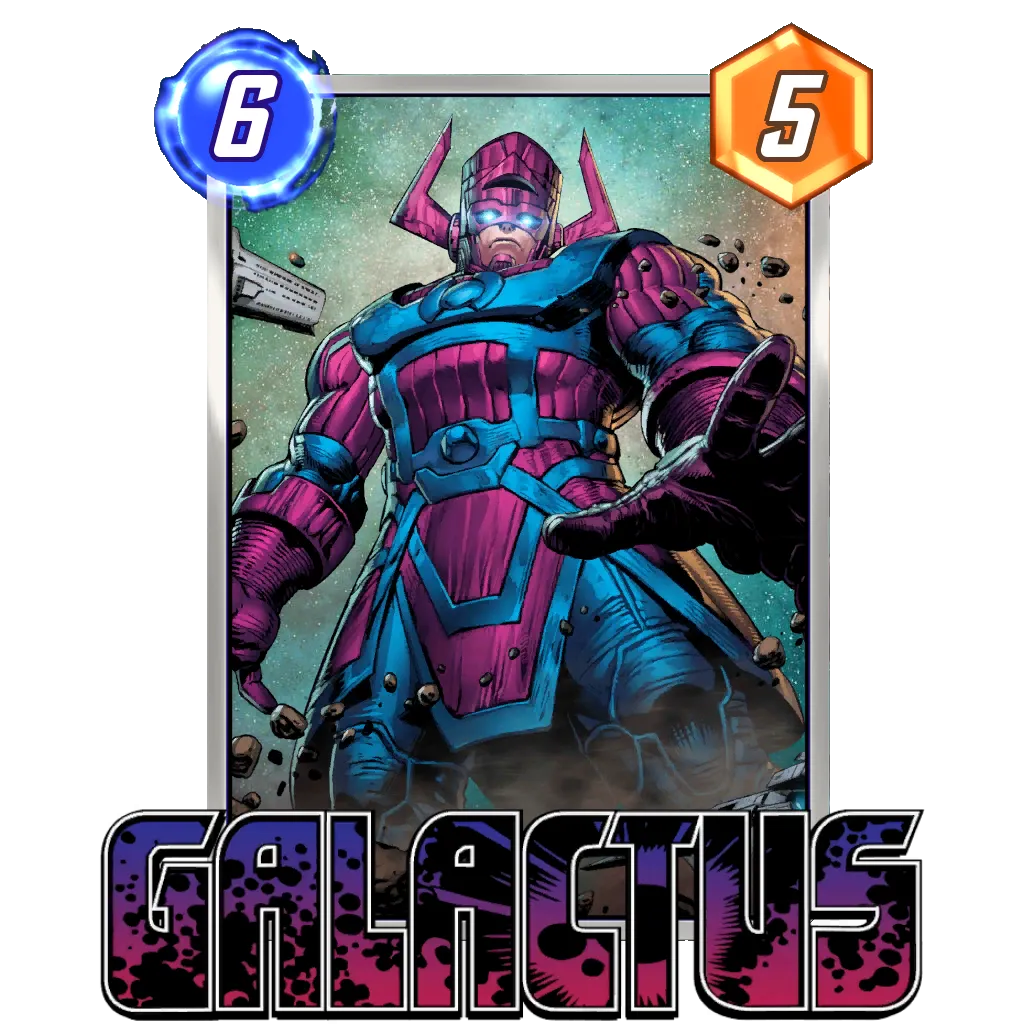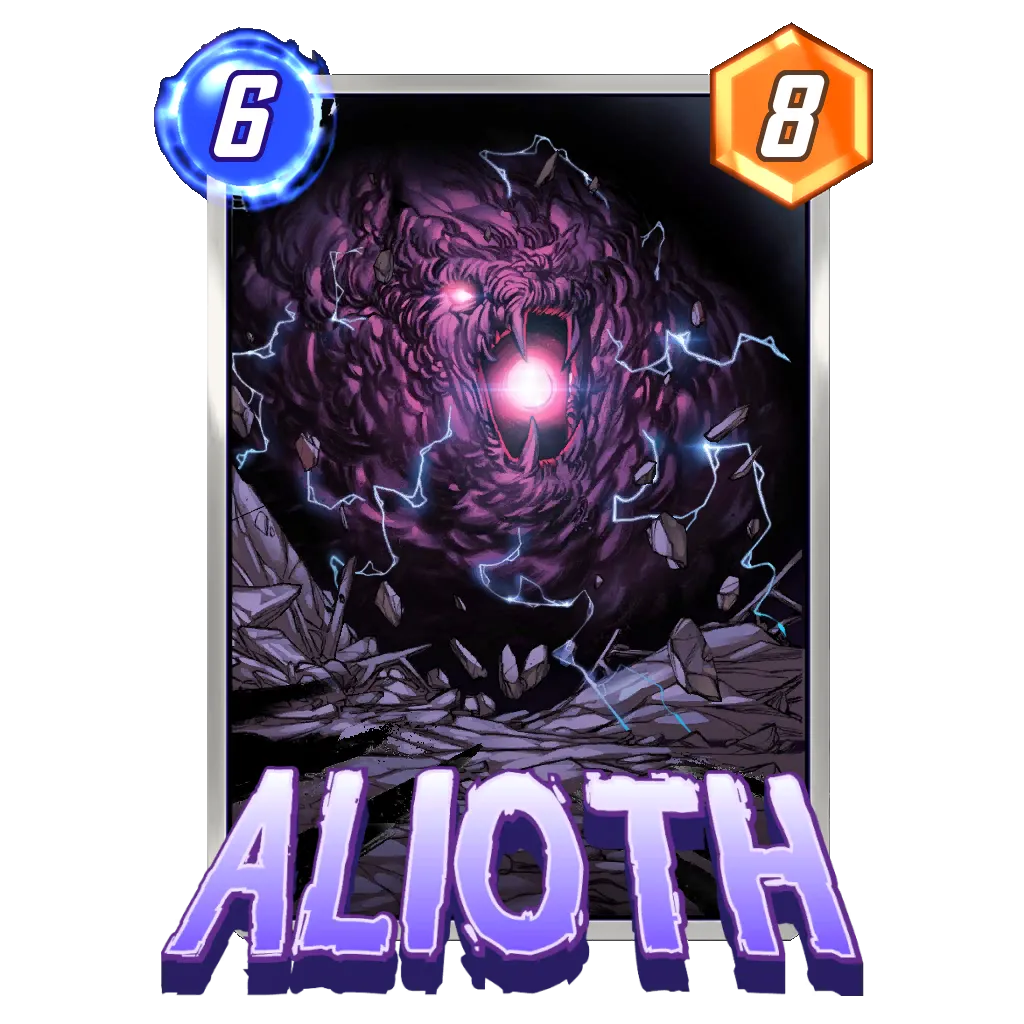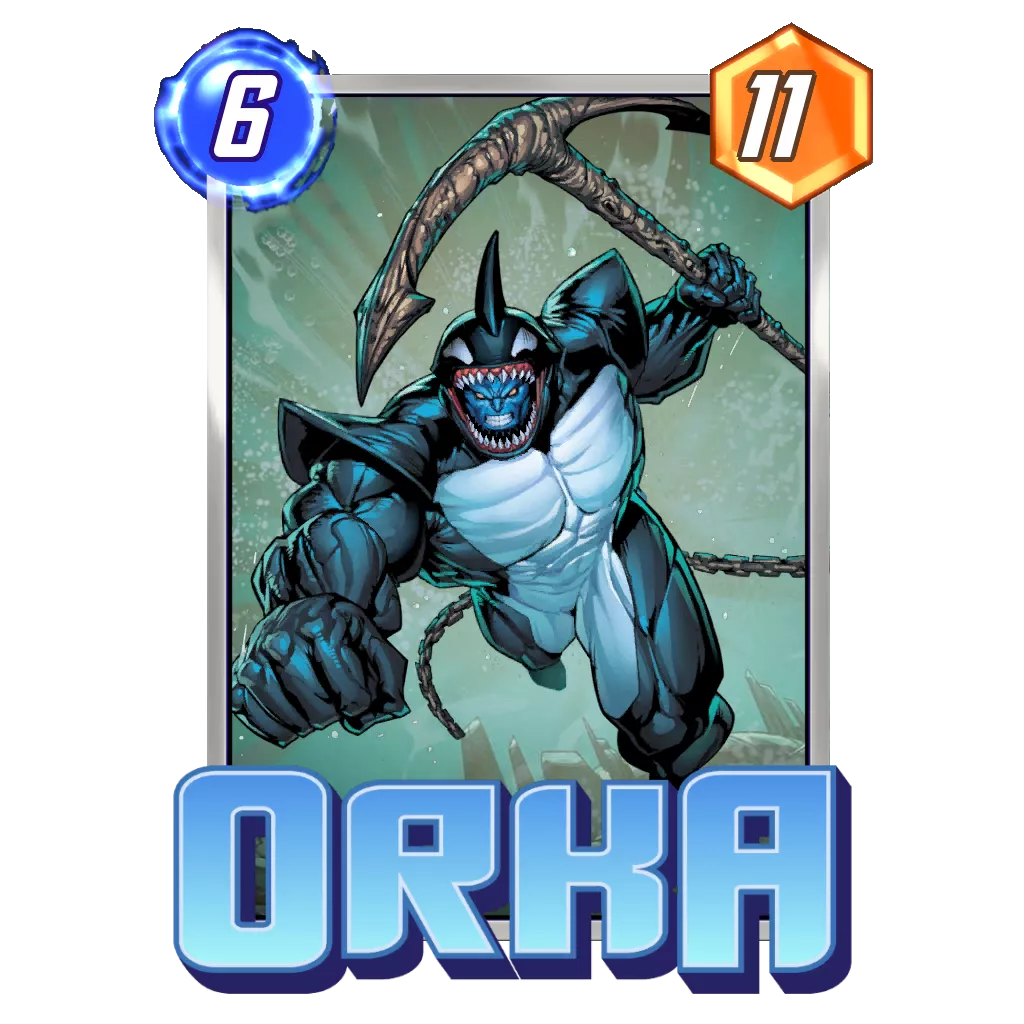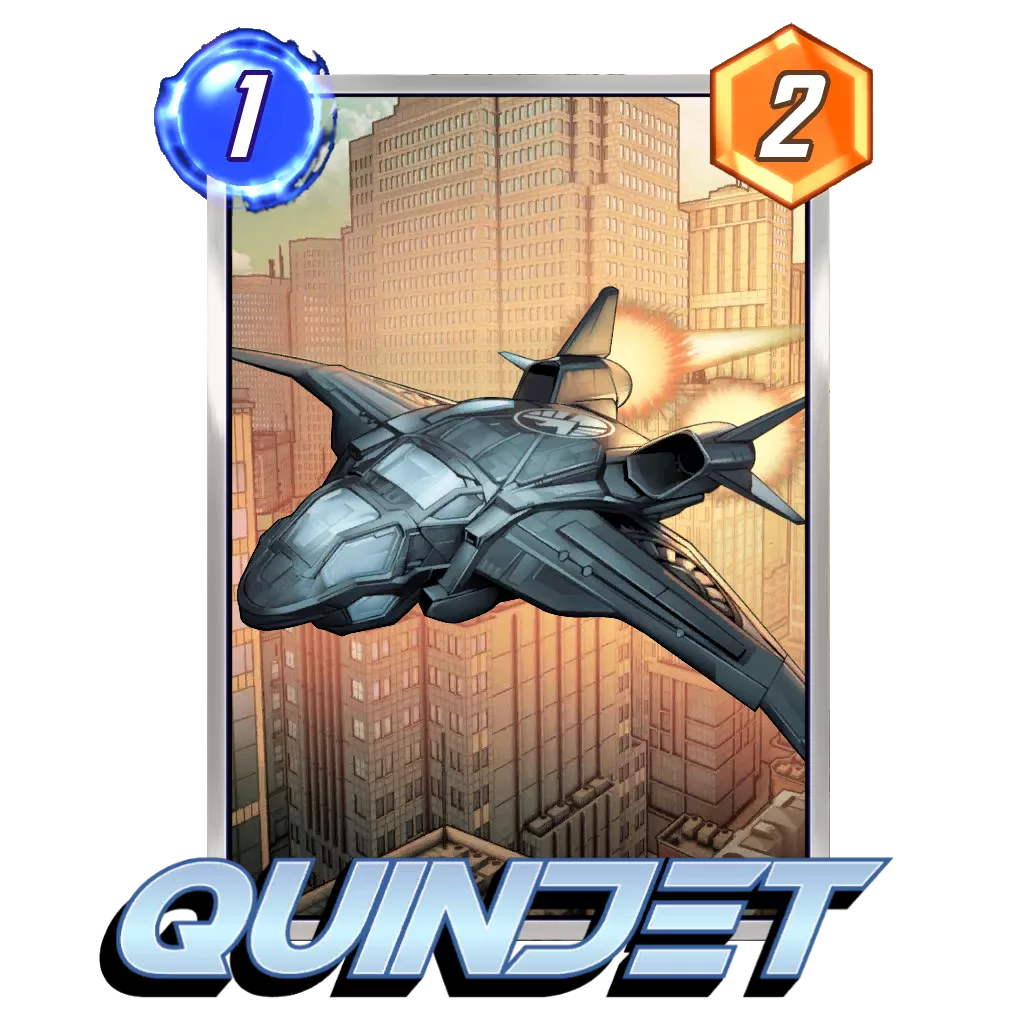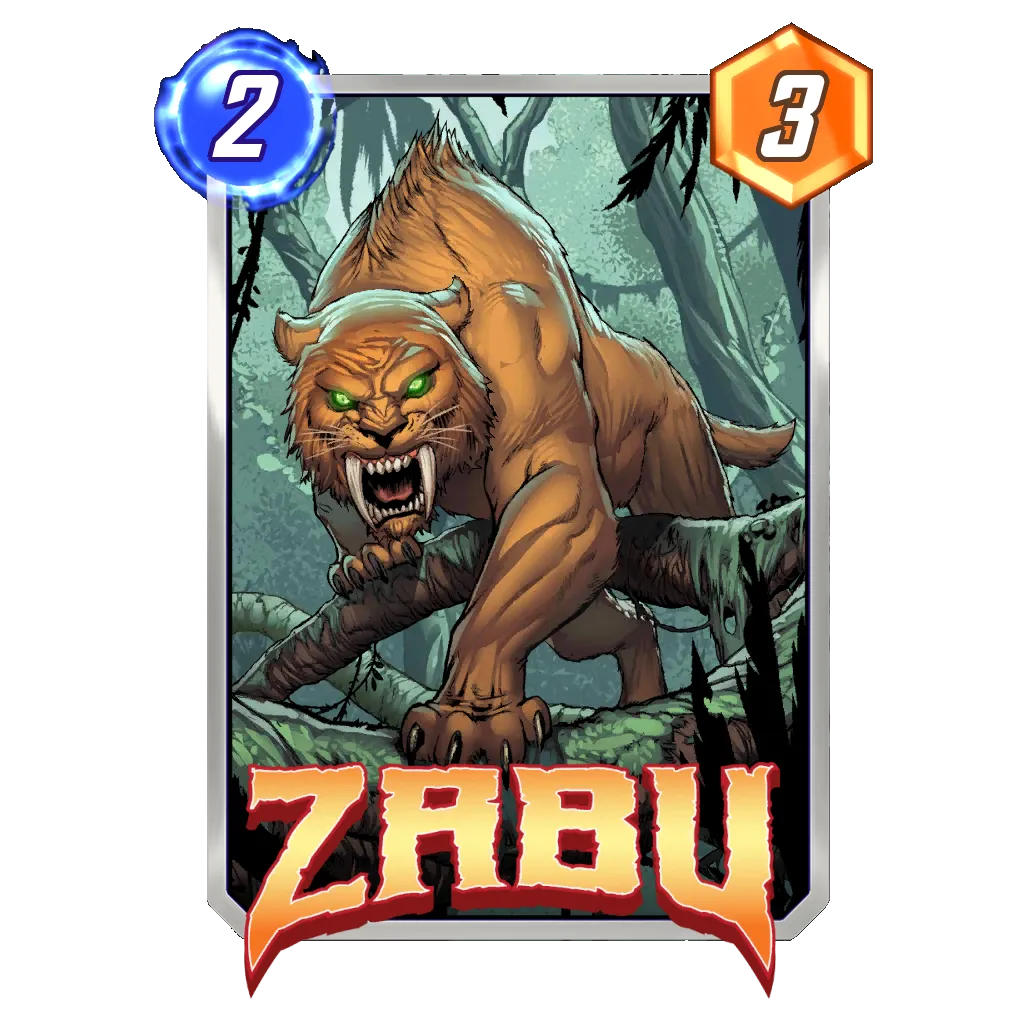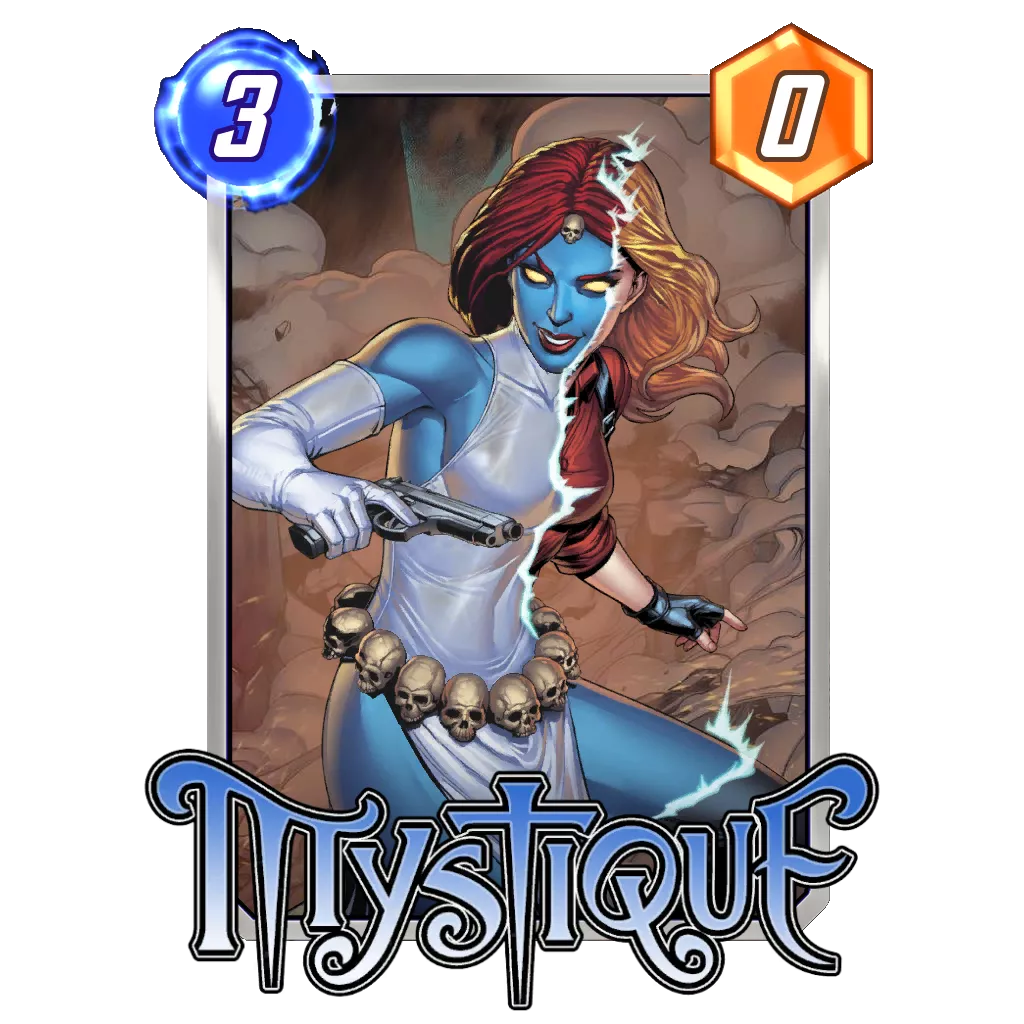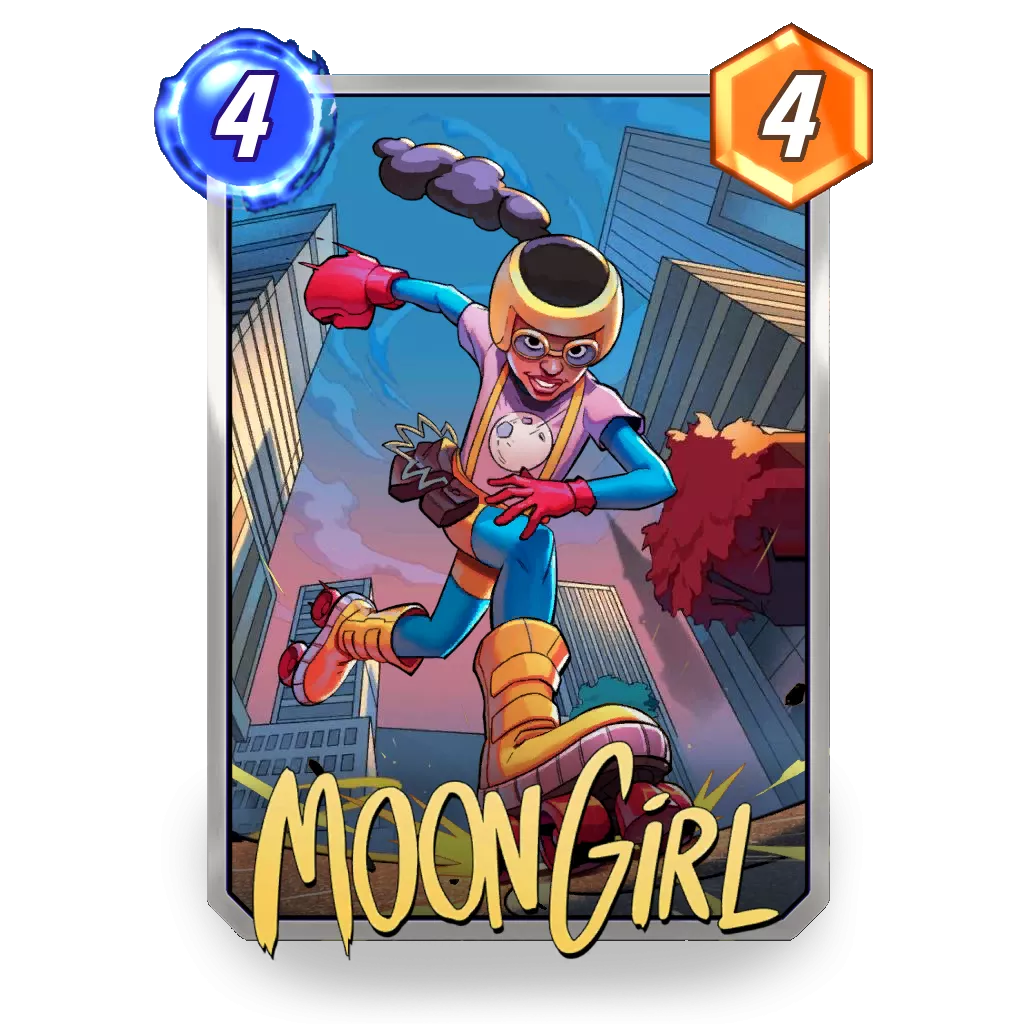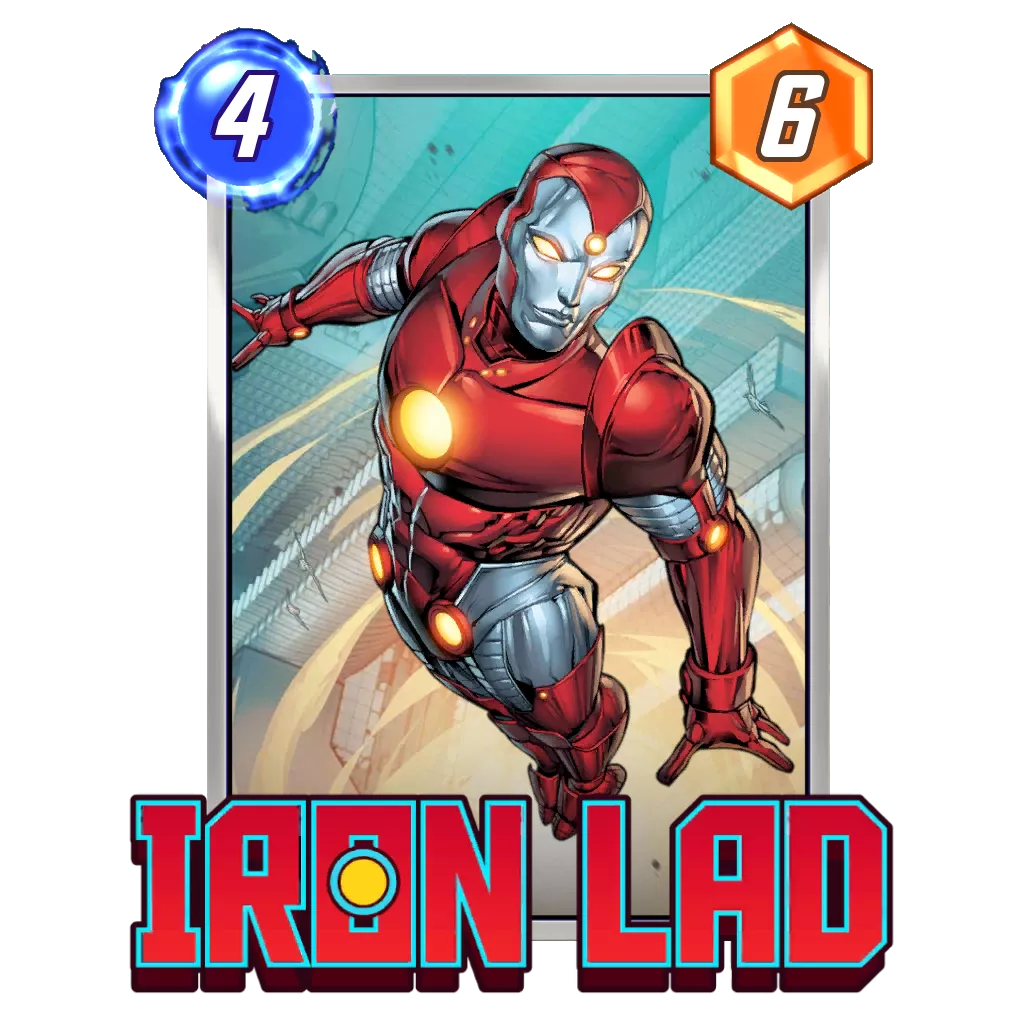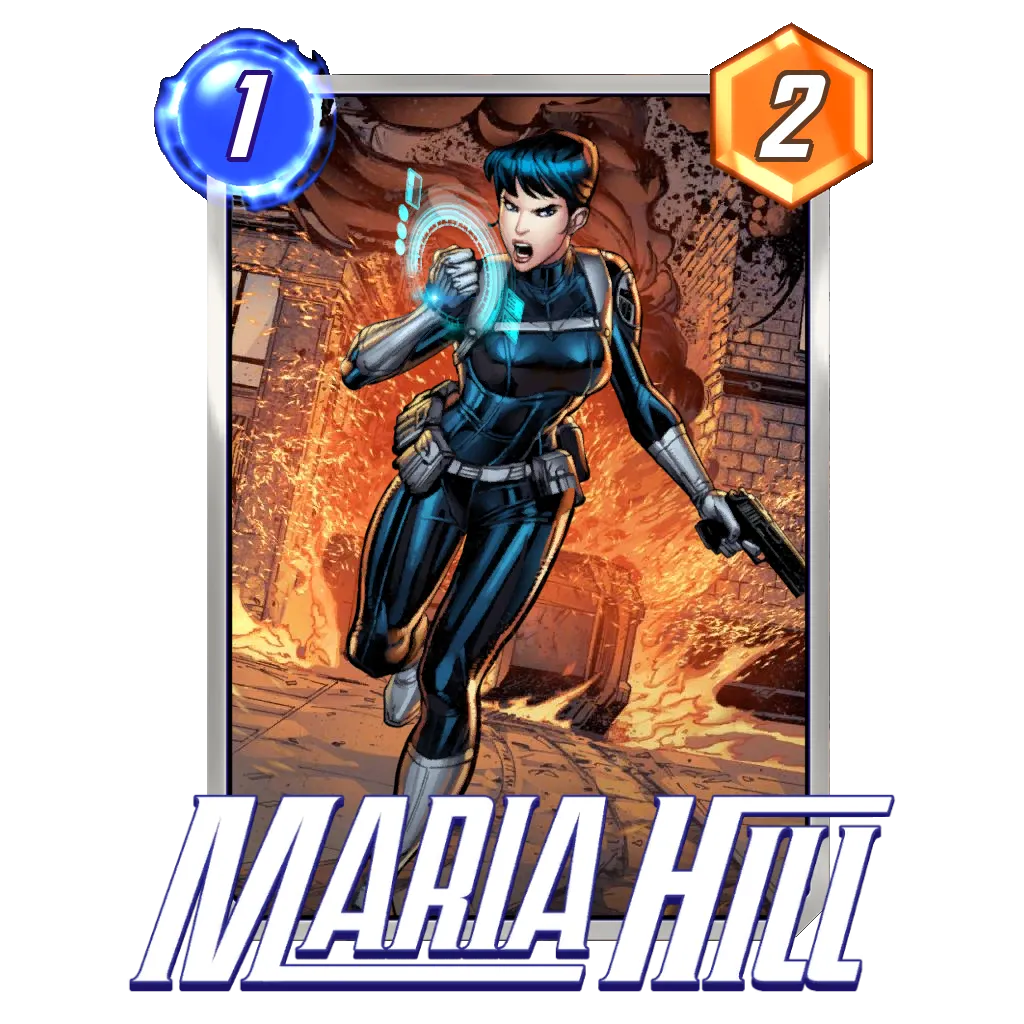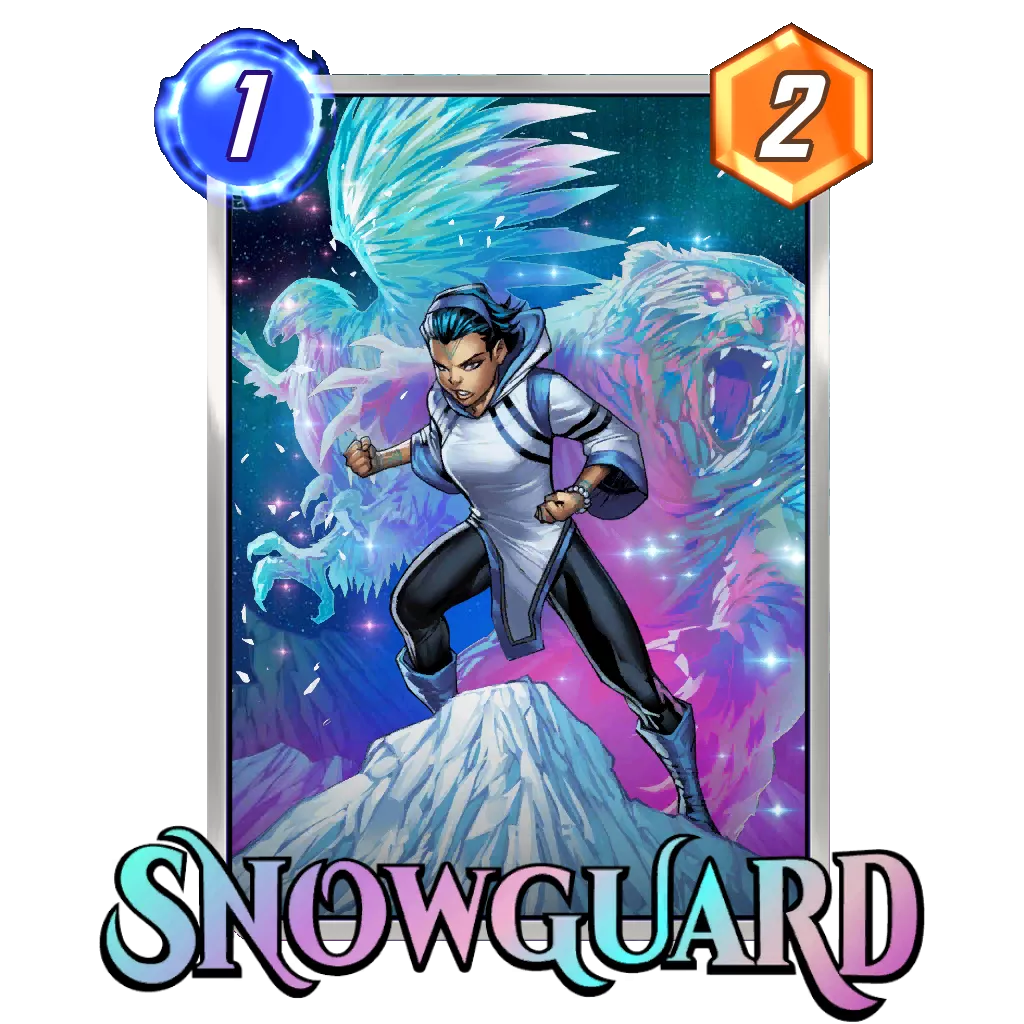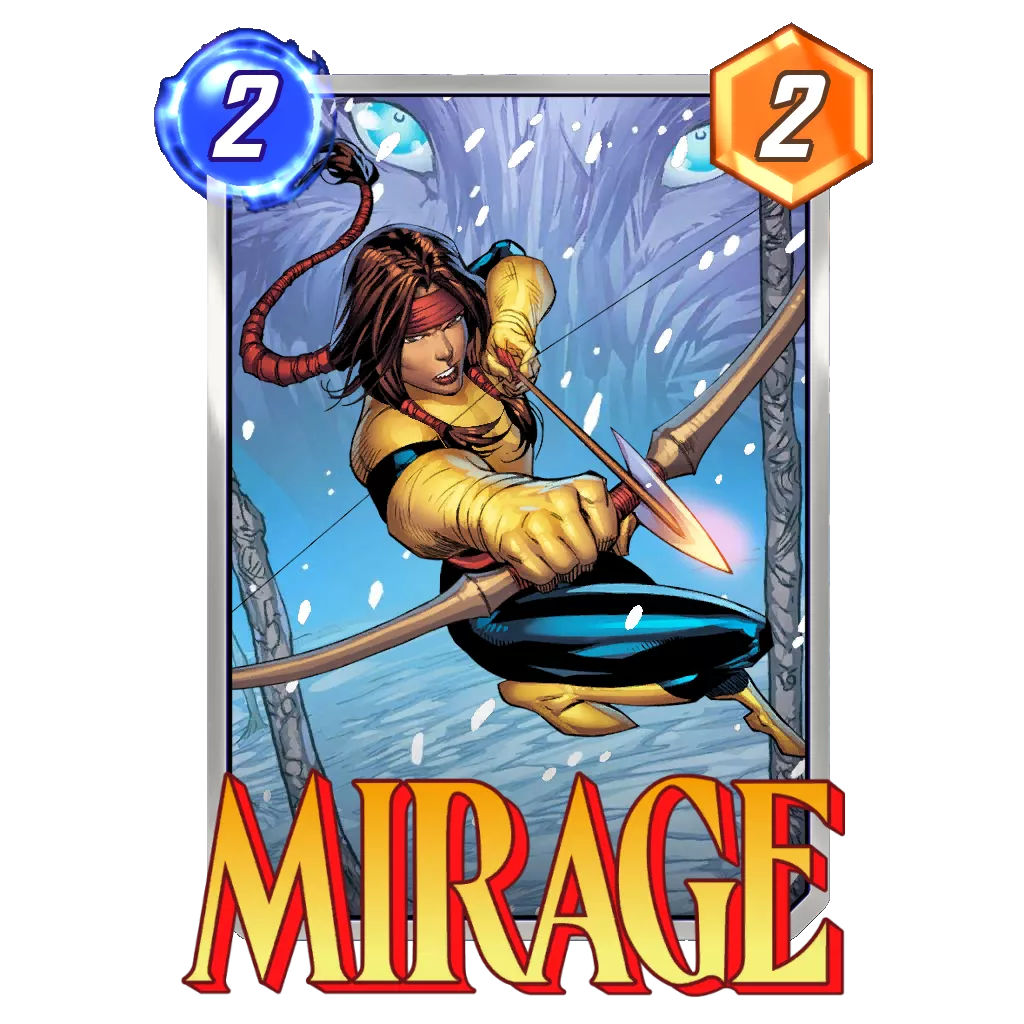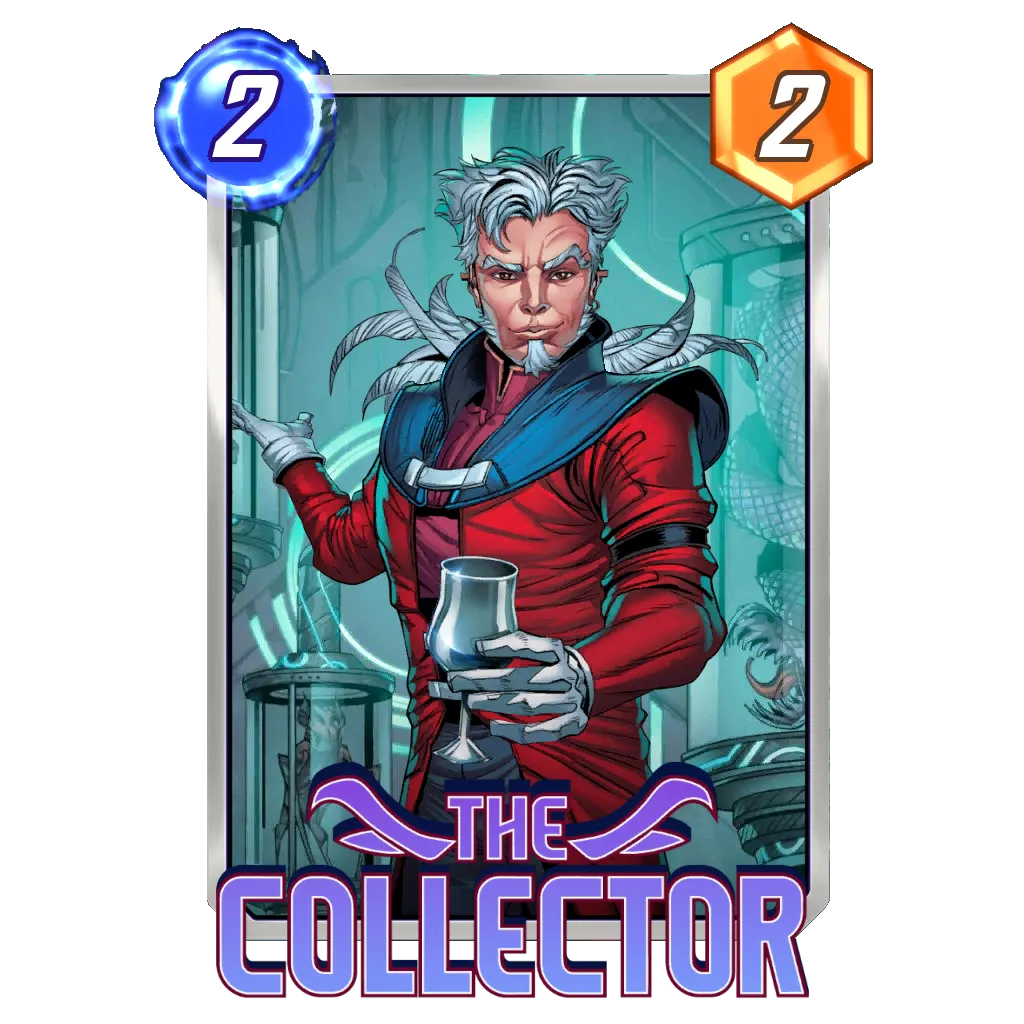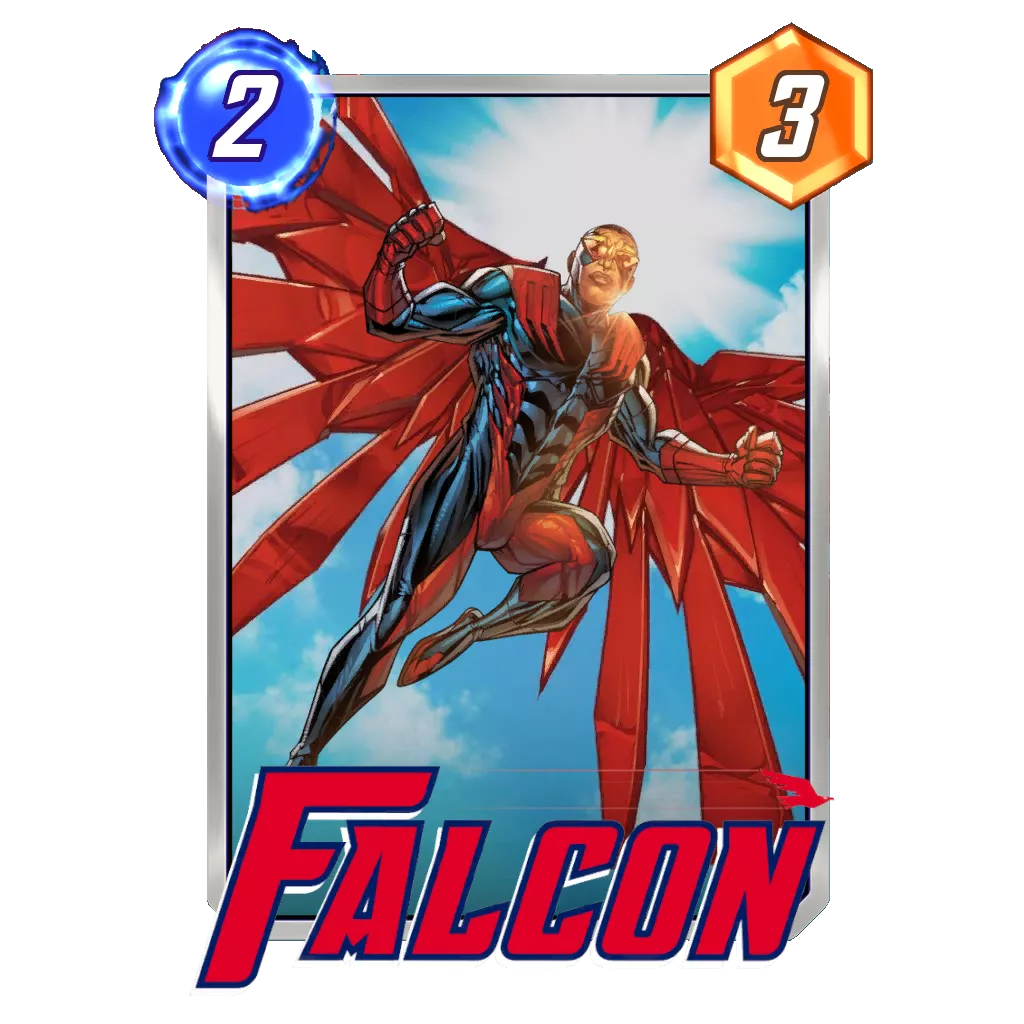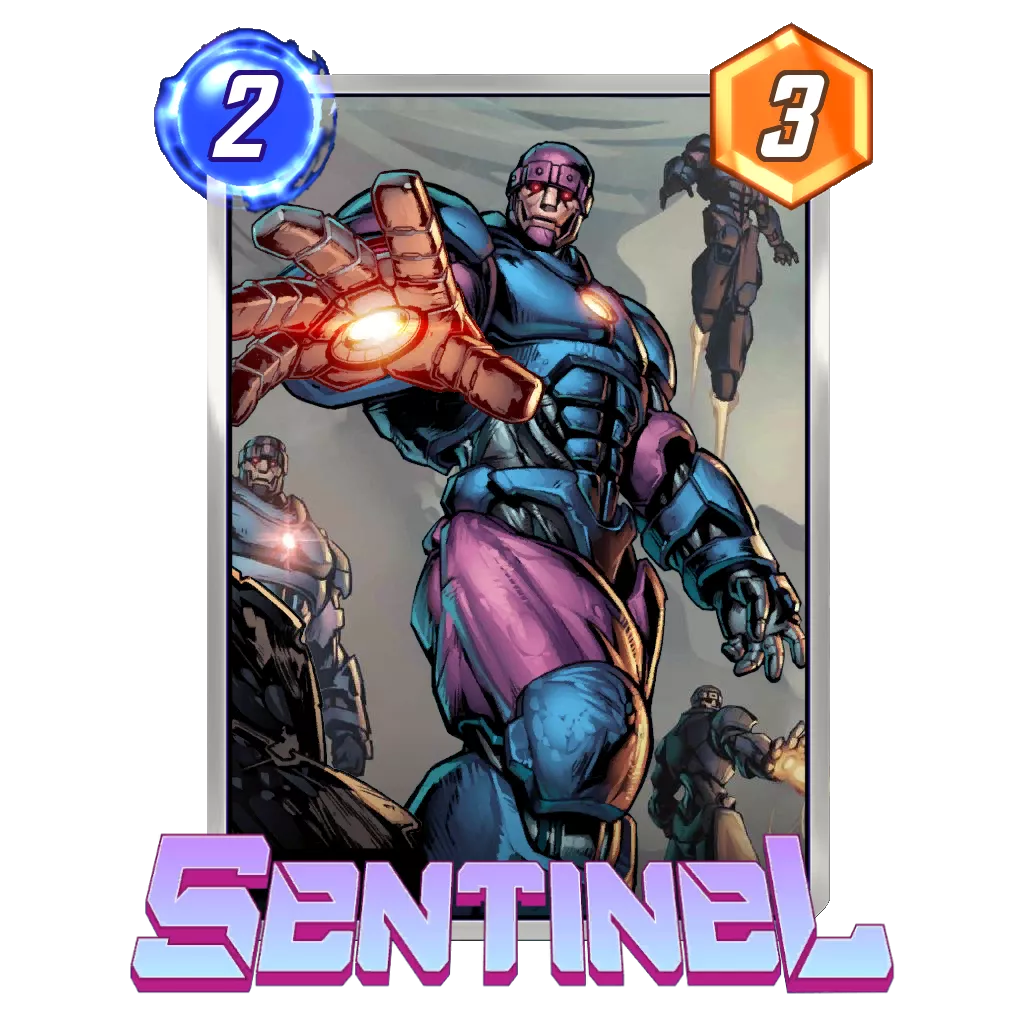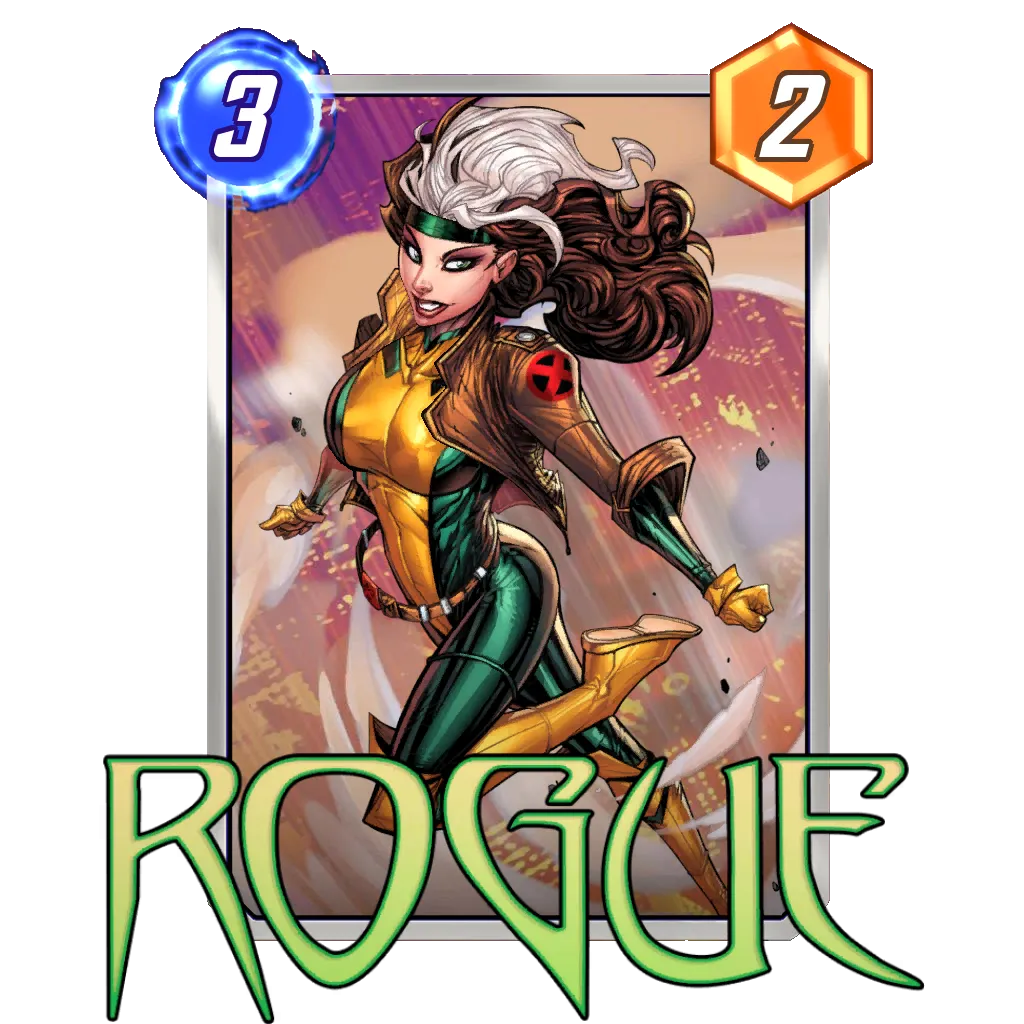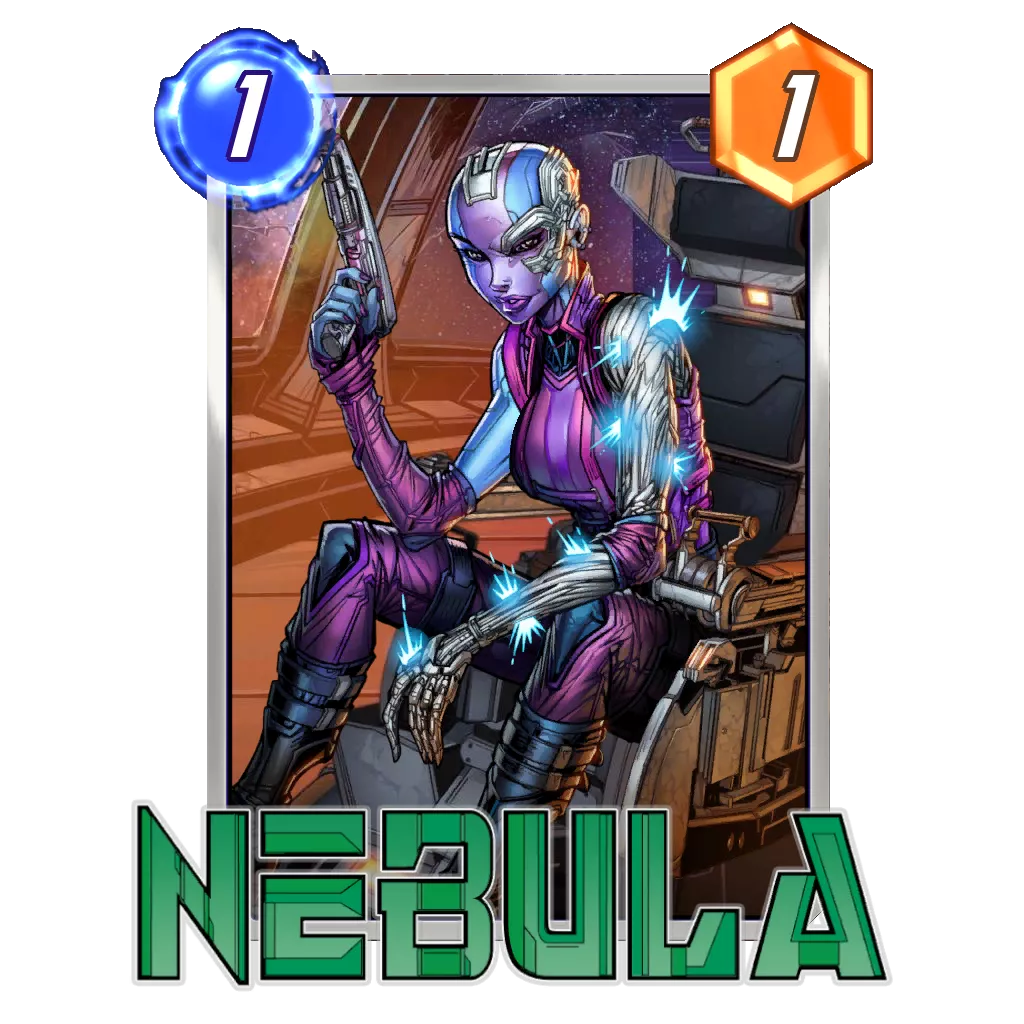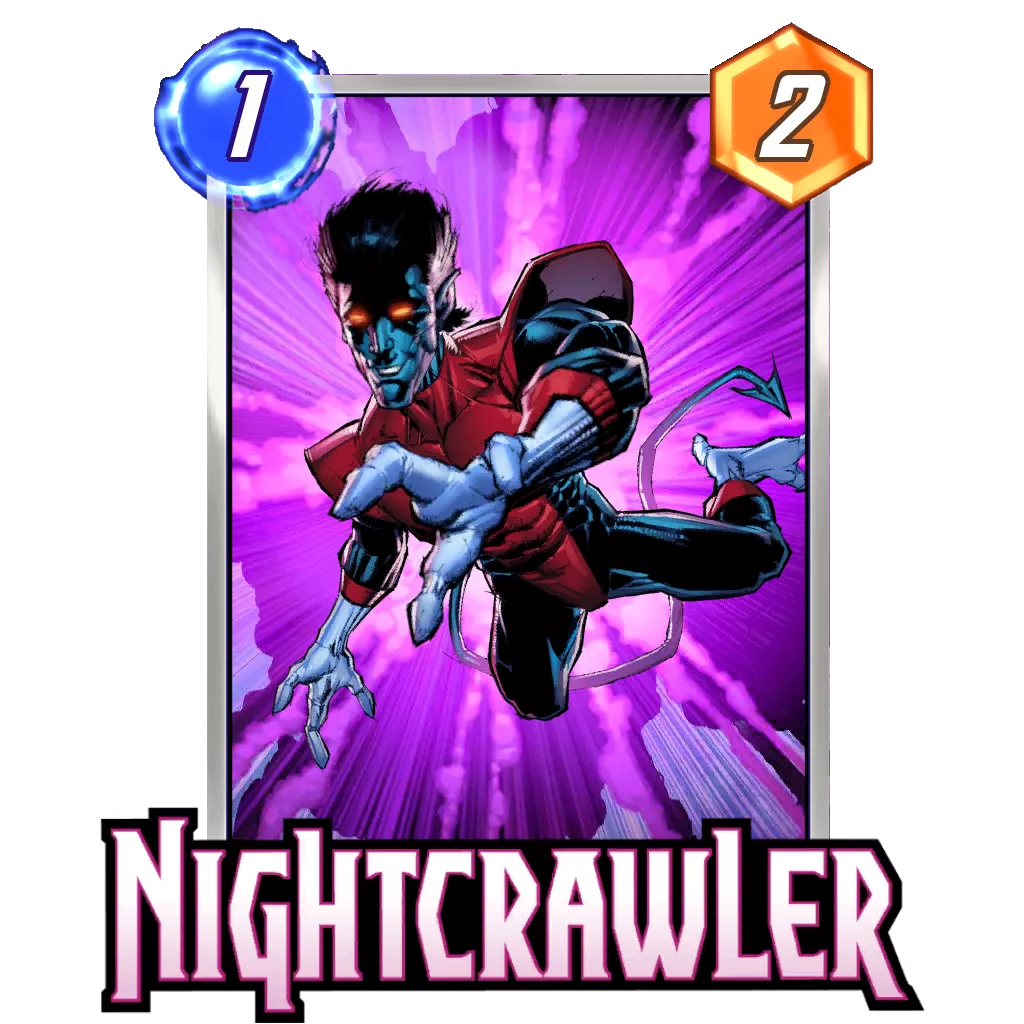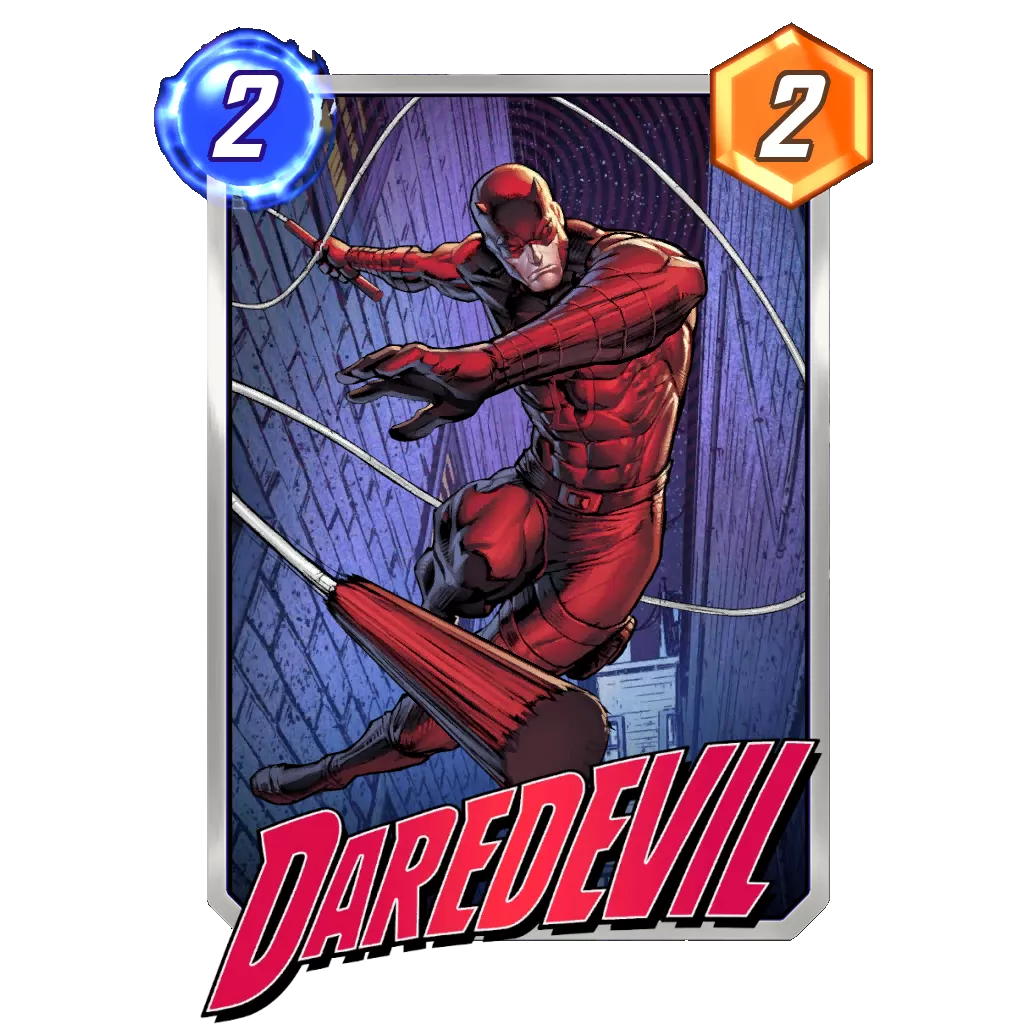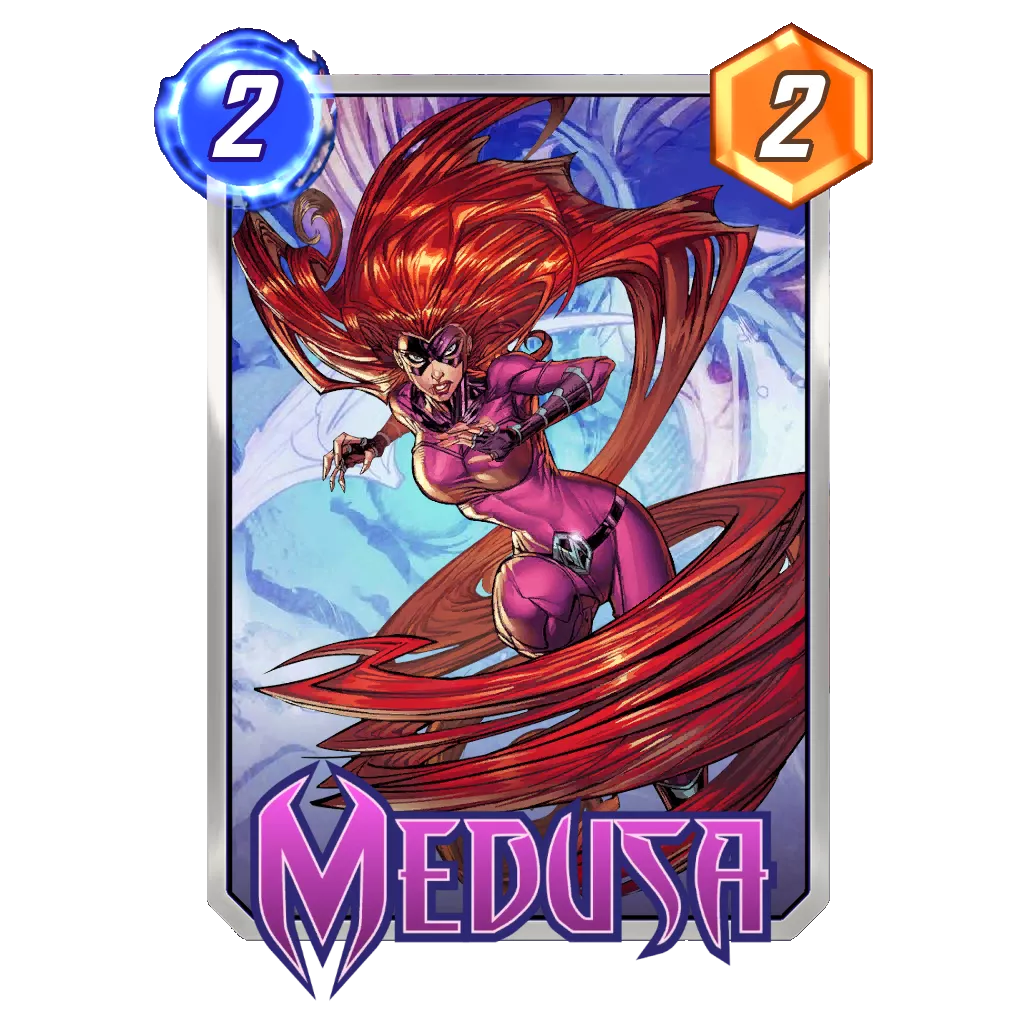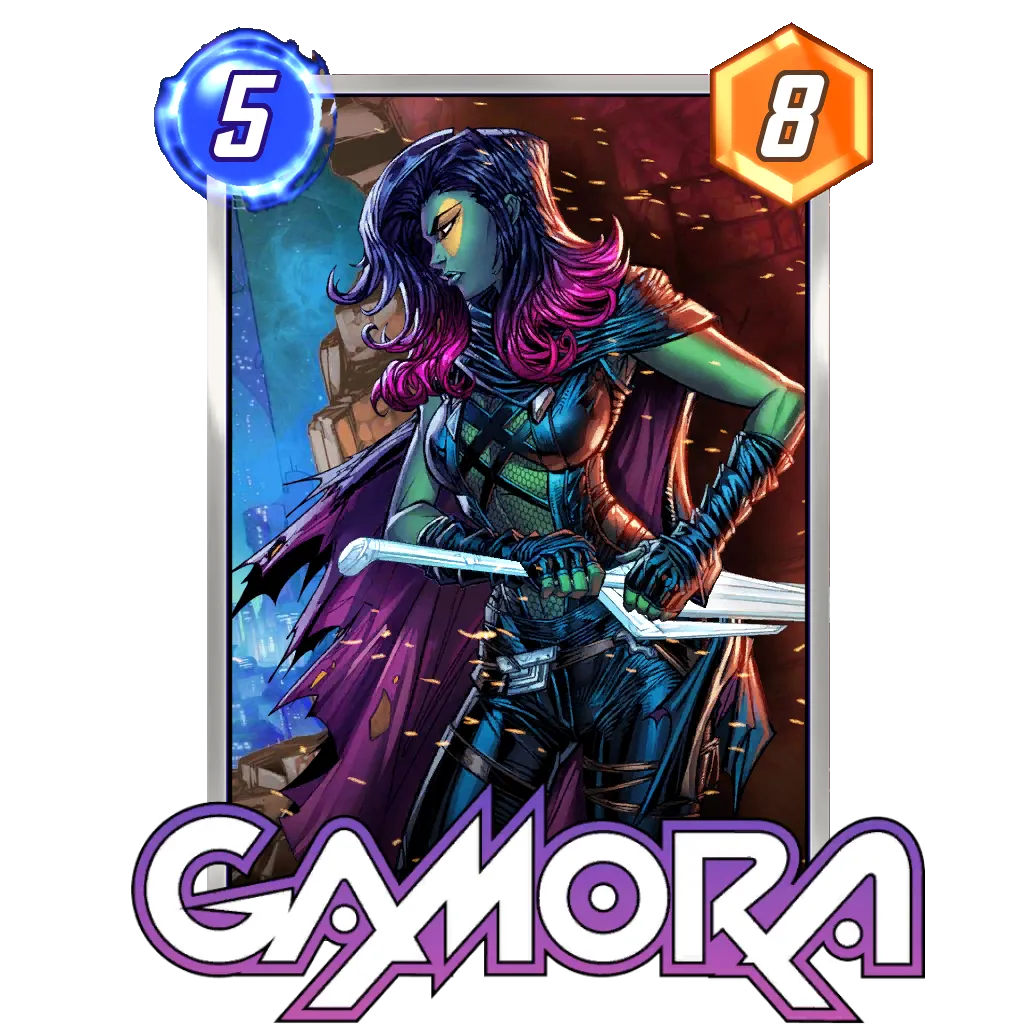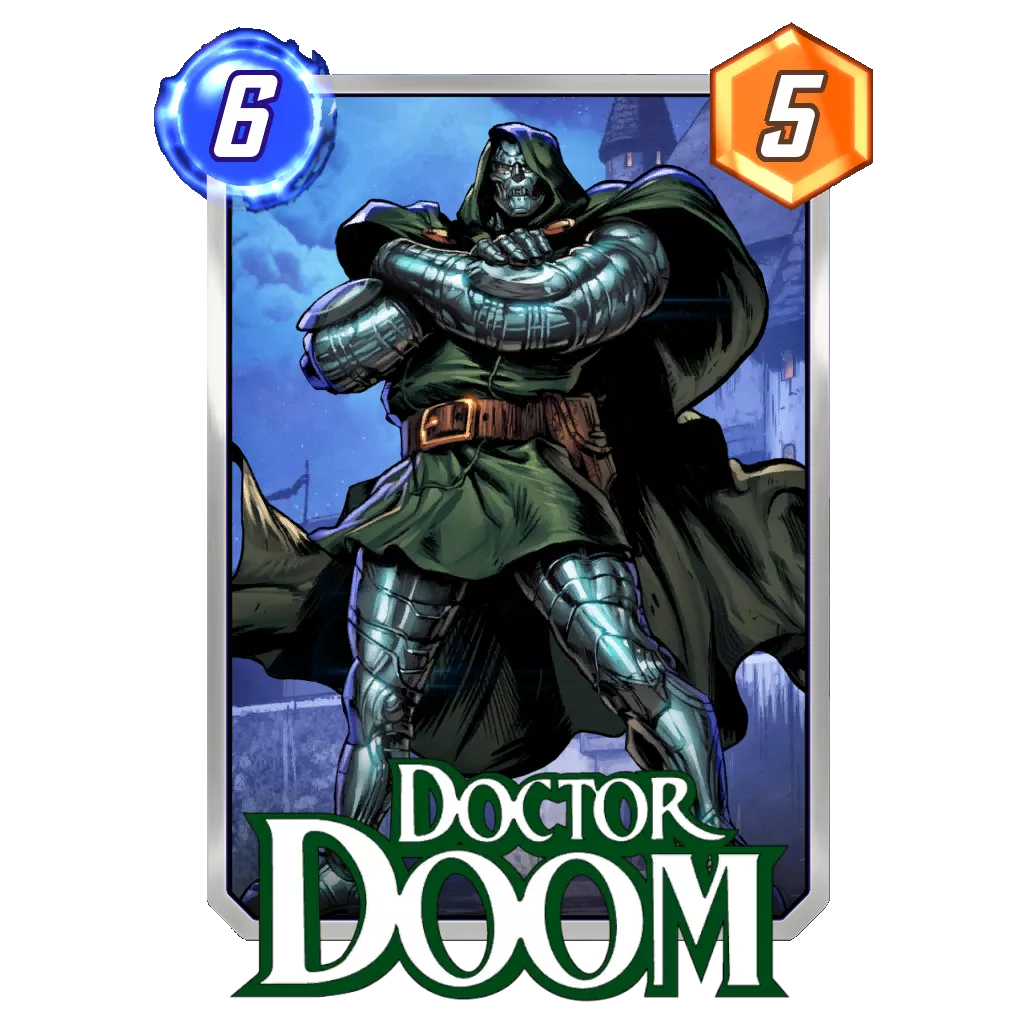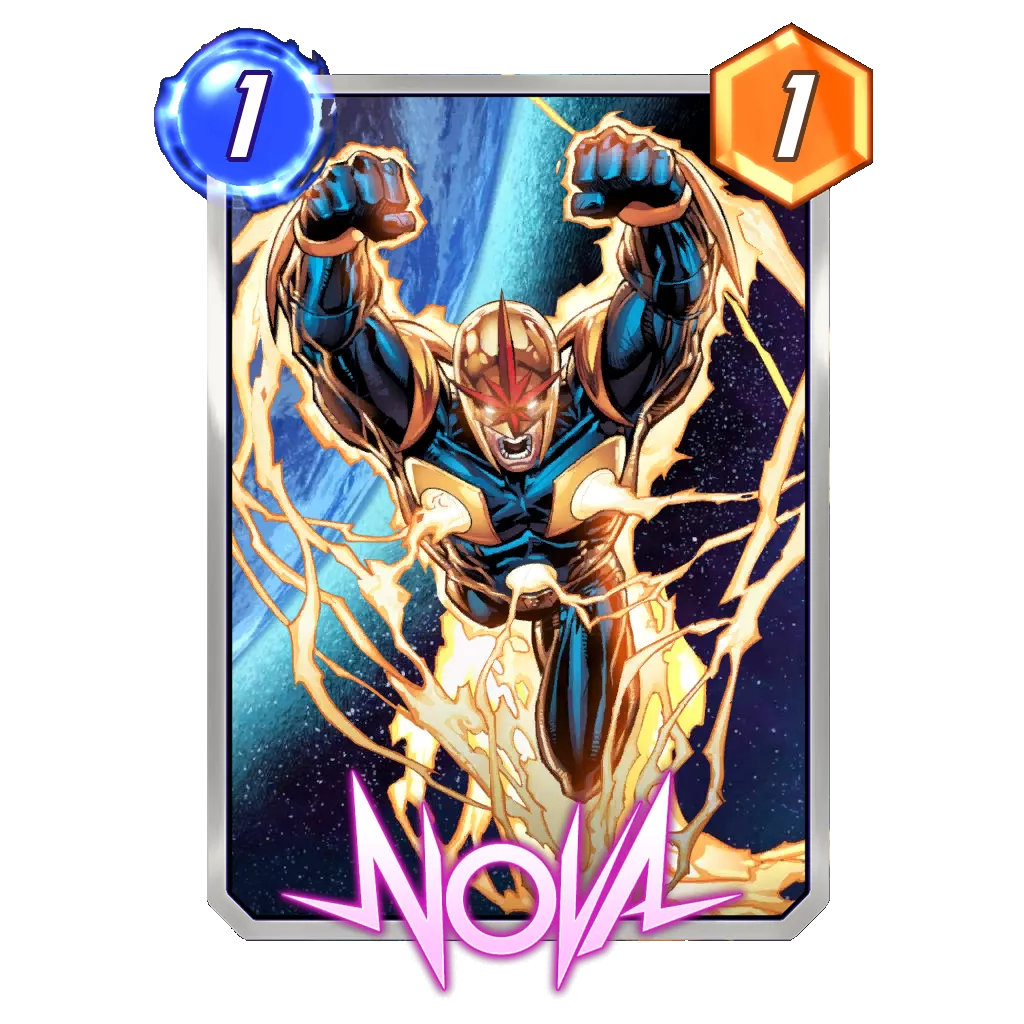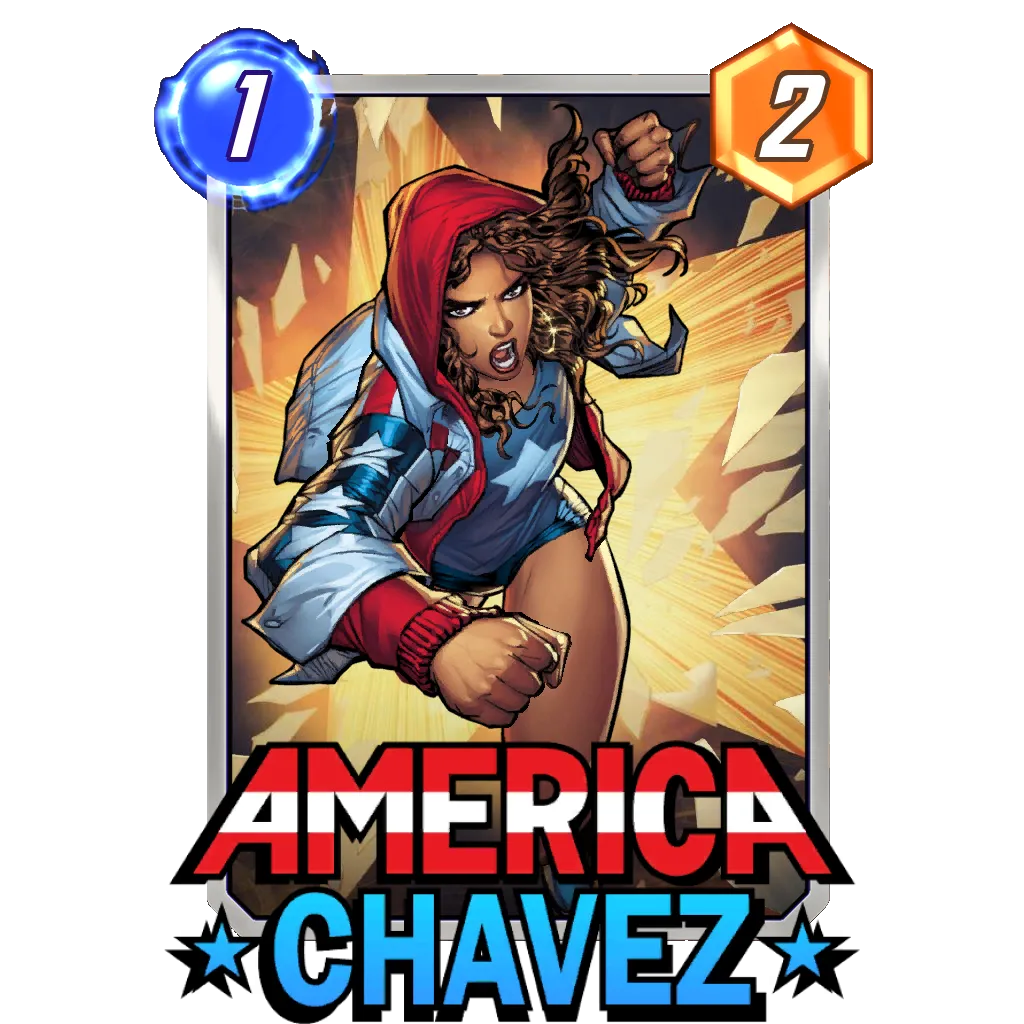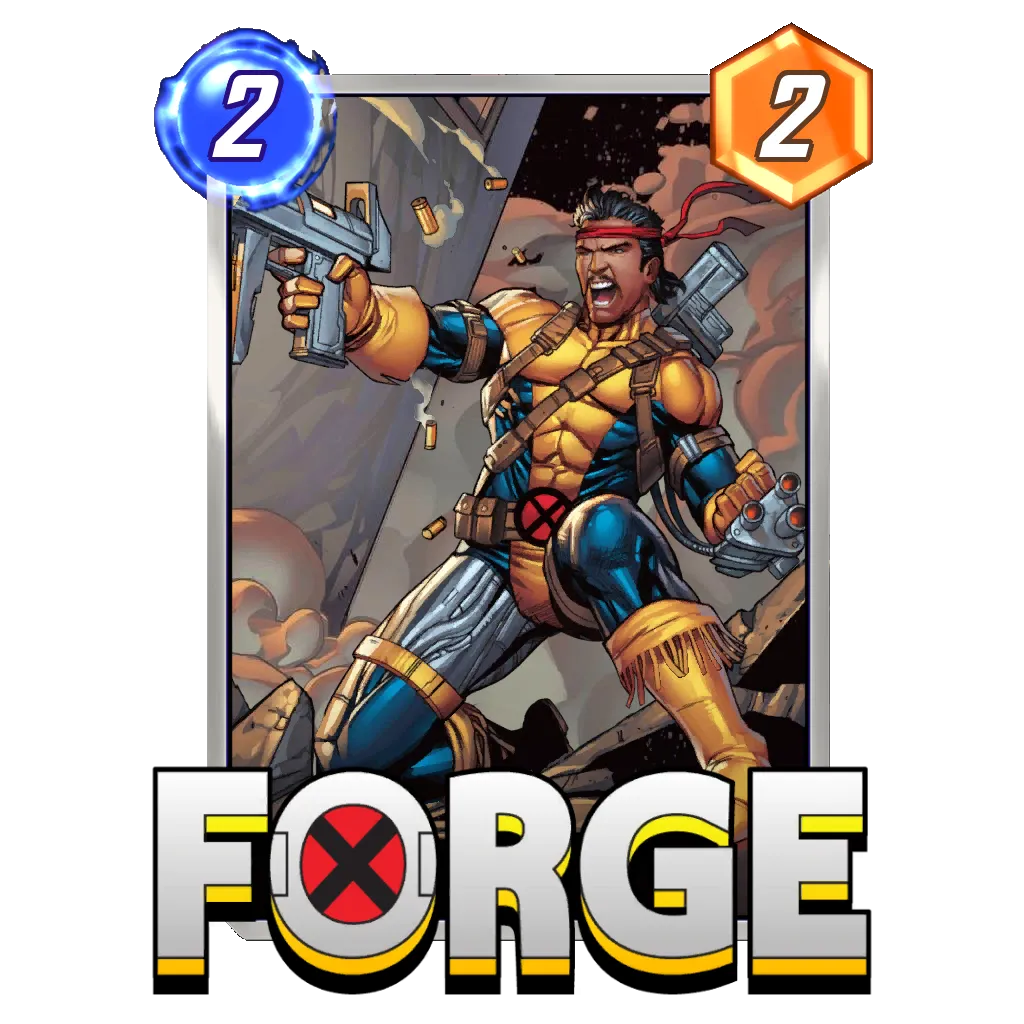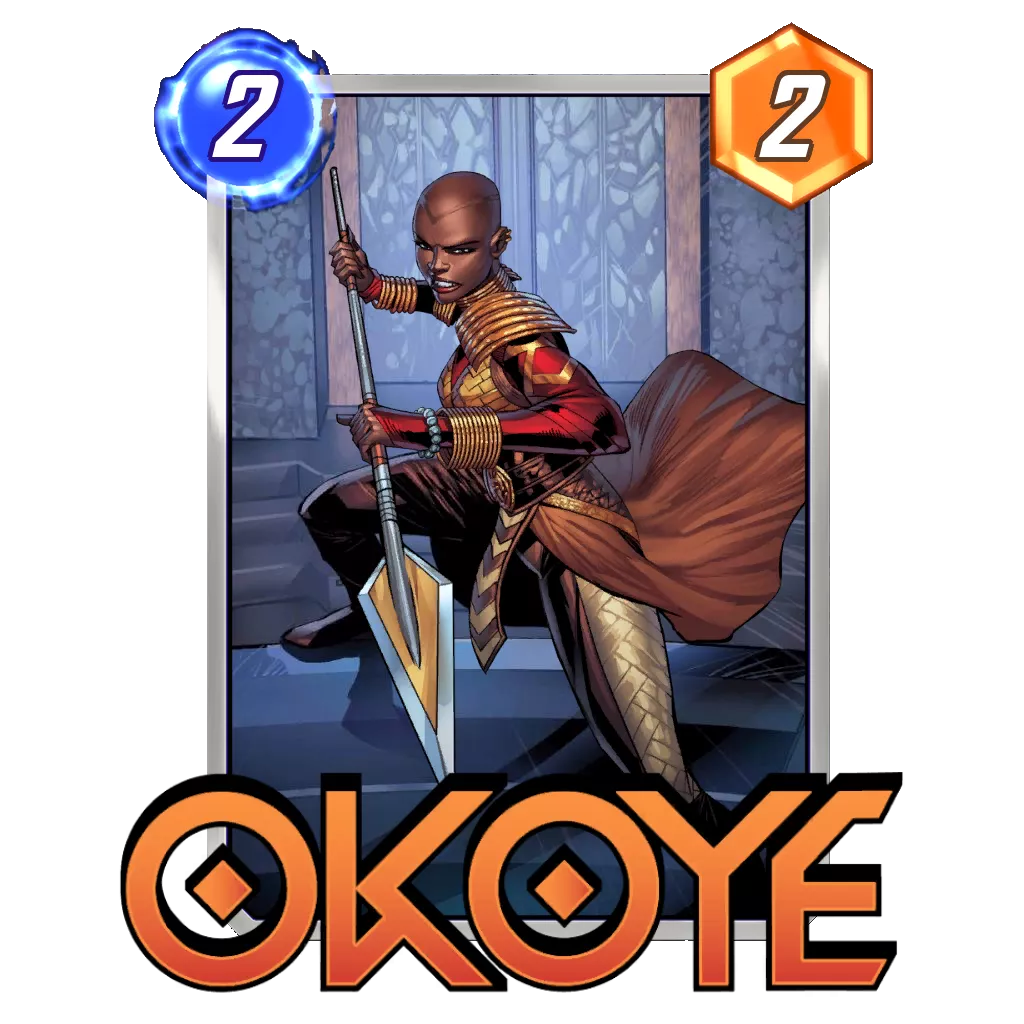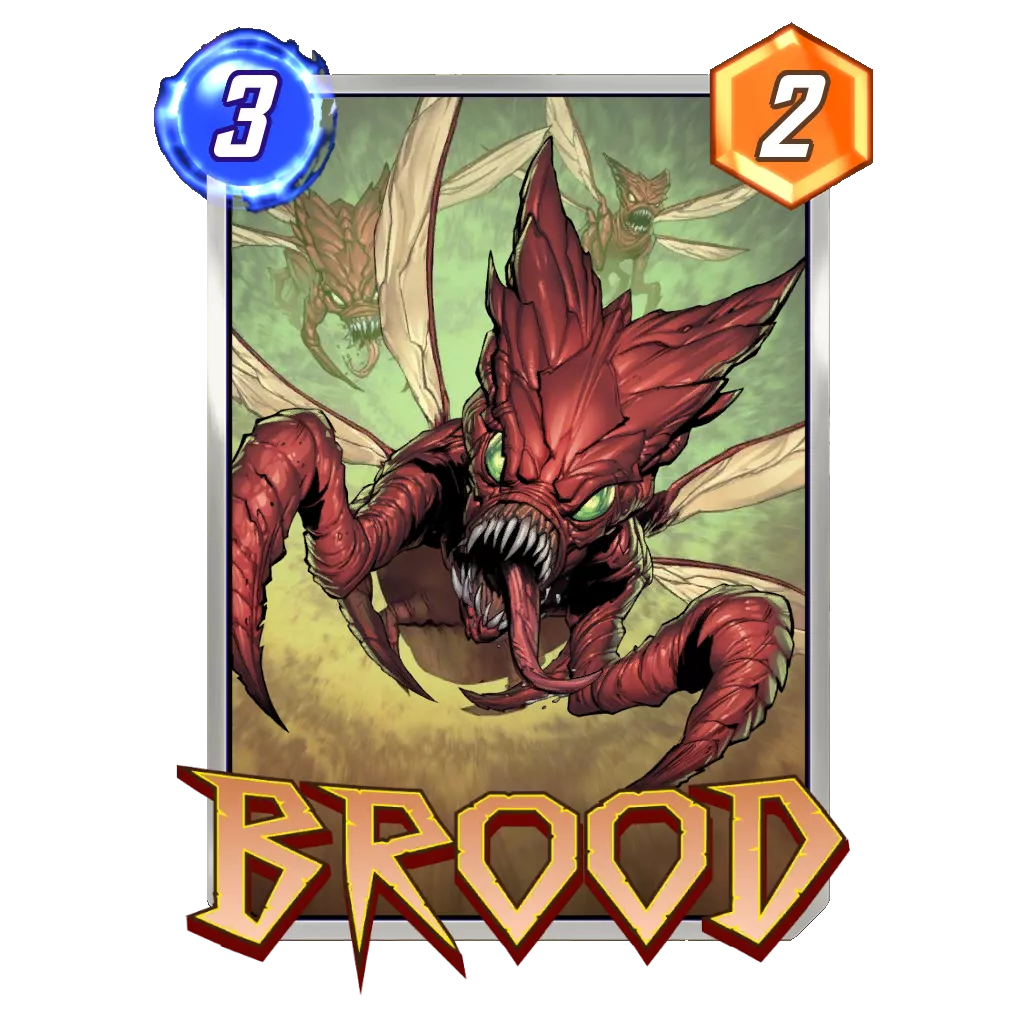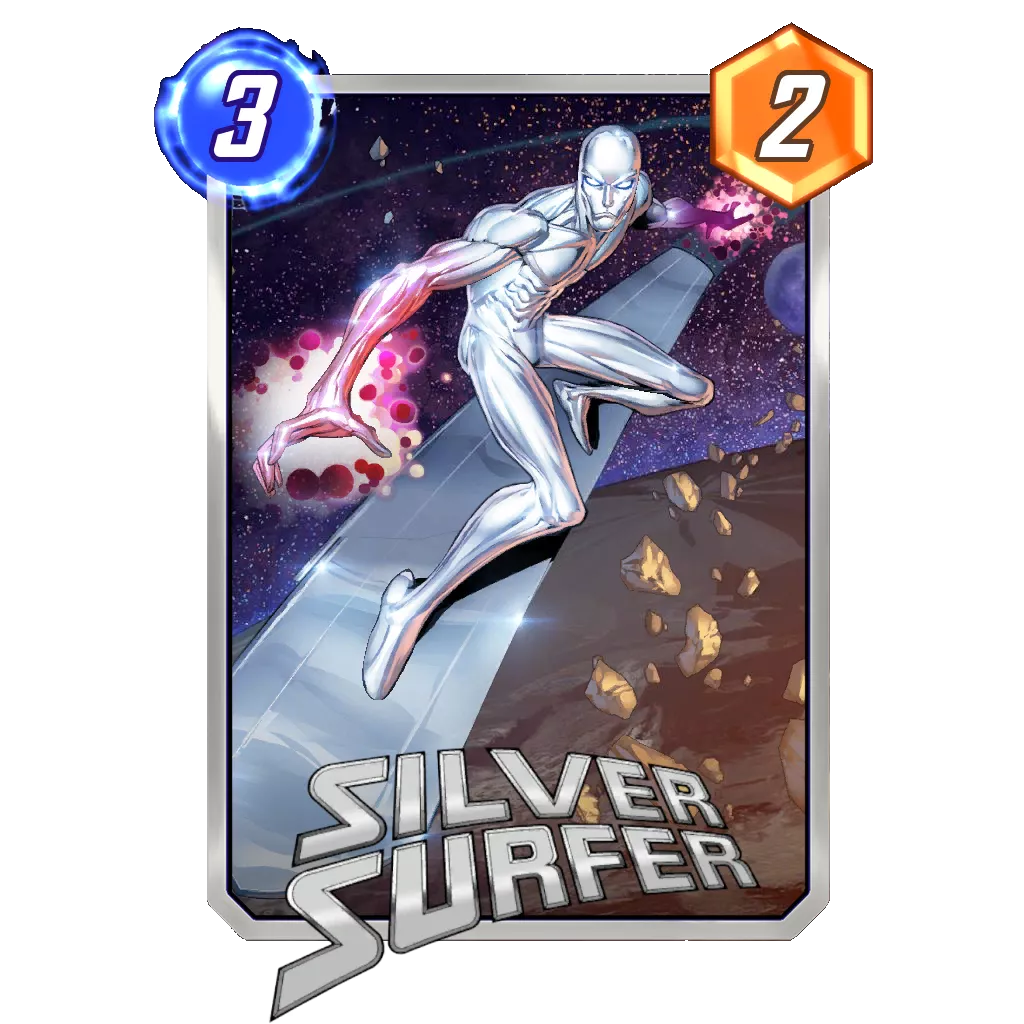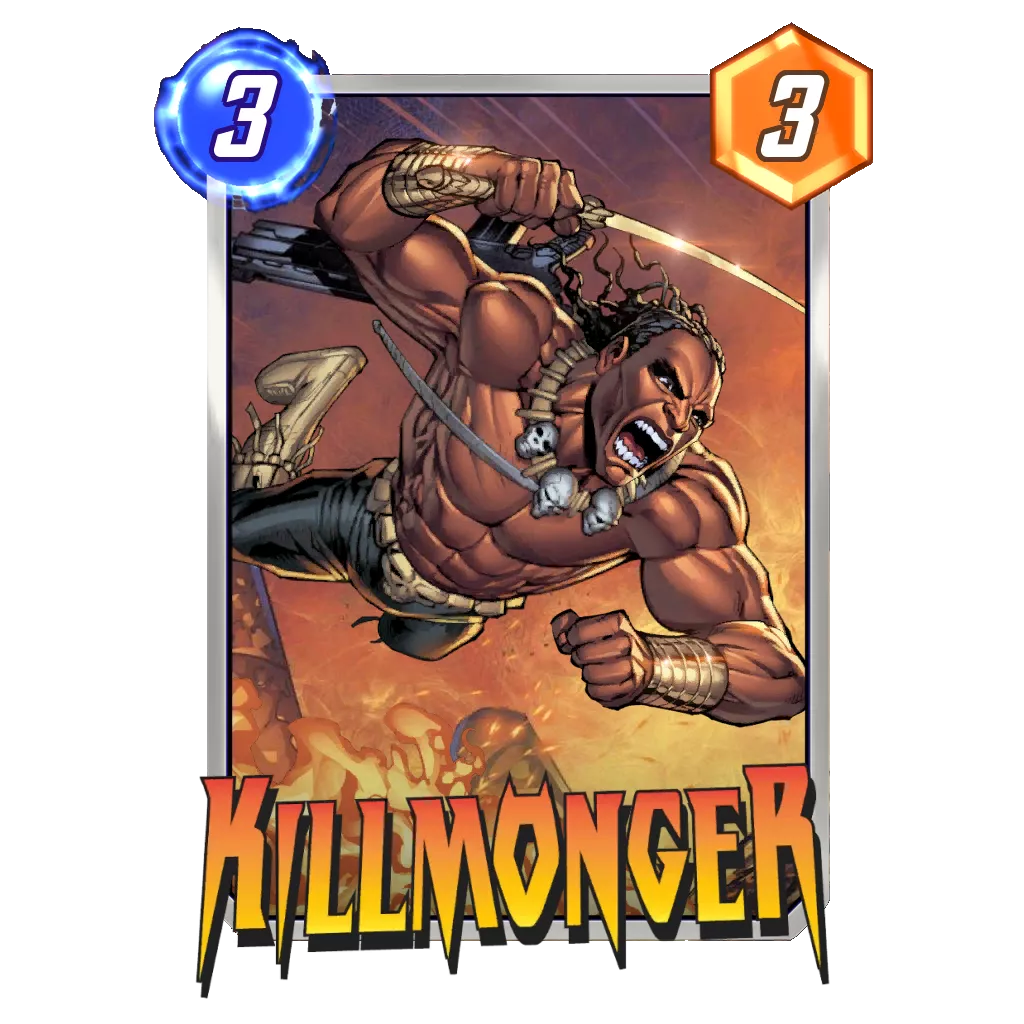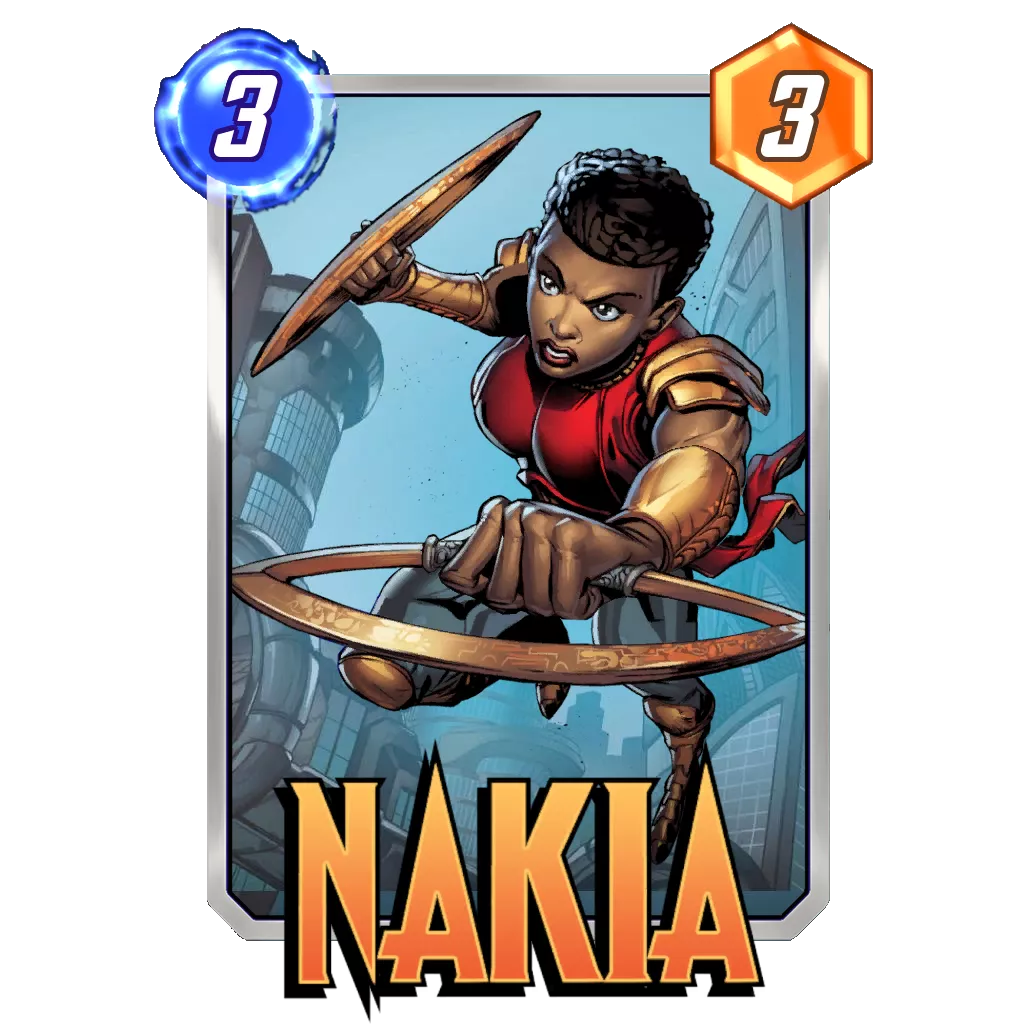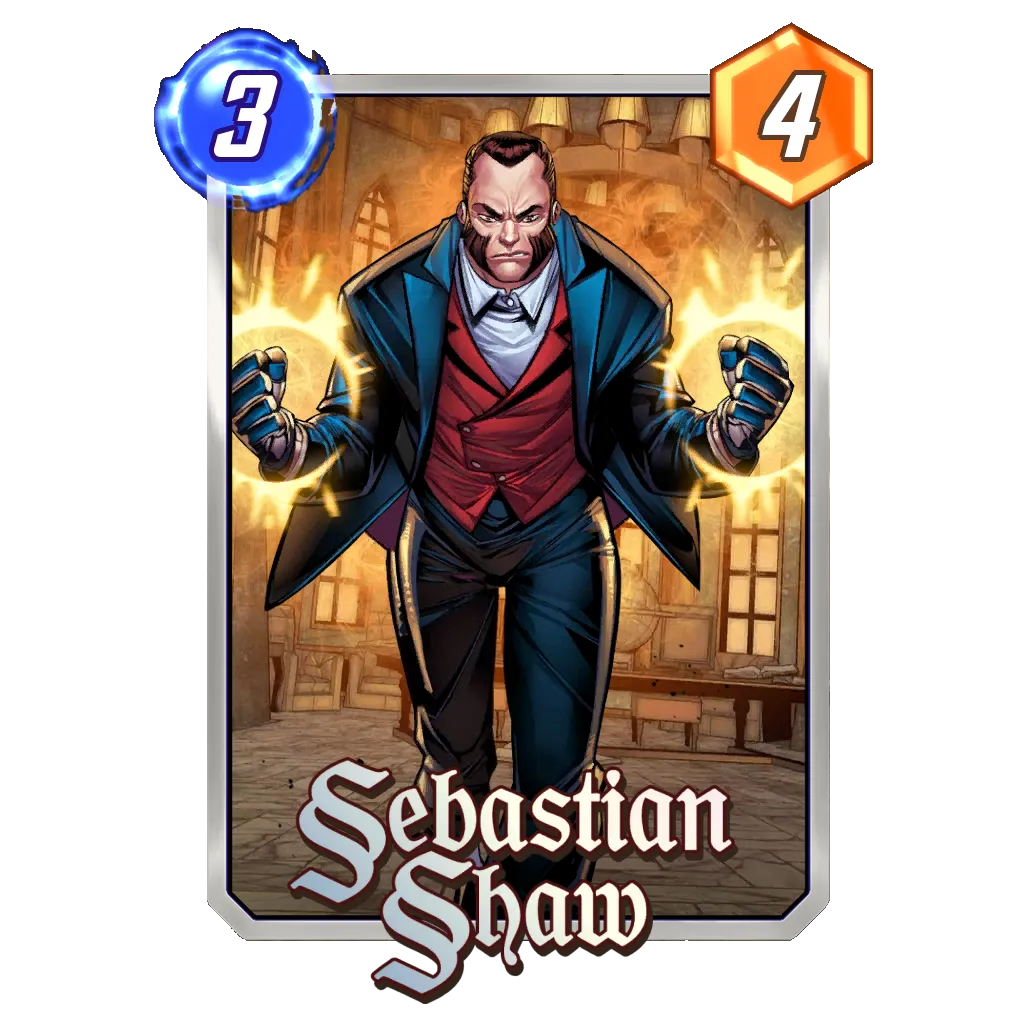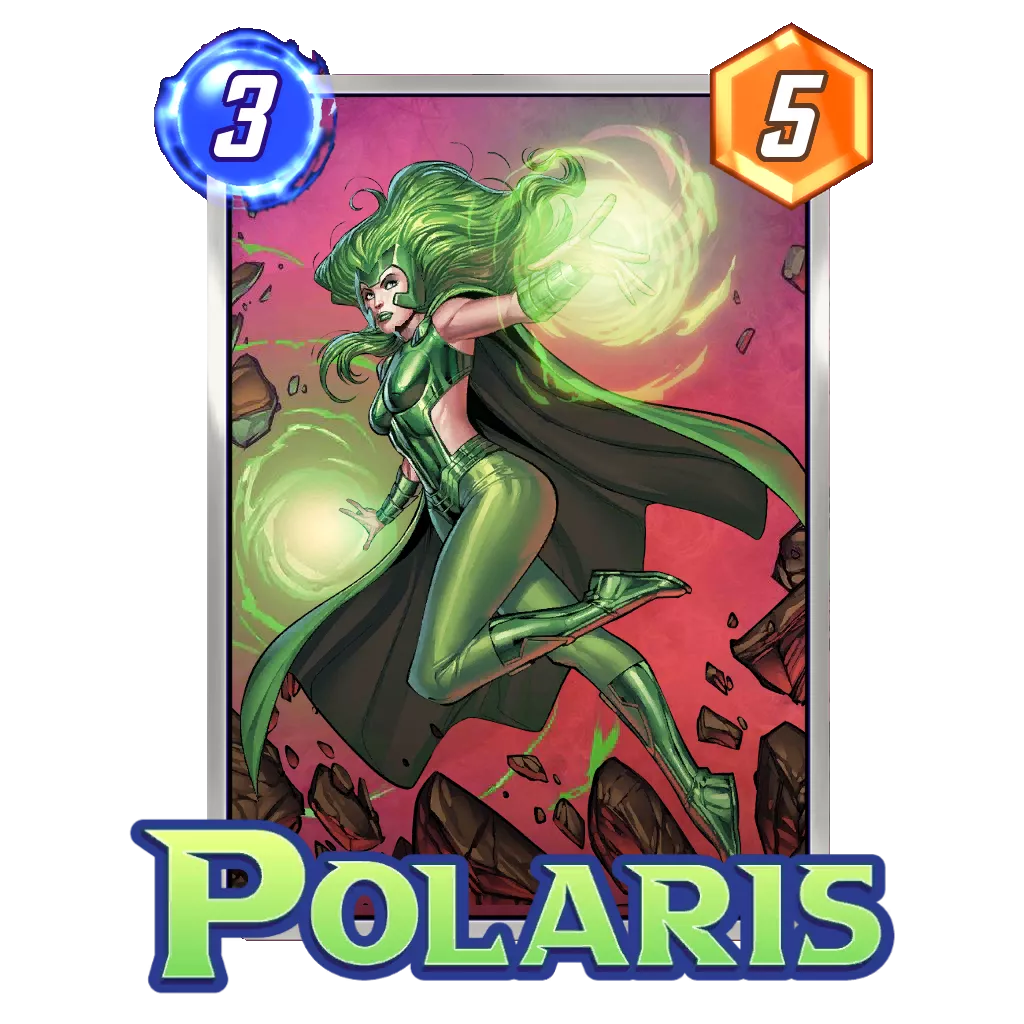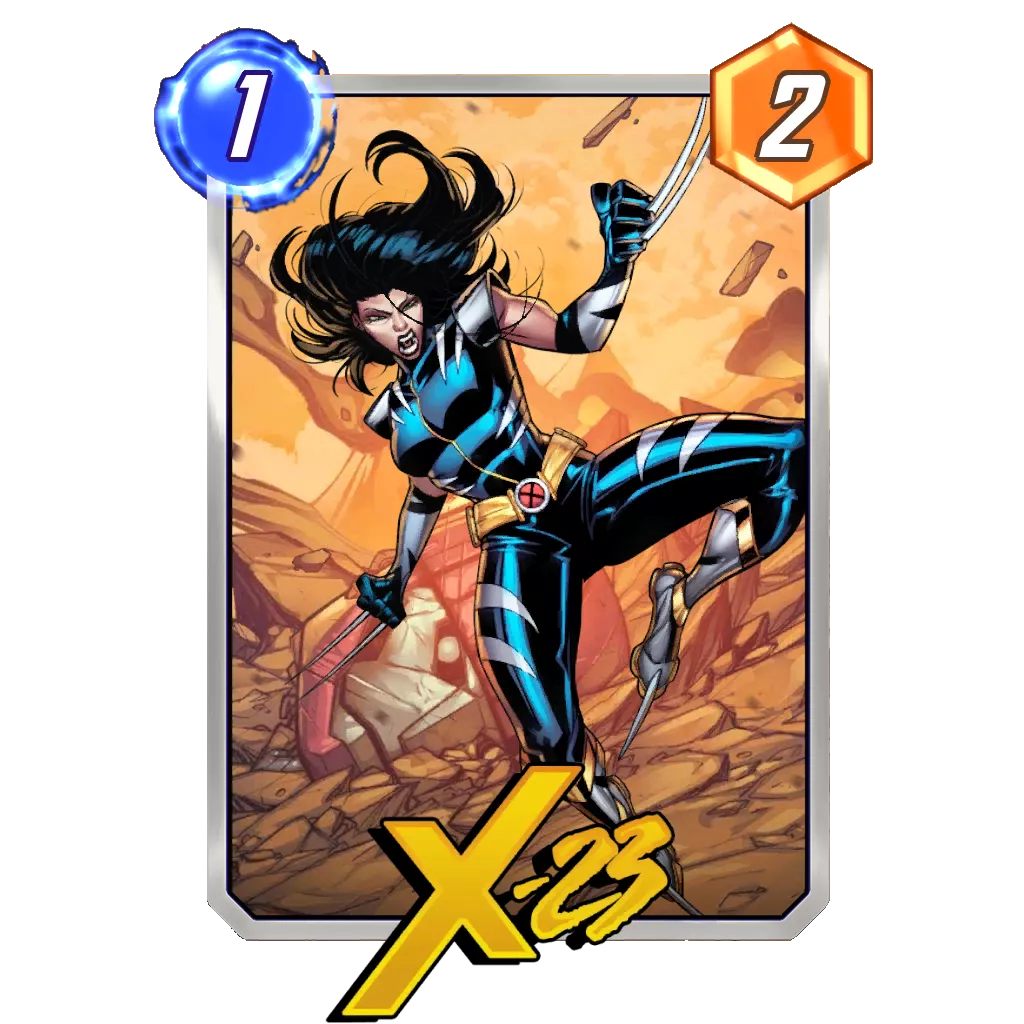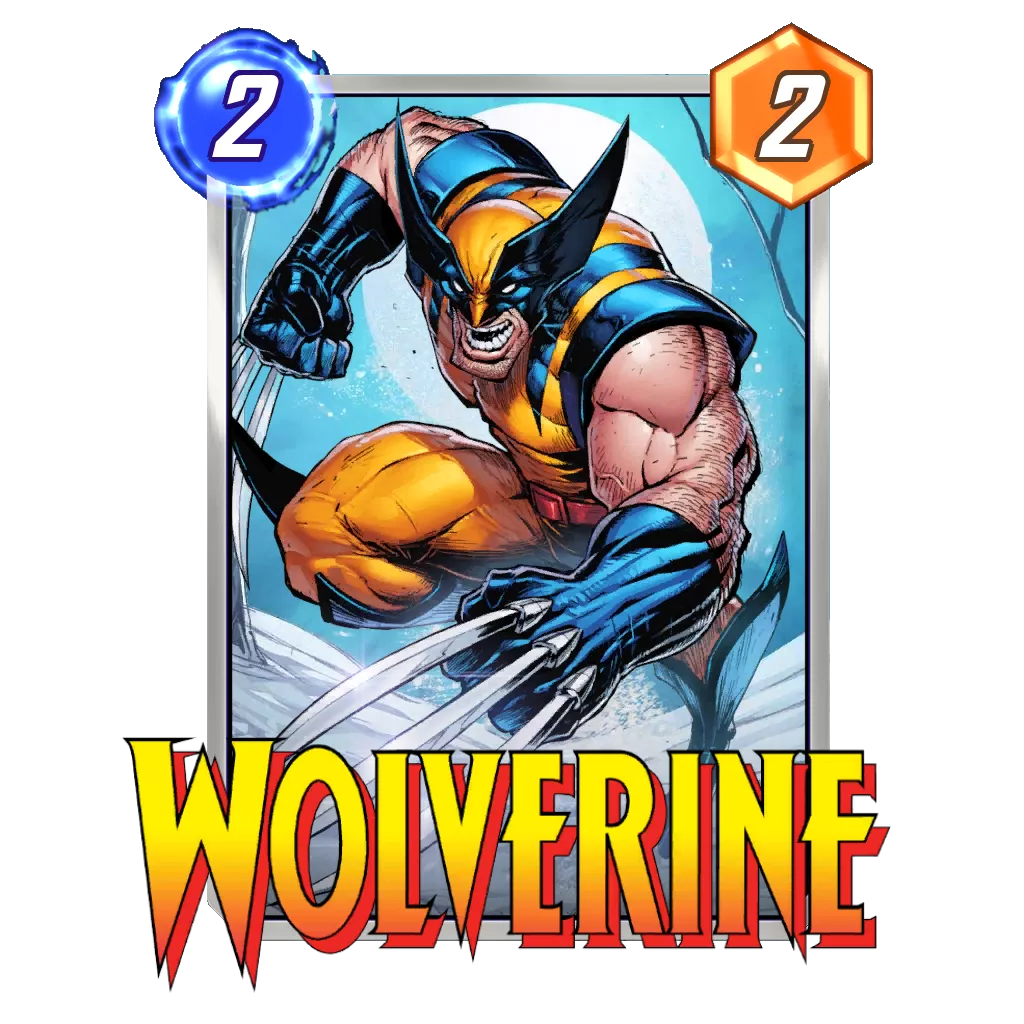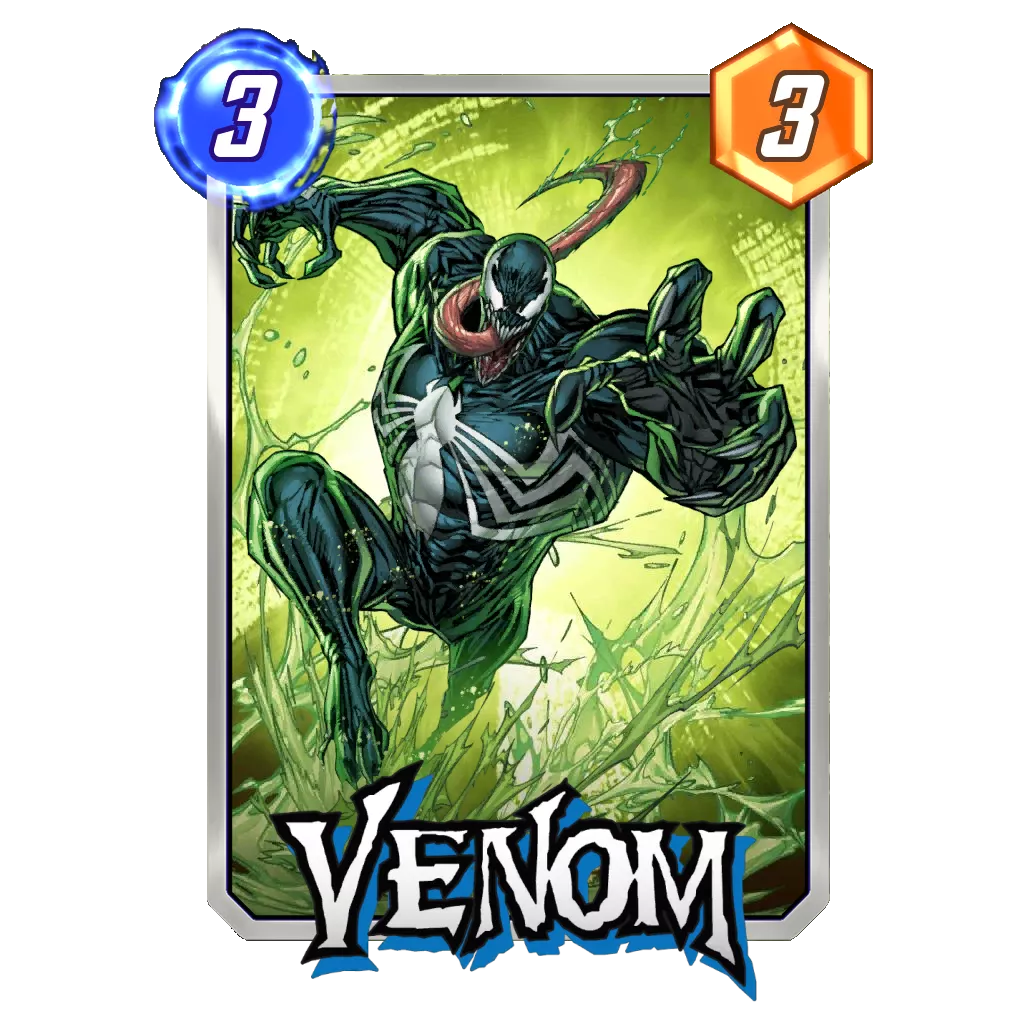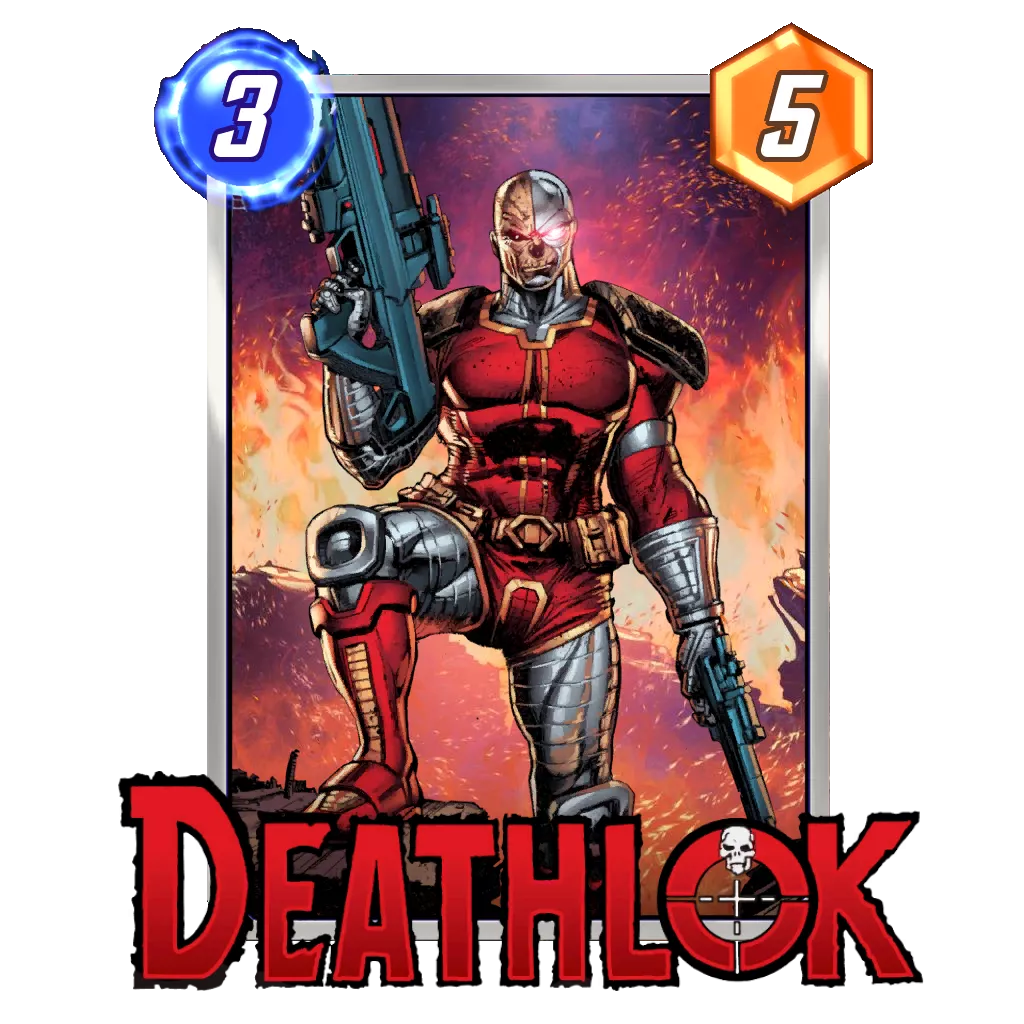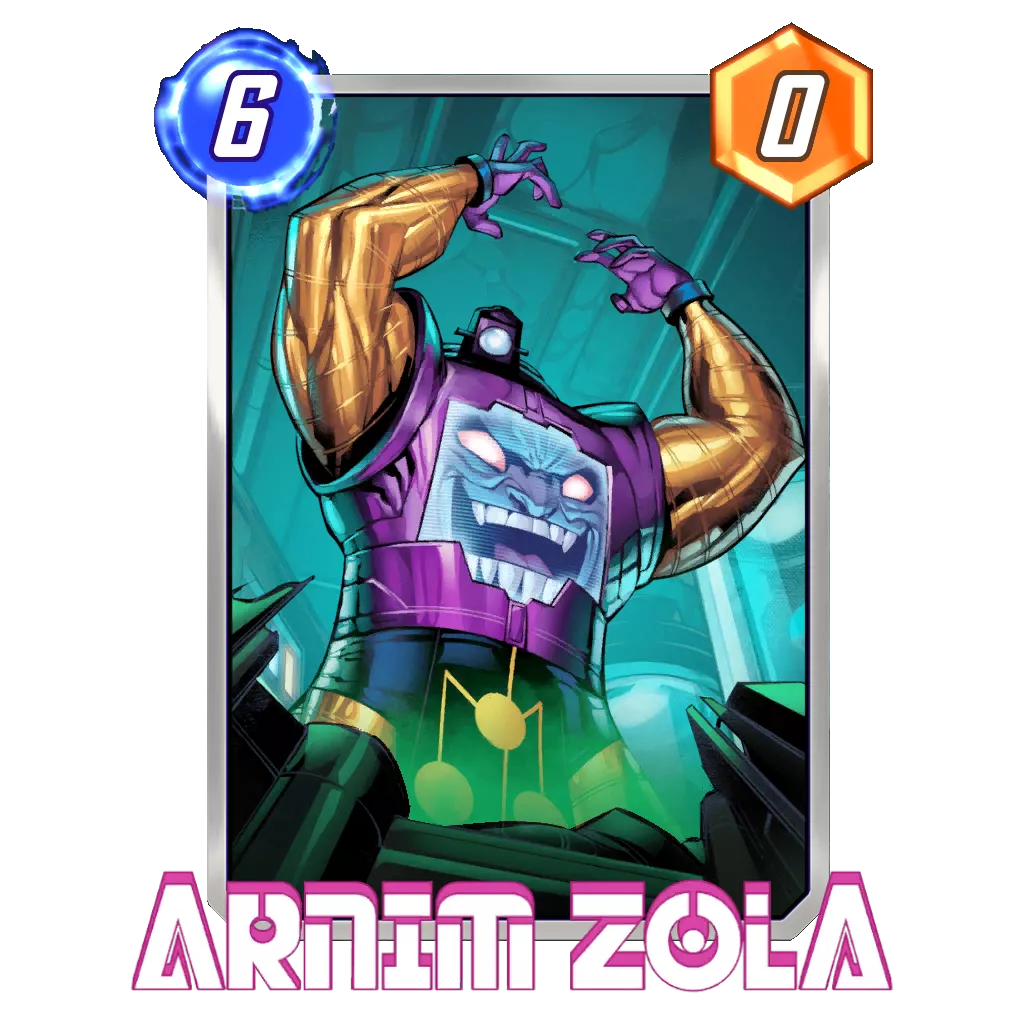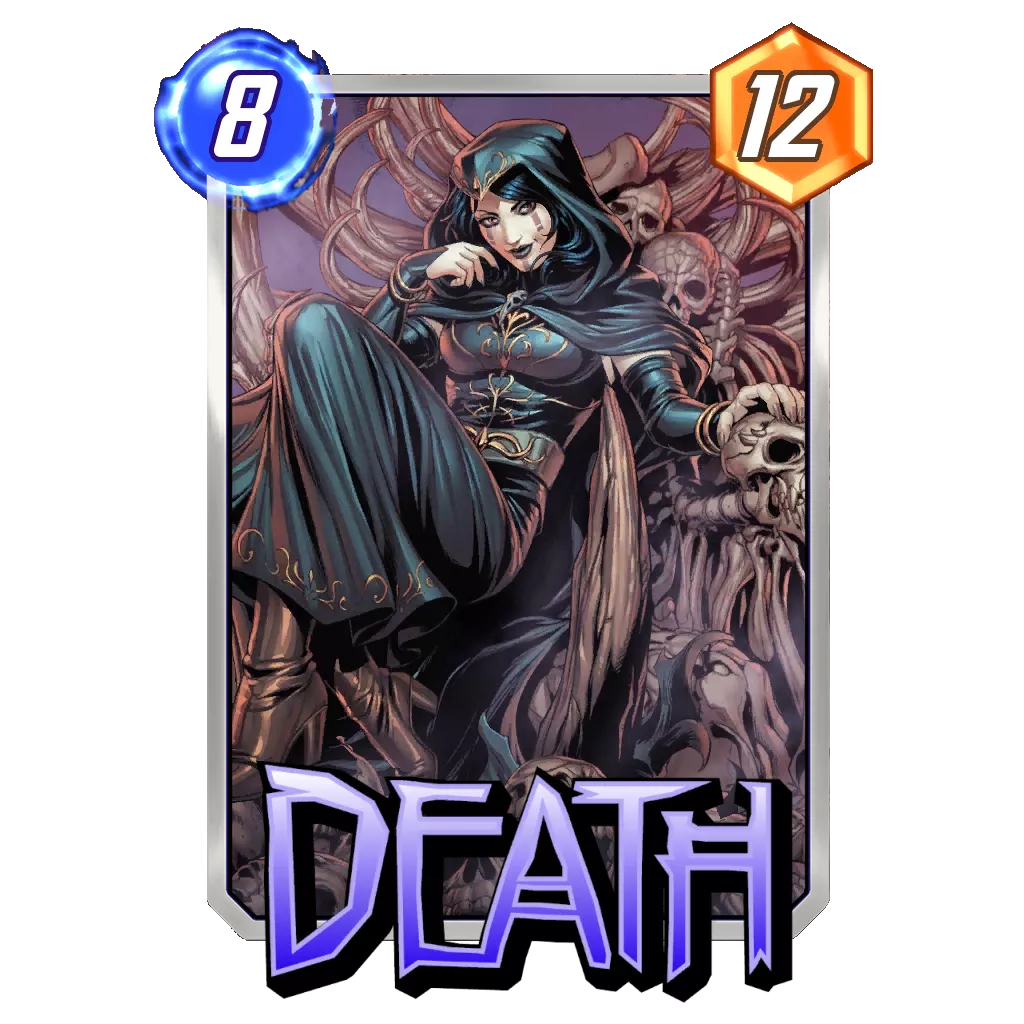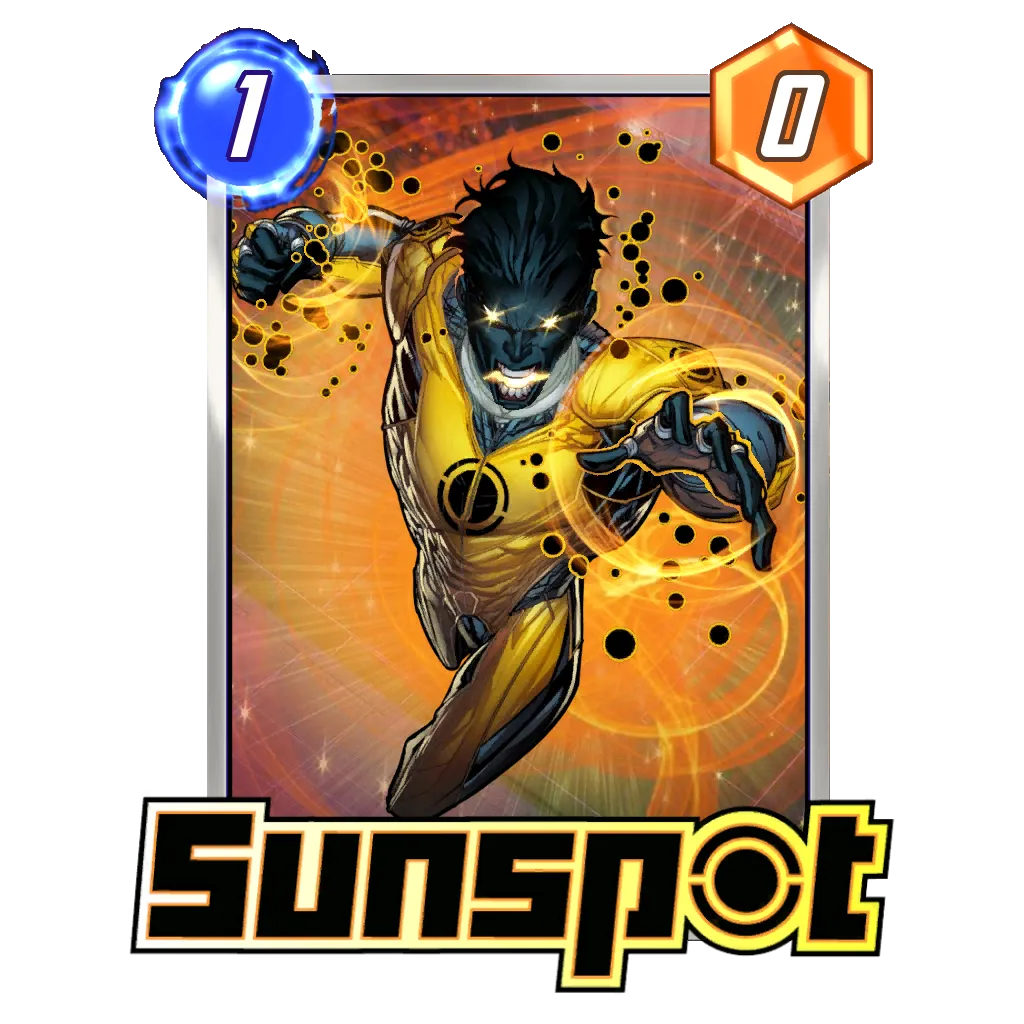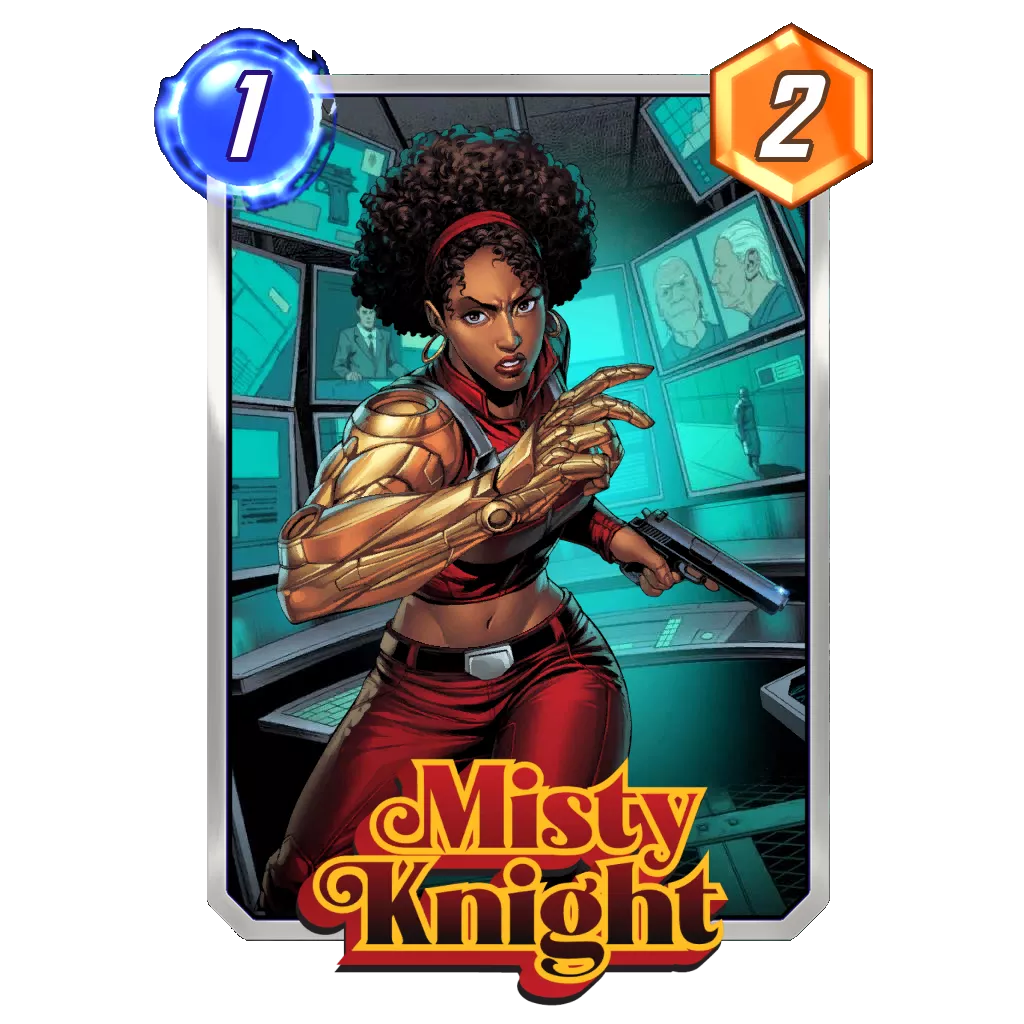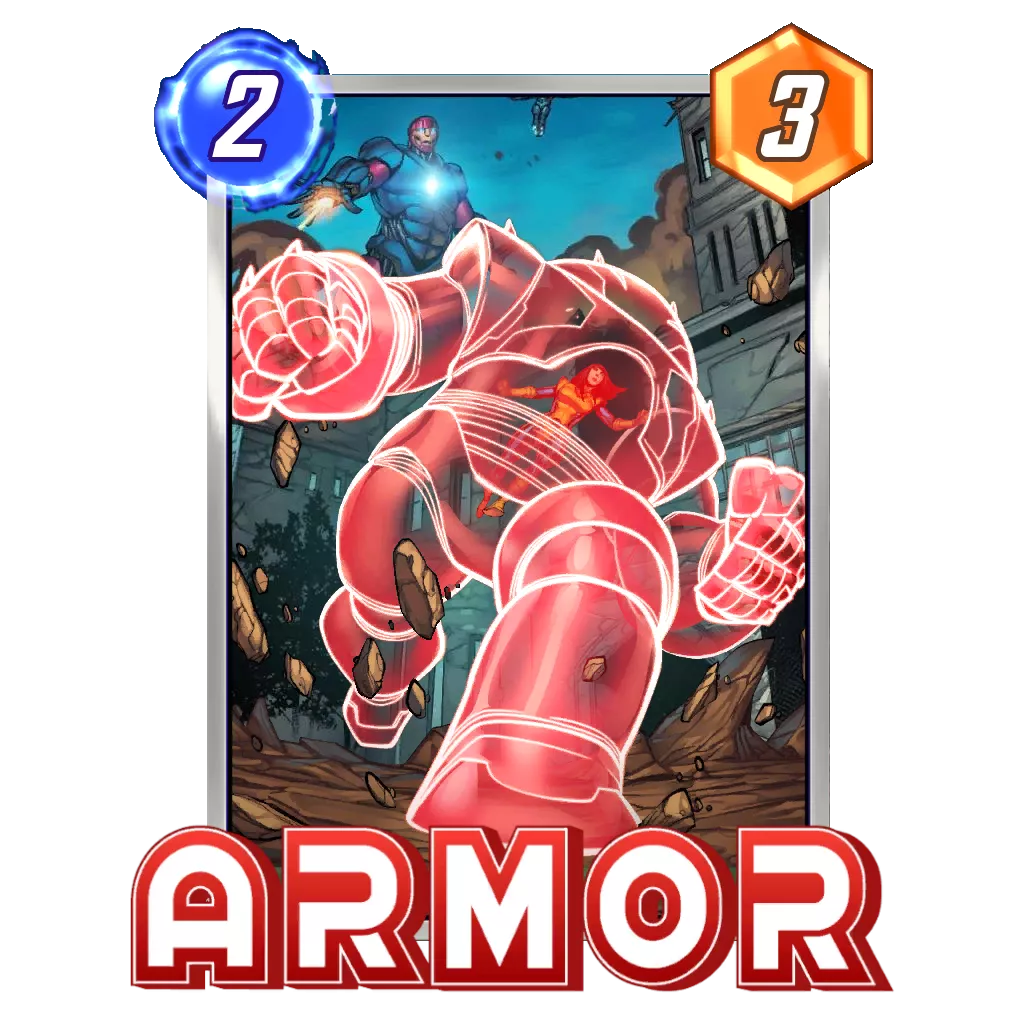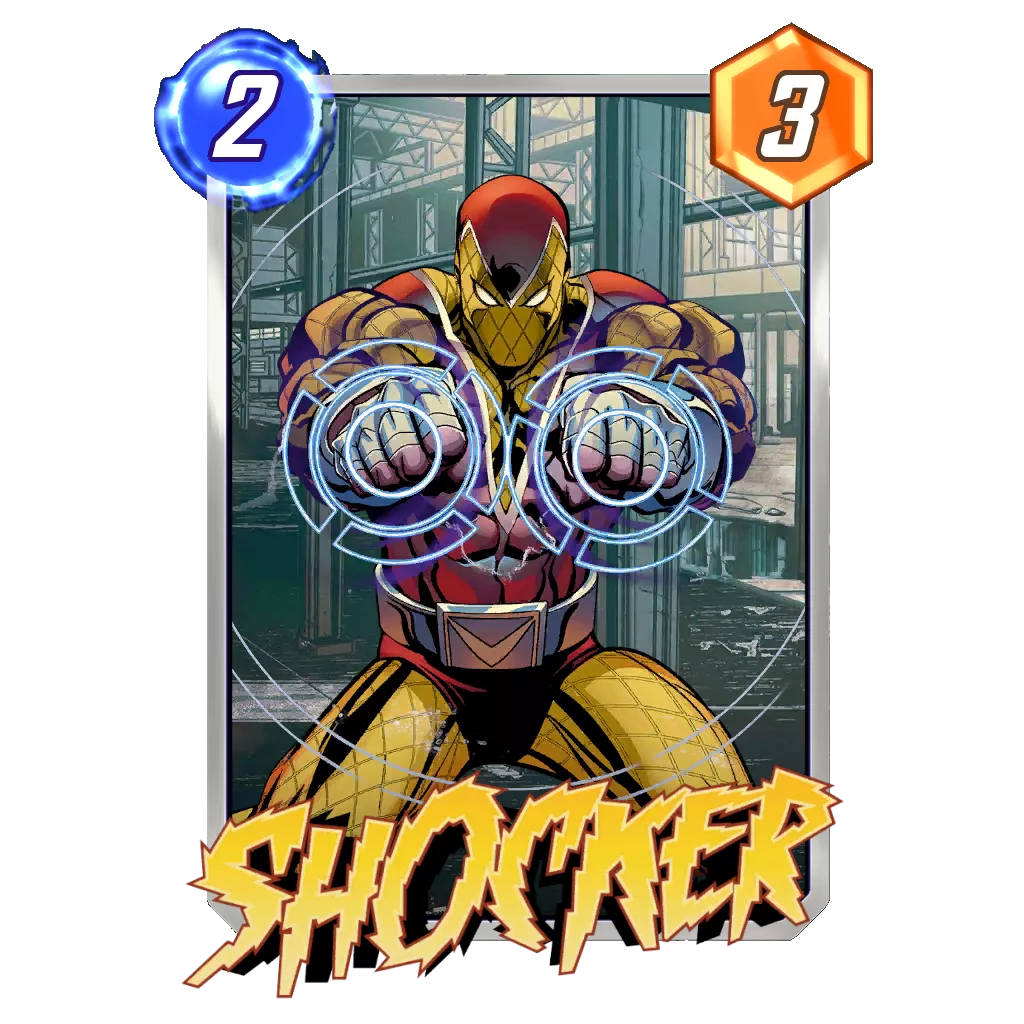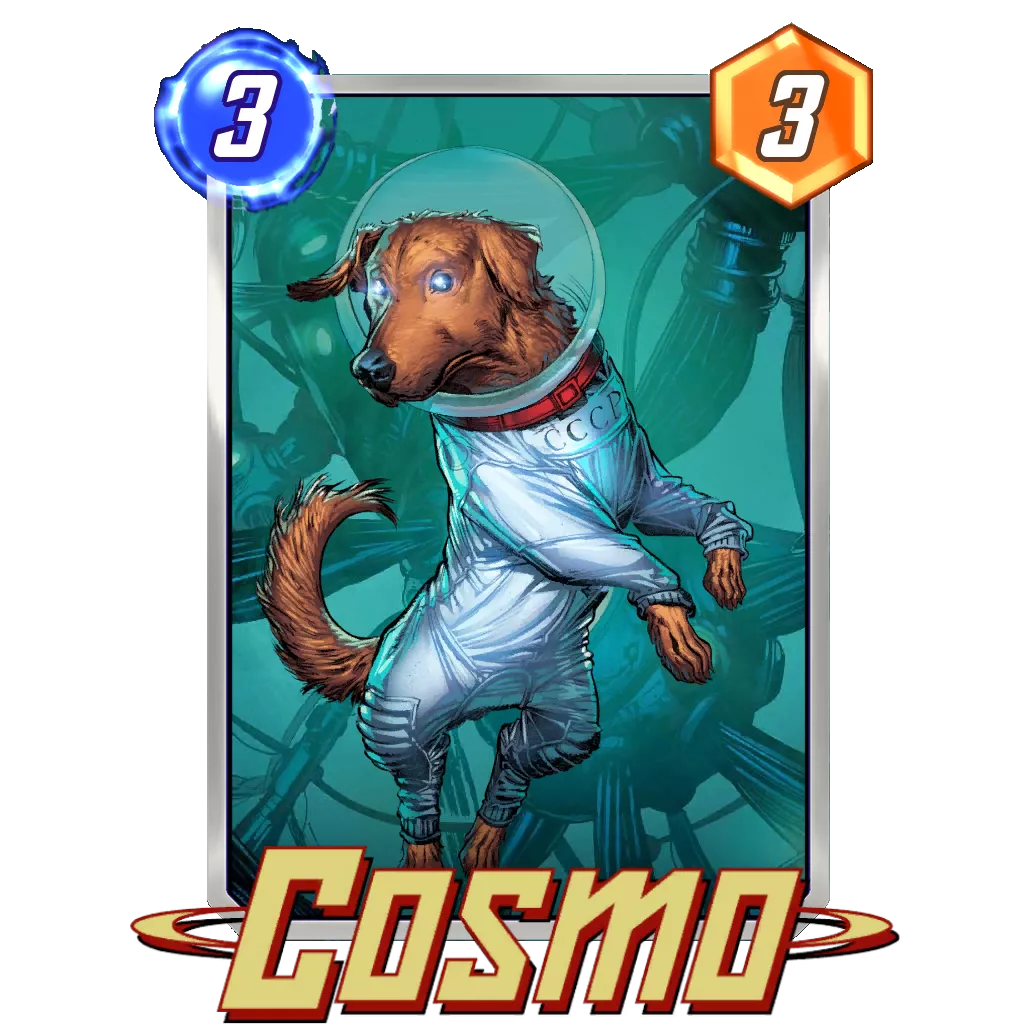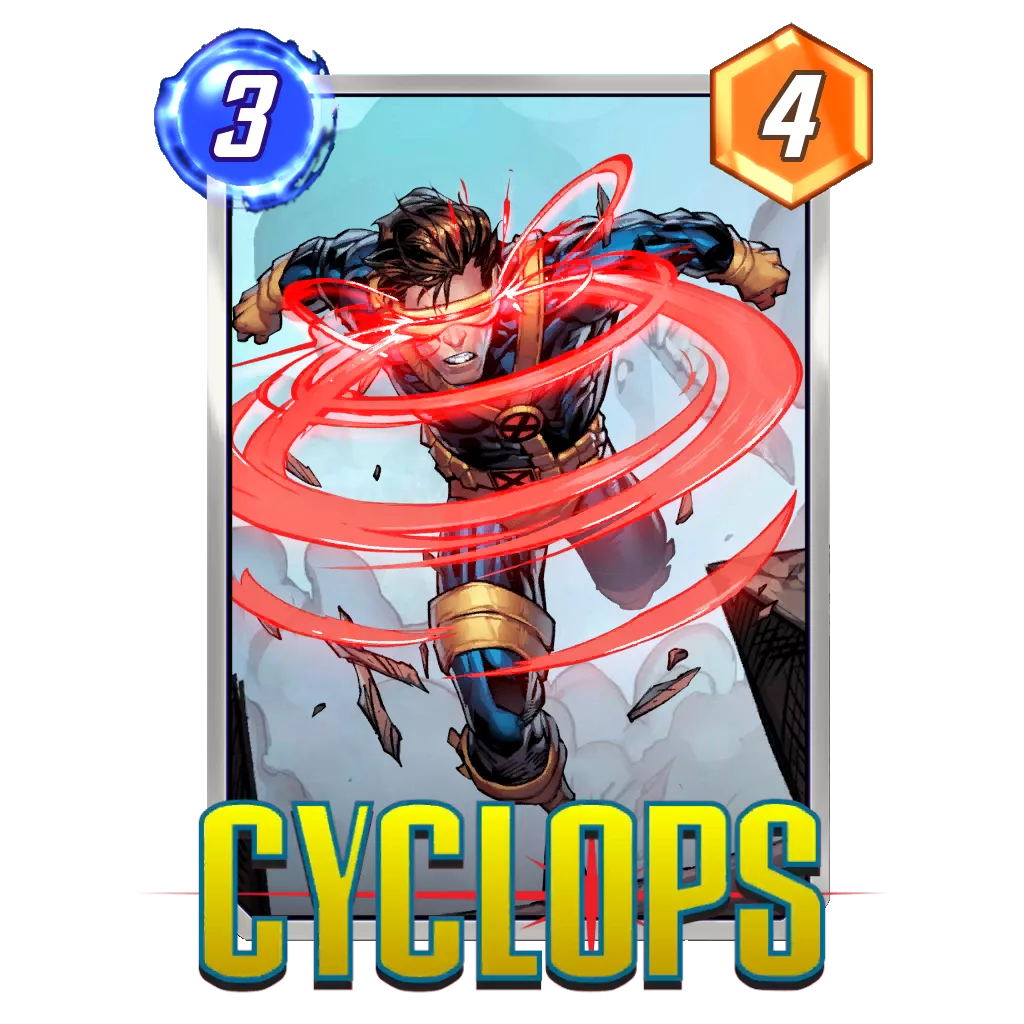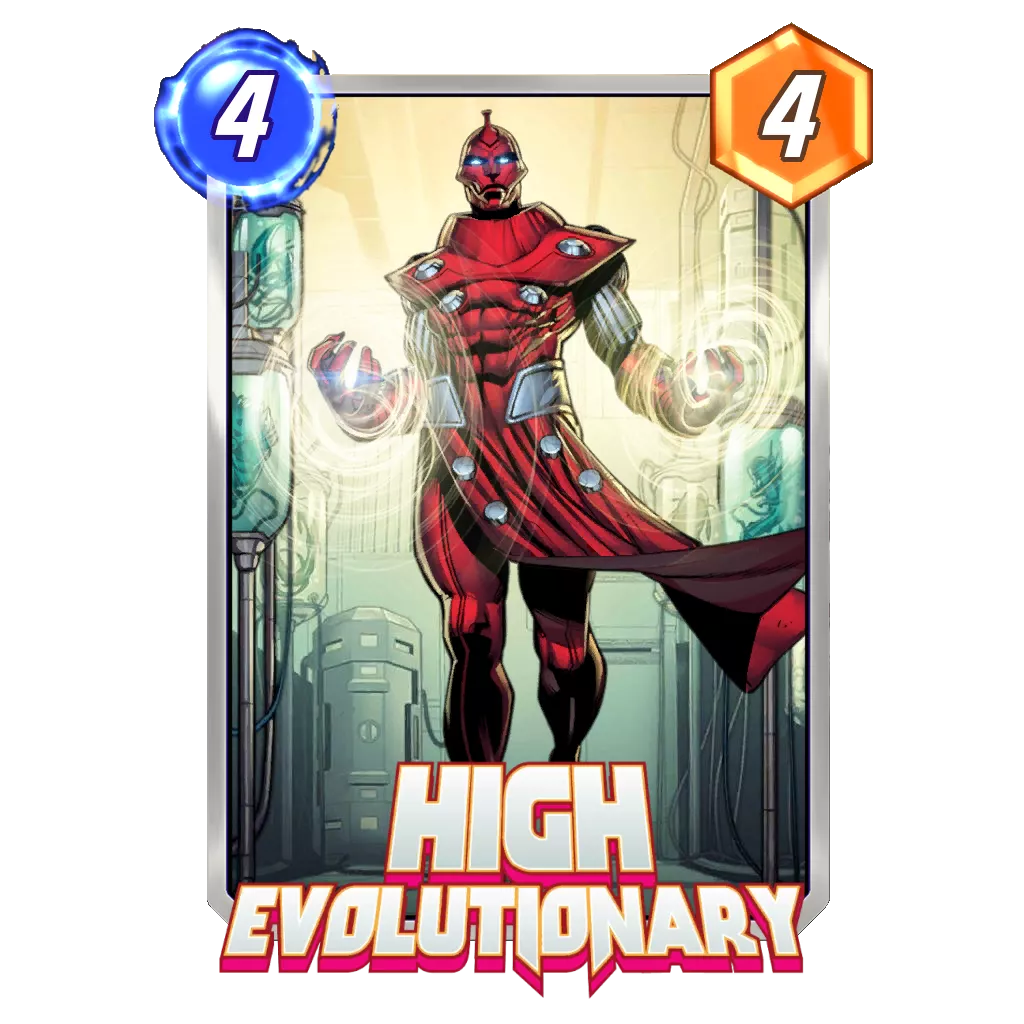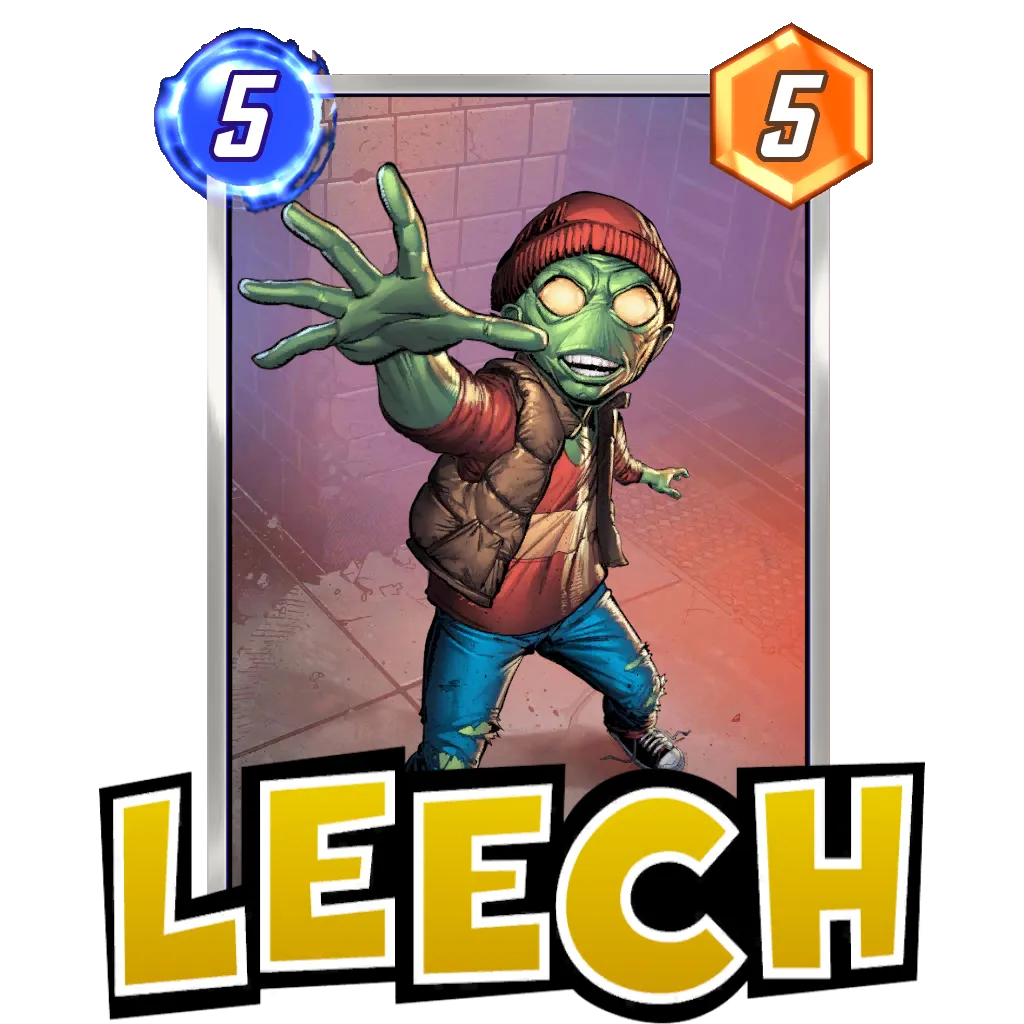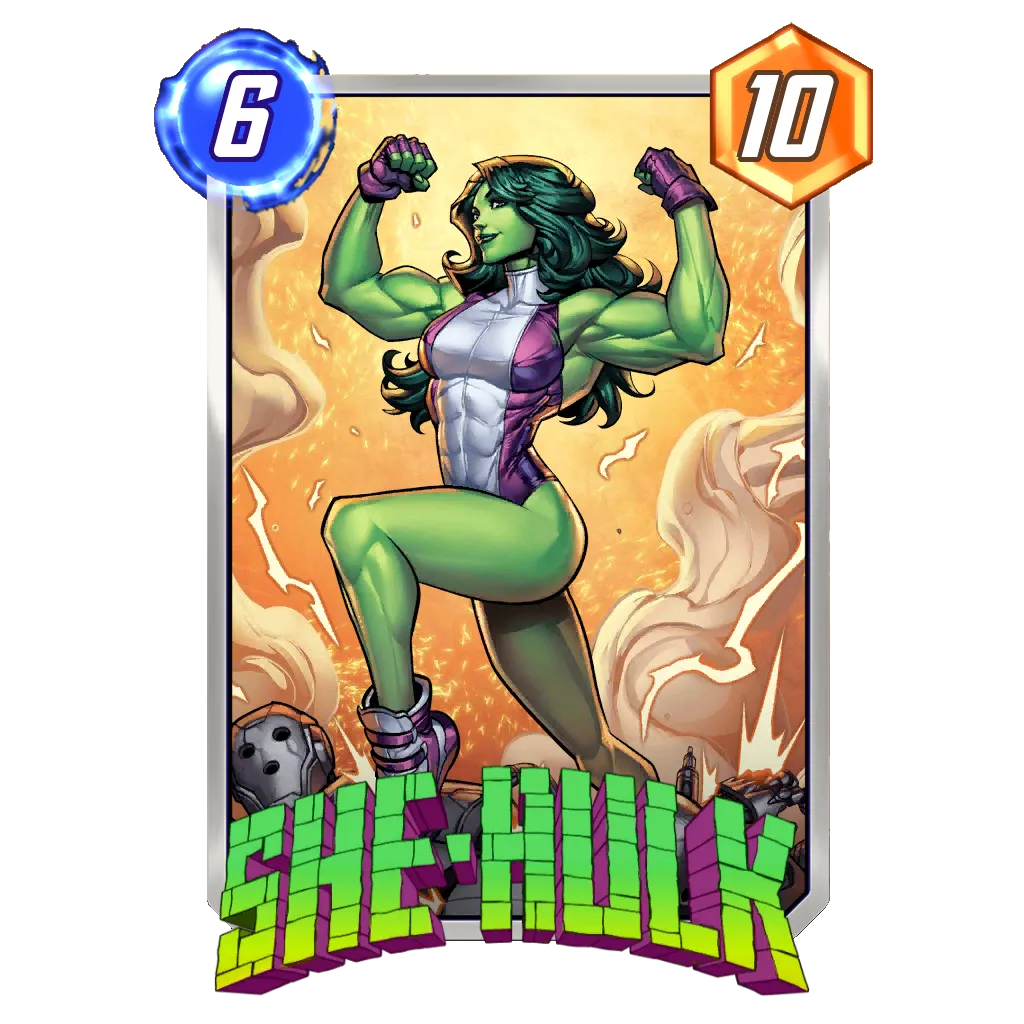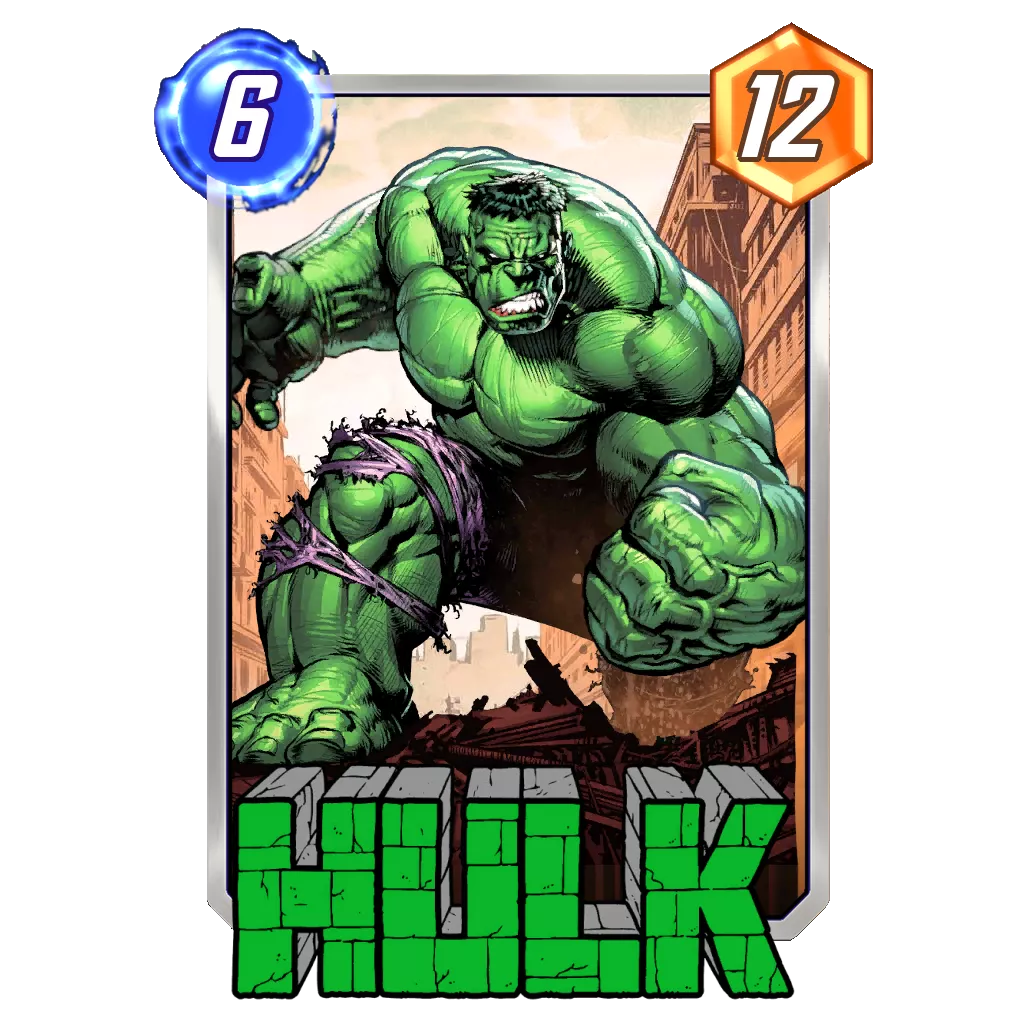Table of Contents
Welcome to our Marvel Snap Meta Tier List for the Ranked Ladder mode! Each week, we review the best decks in the ever-changing Marvel Snap meta. Then we bring you the decklists, and we provide an in-depth report about them. This report contains information like how their ranks are justified, how to play the decks, and how to build the deck with alternate cards to accommodate different collections.
Marvel Snap Ranked Meta Overview
I play the game on a daily basis, so I typically have an idea of what to expect out of each Tier List. I don’t know what the rankings will look like precisely, but I can at least guess most of the decks I’m going to see and have a broad idea of their power for the week. For example, I knew Bounce, Loki and Darkhawk would still be very good, even with America Chavez out of the picture, based on how much I saw them when playing. The same goes for Silver Surfer, Destroy, and InSheNaut, which I knew would appear in the report considering how popular they were, but I didn’t have as clear of an idea as to where they would rank. Looking at social media, InSheNaut was looking extremely strong with a ton of players reporting they used it to grind to Infinite already. However, the data I had a look at over the weekend showed that it was a good deck, but perhaps already adapted against, which has lead to the deck looking a little behind the competition.
The doesn’t mean the High Evolutionary core is one to dismiss already; the Silent Performers section has a deck very similar to InSheNaut that is doing great: High Evolutionary Tempo. You will recognize at least eleven cards from this one, but you might be thrown off by Professor X being included instead of Magik, as well as Leech being absent in favor of Nebula or Jeff the Baby Land Shark. The concept is simply to stop losing the game because the opponent is ready for your strategy and punishing you for passing that turn by changing Limbo. Instead, this deck can leverage tempo with the High Evolutionary cards, and it has the benefit of being able to impact the lane where you use Professor X easily. Basically, you win because you play cards and are in charge, not because you pass energy and dodge your opponent’s initiative.
This activity around InSheNaut was nowhere near the surprise of seeing Galactus in Tier 1, however, which I’m still struggling to understand to be honest. My best guess is the fact that the meta really tilted towards being very combo oriented, which led to a much easier time landing Galactus and racking up cubes. Indeed, in addition to catching most of its opponents completely off guard, Galactus also is one of the rare decks that is still able to leverage Alioth after its nerf. Also, maybe the fact that the card isn’t included in most decks has lead to people forgetting about it a little more and staying in games where they have no business doing so.
I doubt the deck will be able to repeat this feat over several weeks, as the surprise must have played a role in this performance. Nonetheless, this is exactly the kind of reason I love early season reports. They tend to always hold a few surprises that you wouldn’t ever notice except by looking at large sample sizes of matches. One sign Galactus might stay on the long run is Electro Ramp being part of the Silent Performers, though, which indicates the ramp synergy as a whole has a lot of upsides. I knew Sandman was a very strong ability to explore already, but I guess taking it to the next level with Galactus is even stronger.
It is so easy to get caught in your own experience and believe the game is only what you see. In reality, even all the noise on social media doesn’t represent more than a small fraction of the games played in Marvel Snap. Then, although there are a lot of things in this report that most players would easily guess from simply playing the game regularly, let’s focus on the decks that managed to sneak in a great performance. We can also explore how the best decks we all expected to dominate were built in this new season since they faced the challenge of working without America Chavez.
The list of decks might feel familiar, but I guarantee you the start of Hellfire Gala has many more twists than anyone would have guessed.
Happy Tier List, everyone!
Marvel Snap Ranked Meta Tier List
| Tier | Deck | Guide |
|---|---|---|
| Silent Performer | High Evolutionary Tempo | |
| Silent Performer | Hela Lockjaw | Guide |
| Silent Performer | Electro Ramp | Guide |
| Tier 1 | Bounce | Guide |
| Tier 1 | Galactus 🆕 | Guide |
| Tier 1 | Good Cards Double Up! 🆕 | Guide |
| Tier 2 | Loki Werewolf 🔽 | Guide |
| Tier 2 | Lockdown 🔽 | Guide |
| Tier 2 | Silver Surfer 🆕 | |
| Tier 2 | Deadpool Destroy 🔽 | Guide |
| Tier 3 | InSheNaut | Guide |
| Budget | Ongoing Kazoo 🔁 | Guide |
| Budget | Devil Dinosaur Destroy 🔁 | |
| Budget | Swarm Discard Aggro 🆕 | |
| Budget | Ongoing Two Locations 🔁 | |
| Budget | On Reveal Control 🆕 | Guide |
| Budget | Big Cards 🔁 |
Disclaimer and Tier Explanations
In order to be featured here, a deck needs to represent at least 1% of the current environment and have a positive cube average using data from our Marvel Snap Tracker. If a deck showed great performances with a very limited presence in the meta, you can find it in the Silent Performers section. There, I will highlight decks with an excellent Cube Ratio but too little of a sample size to be representative of their real strength.
Decks not good enough to be considered contenders but with a good representation will be ranked in Tier 3 or 4 in our chart, and they won’t have their own dedicated write up here (but they may be transferred to the main Tier List section). See those builds as decks that are good to know about, as you should face them when playing Marvel Snap. However, unless the meta changes or a new variation of the build emerges, these decks are a notch below the dominant ones in Tiers 1 and 2.
Silent Performer: Decks with a very little presence in the meta that still showcase a Cube Average and Win Rate worthy of a Tier 2 deck (or better). Often times, these can be archetypes with some nice game play that have been left unchecked in the current environment, or decks on the rise that found a few good match ups to abuse.
Tier 1: Tier 1 represents decks with all the upsides we would be looking for to rack up Cubes. They have good match ups in the current meta, offer different play patterns during a match, and often have the ability for explosive or surprising turns. These should be decks worth investing into in order to climb for the coming week.
Cube Average > 0.5
Tier 2: Tier 2 are very good decks but with a weakness holding them back – either not being as reliable in its draws as Tier 1 decks, countered by another popular deck, or still being a work in progress as you read this. A good pilot could probably take these and have the same results as with a Tier 1 deck, but their play patterns are more difficult to enact compared to the tier above.
Cube Average > 0.35
Tier 3: This tier is made of decks that have a pervasive issue compared to Tier 1 or Tier 2 decks. Usually, Tier 3 will be a mix of decks on the rise that don’t have much data, old archetypes on the decline, decks that require substantial experience and/or knowledge to pilot properly, powerful decks that aren’t well positioned, or niche decks.
Cube Average > 0.20
Tier 4: Off-meta decks that have fallen off in recent times, or counter picks that rely on specific match ups to stay afloat competitively.
Cube Average > 0.00
Budget: Decks that consist only of cards in Pool 1 and 2 that are still capable of competing with an experienced pilot in a similar Collection Level, Rank, and MMR range. See our matchmaking guide for more details.
Meta stats and analytics directly from our Marvel Snap Tracker can also be found here.
Tier 1
Bounce
Rank Justification:
On the rise at the end of last season, Bounce has continued to ride the momentum to become the best deck in the game early in the new season. Without America Chavez in the mix to provide some reliability, the best list has been mixing two synergies that are battling to be alongside Werewolf By Night: Darkhawk and Annihilus.
The biggest change in the list is Falcon not being included, a card that is typically considered a staple in the Bounce archetype. Instead, the deck looks more like a tempo deck built around Werewolf By Night and the On Reveal strategy with Beast and disruptive synergies added. One could wonder if Shadow King is more important to the deck than Falcon, but looking at the 0.55 Cube Average and 61% Win Rate, it is hard to argue against such numbers.
Keep an eye on Sandman and such counter strategies emerging, though, as Bounce could be part of the most impacted decks if those become popular.
How to Play:
This iteration of Bounce isn’t trying to replay cards over and over as most previous builds of the archetype would do. Here, the focus remains on Werewolf By Night, and a large part of the strategy is growing it big enough to win a lane almost on its own. The second part of the gameplan is preventing the opponent from playing as they wish by impairing their deck and available space.
The Darkhawk synergy, with Korg and Rockslide, will be the deck’s disruption. This disruption works against any opponent since everyone wants to draw cards rather than Rocks. These two also represent great Beast targets because they are both On Reveals for the Werewolf and they grow Darkhawk even more. They set you up to have two huge points sticks by the end of the game. Black Widow is also part of this synergy, but it will impair the board as well, thus creating a connection with the other disruption package in the deck.
Annihilus, when sending The Hood and The Void, will represent more of an immediate points output, but the higher cost of Annihilus and Sentry limits the combo ability of the deck. This probably means you will have to pass on Werewolf By Night or Darkhawk when going for the Annihilus route. Obviously, your draws will impact which synergy you to decide to invest into, but the other difference maker is whether you think Annihilus is likely to send your negative power cards to your opponent. If not, it can sometimes be wiser to simply play The Hood to create a Demon and then hold it in hand after you bounce it back with Beast. As for Sentry, you can always fill the right location to get a 10 power card to complement Darkhawk or Werewolf By Night on the last turn of play.
Overall, you could consider Bounce as a deck with three different synergies that represent a different layer of the deck, and each has a different priority. Werewolf By Night is the go-to, Darkhawk is the one you go for whenever you get the cards, and Annihilus is the one you take only when it would work (and you can still use the cards to spend extra energy when needed).
Potential Additions:
Shadow King could probably give its spot to Falcon if you wanted to include the card. Otherwise, Spider-Ham is likely the most flexible card in the deck (as long as you find another cheap On Reveal card to help move Werewolf By Night.
Galactus
Rank Justification:
This is the biggest surprise of the week! Galactus came out of nowhere to insert itself in the discussion of the best archetypes in the game. It has a legitimate claim considering it had the highest Cube Average with 0.6, but the Win Rate was much lower compared to Bounce at 53%, hence ranking it second.
The most logical explanation for this huge success is a perfect meta to exploit the card; most of the top decks are looking to save space to build an explosive Turn 6. In this context, and with the help of running generally good cards (Nico Minoru, Jeff the Baby Land Shark, Ms. Marvel), Galactus is able to benefit from both a solid relative power and a great surprise factor.
As always, it will be interesting to see how the deck progresses over time and whether it can keep posting such impressive results. Even if it were to fall down to Tier 2 (or even Tier 3, really), this would still represent quite an improvement for Galactus compared to the past few months. The card has not been in the spotlight since Alioth released, and that didn’t last long.
How to Play:
Your primary goal with this deck is to land Galactus to narrow down the match to only one lane. Then you can lock any play the opponent could have with Alioth because you have priority. In order to create this perfect scenario, you will typically rely on Ms. Marvel to boost the lane you intend to play Galactus onto, or on Hobgoblin to reduce your opponent’s power there. Both cards can be played on Turn 4 with Electro, which opens a Turn 5 Galactus as a follow up.
You could go for a fast Galactus using Wave on Turn 3 as well, which has a good chance of landing if you have priority heading into Turn 4. However, the more difficult part is keeping priority since you don’t have many great follow ups (apart from Hobgoblin).
The other way to play this deck is to treat it as a Ramp deck and aim to win two lanes the good old fashioned way. In that case, the goal will be to play Electro, Hobgoblin, or Professor X, then Orka, and, ideally, Ms. Marvel plus Jeff the Baby Land Shark on the last turn of play. You could also try to steal a lane with an early Professor X after Wave, as the five power is pretty useful in that regard. Then, the pattern would be Wave, Professor X, Hobgoblin, and either Orka or Ms. Marvel+ Jeff the Baby Land Shark.
No matter which play pattern you decide to go for, the key element is anticipation. Indeed, the reason why Galactus is doing well is its ability to punish what several decks are trying to do in the current environment. Then, a large part of piloting this deck well is picturing where the opponent is going with their own game plan and finding a hole you can sneak into. Your draws during the match and the locations will force you to reconsider your plans and adapt on the fly. Still, having an idea of where you are headed and how you need to manage your space on the lanes you want to win will go a long way towards taking home some wins.
Potential Additions:
Nebula has always been a solid 1-Cost card in Galactus decks, even more so with Professor X included. Otherwise, Shang-Chi feels like a flexible card in the deck and could be replaced by another tech option.
Good Cards Double Up!
Rank Justification:
True to its reputation of being one of the most flexible decks in the game, Good Cards has once again changed its list. This time, it’s rocking a Double up! concept with Quinjet and Ravonna Renslayer helping Zabu to reduce the cost of cards in the deck. In the Conquest report, it was the pairing with Devil Dinosaur that performed the best for the archetype. But, with a 0.48 Cube Average and a 57% Win Rate, this more flexible take dominated in the ranked mode for the archetype.
In a similar way to what Bounce tries to do, this deck puts the emphasis on being as flexible as possible, hiding its true potential for as long as it can. This is thus far the best way to get cubes in Marvel Snap.
How to Play:
Double-Up! is a deck that is looking to function as a two speed deck. It sets up during the first four turns, only to blast two or three locations with points once it’s too late for the opponent to react. With this build, the way it does this is by growing Darkhawk via its usual friends, duplicating your biggest points contributors with Moon Girl, and getting your cost reducers on the board (Zabu, Ravonna Renslayer, and Quinjet).
Once you are set, the deck should be looked at with energy remaining in mind, rather than turns remaining. If you are set on Turn 5, you can consider that you have 11 energy to work with, while you will have only six if you needed Turn 5 to manipulate your hand. The goal is to then assemble the nastiest possible points spread with your energy over these two turns by fitting in as many strong cards as possible. Ideally, you want to keep your point makers in hand as long as possible, both to hide your potential and to prevent Enchantress or Rogue from ruining the party. However, if a card doesn’t fit the scheme you imagine with the energy you have available, you can definitely just play it knowing you have some back up even if it gets countered later on.
Here are two very common patterns with the deck after playing Moon Girl on Turn 4:
- Turn 5 Iron Man to set up for three reduced cards on Turn 6. These can be either Darkhawk, Ms. Marvel, Mystique, or Iron Lad if you still have them in the deck. In this line, you can also play Iron Man on Turn 4 and Moon Girl on Turn 5 with Ravonna Renslayer in play, which is sometimes better to get another shot a drawing a card you want to copy.
- Turn 5 Double Ravonna plus Zabu or Quinjet and unleash basically your whole hand on Turn 6. Darkhawk and Mystique both cost one, while Iron Man should cost two or three depending on whether you have Quinjet in play.
Compared to Bounce or Loki, this one is a little less flexible in how it operates, and it really needs to manipulate its hand well to create one worth copying with Moon Girl. Most of the time, you will be looking to play cards for the sole purpose of keeping only three in hand so Moon Girl doesn’t prevent you from drawing. In that regard, almost every card (except for Mystique) can be played proactively – just make sure to keep Ms. Marvel in mind for where to place them. You can also sometimes keep a Rockslide or Korg in hand to copy in order to buff Darkhawk even more.
Finally, if Moon Girl allows you to have a ton of power and the ability to spread it across all three locations, not drawing into the card still allows the deck to play for two locations. Darkhawk, Iron Man, Mystique, and Ms. Marvel are all worth a lot of points for their cost on average. You just become a regular Good Cards deck without the combo ability since you didn’t draw that part of the deck.
Potential Additions:
Green Goblin can bring some disruption and works well with Ravonna Renslayer. Shadow King is a cheap card that can be worth copying. Echo and other disruptive cards that you can play proactively can also fit in the deck.
Tier 2
Loki Werewolf
Rank Justification:
A little behind the other two flexible decks (Bounce and Double Up!), Loki seems to not be able to pull its old tricks now that many more decks can cheat energy in Alioth‘s absence. The deck remains a very good Marvel Snap deck, posting an elite performance at a 0.4 Cube Average and a 57% Win Rate. However, maybe Loki didn’t manage to include as many tricks as the other two in this list, which led to a less surprising strategy and some more retreats from opponents.
With Werewolf By Night in the deck and the ability to include a couple of disruptive cards, there is nothing to worry about for Loki, and the archetype might even pick up some momentum once it adapts to the other popular archetypes. Until then, Loki feels a little stuck in last season and annoyed by Shadow King being included in a lot of decks.
How to Play:
Centered around its two signature cards (with support from Quinjet), Loki aims to build a lot of points on two lanes while keeping as many options as possible open for later on. Indeed, if you commit too hard, you might lack the space required for the cards Loki generates, or you might let your opponent know too much about your potential. Speaking of potential, the deck creates many cards during the match, so its biggest strength is keeping the opponent in the dark as to what they should expect.
Early on in the match, the deck will set up its anchors, Werewolf By Night and The Collector. As direct support to these two, you have all the cards at three energy or less that will generate cards or move the Werewolf. This iteration of Loki takes a large page from Bounce’s playbook. It looks to leverage the 1-Cost cards to grow both anchors simultaneously, but it is also very flexible in the way is uses the available space thanks to Falcon. Indeed, constantly finding a way to develop yet never locking yourself out of possibilities is the key to mastering this deck. You will build a lot of points without losing the ability to react to what your opponent does.
Depending on your opponent, the timing of your Loki will vary. If their deck is expensive or runs a lot of counters to your primary plan, you might want to switch early on and create a new game plan with their cards. Otherwise, Loki can be played on Turn 5 to grow The Collector and open a very flexible Turn 6, especially with Quinjet in play. One of the biggest upsides of this deck is its ability to always find new options and play patterns. As such, it is really important to set your mind early on whether you are looking to play with the cards in your deck or trying to generate a new way to achieve victory.
Since Werewolf By Night joined the deck, Loki Collector has used Loki as a Turn 6 option more often – especially if you anticipate finding no On Reveal cards in your opponent’s deck. You can just focus on building a big enough Werewolf to win a lane, and then buff The Collector on the last turn of play to contest the second one.
Potential Additions:
Cosmo, Shadow King, Forge, Beast… Many cards, be they disruptive or cheap On Reveal abilities, can fit in the Loki deck.
Lockdown
Rank Justification:
If Loki still needs to adapt a few cards to feel it is on the level of the other elite decks, Lockdown feels stuck compared to them; absolutely nothing has changed since the patch. Looking at the performance, it isn’t clear if the archetype should change anything, as the 0.4 Cube Average and 55% Win Rate is pretty close to what Loki did this week. Still, it could also be a case of InSheNaut feeding that Cube Average considering its popularity, alongside a lot of other decks adopting that slow play style that Lockdown excels at annoying. It is entirely possible that Lockdown came as a counter to that trend, similar to Galactus, and it should be interesting to see how it fares in a more diverse environment in the near future.
How to Play:
Most of the time, the goal with this deck is either to develop points flexibly or hide from your opponent where you plan to act. You can also aggressively block your opponent’s play patterns, which is easier in Conquest where you should gather information from one round to another. With Ms. Marvel in the equation, Lockdown is trying to lock one of the side lanes with Storm or Professor X in order to land Ms. Marvel in the middle for support.
If you expect your opponent to run an Ongoing counter, you could play Storm on Turn 3 in the lane where you wish to play Ms. Marvel so the opponent can’t land their card later on.
Typically, Storm is stronger if you have ways of supporting it (either with the Move cards or with Doctor Doom down the line). Professor X, on the other hand, will push for Alioth or America Chavez to be used to win the second lane.
A hot start with Nebula, Medusa, and Storm can quickly lead to you winning a lane, which allows you to focus entirely on another one with a card like Alioth at the end of the game. Furthermore, the deck is also decent at spreading its points through Ms. Marvel and Doctor Doom – especially if Iron Lad hits either of those. You can then accept a battle based on points, where you would become a proactive deck.
Finally, the Move cards simply provide flexibility for Ms. Marvel so you can make sure it reliably adds points to every lane. You can reposition your cards if you need to in order to play one with the same cost on that location.
Potential Additions:
No changes to the best performing list (despite the big patch) indicates that Lockdown probably isn’t that flexible right now. Cards that saw play in the past include Echo, Vision, Magneto, or counter cards such as Shadow King, Shang-Chi…
Silver Surfer
Rank Justification:
After struggling a bit to establish itself in Conquest, the Sebastian Shaw-inspired Surfer list looked better in ranked and posted a 0.4 Cube Average and a 55% Win Rate. This places it in that second group of decks in the meta with Lockdown and Destroy. This is probably the deck that saw the most play during the week, which could lead to two conclusions:
- The data we have about the deck is pretty reliable, and Silver Surfer is one of the few decks where we have a good idea of its true strength.
- There were a lot of different lists played, so the archetype might have some room to improve if everyone starts playing what is considered the optimal list.
Speaking of that optimal list, we saw a lot of ideas shared around the community. Shadow King, Rogue, and Absorbing Man, in particular, saw a lot of play, but it seems to not help the deck in the grand scheme of things. In the end, Werewolf By Night is too many points to pass on, tilting the deck towards a more proactive approach rather than reactive. In that context, and with little space left, Polaris felt like a good middle ground. It provides points while annoying other Werewolf decks through clogging lanes or separating Armor and the 1-Cost card it was supposed to protect.
How to Play:
You could sum up this deck as buff, play cards with the buffs, and buff again, with Sera tossed in on Turn 5 for good measure. In the end, this is really what this deck is all about. The strategy to win will always be the same from one game to another, and the only things that change are how you place your cards and time your abilities.
In the first two turns, you are looking to play Okoye first and foremost, alongside Nova if you want to fit in Forge on Turn 4. Turn 3 will typically be Nakia or Werewolf By Night since these two represent your setup towards building points. Sebastian Shaw and Polaris can also come down here, but you will usually need a reason to do so – especially if you have one of the other two available. Turn 4 will be Forge plus a card worth buffing like Sebastian Shaw or Brood. If you need to play a disruptive card like Polaris or Killmonger, you could also play Forge after the 3-Cost and buff the next card you play.
Turn 5 is dedicated to Sera, but it could also be a three and a two if you are missing Sera (or America Chavez has a high chance of hitting a premium target in your deck).
Turn 6 is flexible. Your plays depend on where you expect your opponent to play and how you built your locations up until this point. Ideally, you would like to have disguised some of your points until this point, both to hide your potential and to have a better idea of which lanes you should try to contest. In that regard, if you didn’t get a good chance to buff Brood or Sebastian Shaw yet, they are fine to keep until this turn. Otherwise, Killmonger and Silver Surfer will typically be kept until now to maximize their efficiency.
Potential Additions:
Daken and Absorbing Man have been two common additions among proactive cards, with Maximus and Gladiator representing good points sticks. On the disruptive side, Shadow King, Rogue, and Cosmo all make sense.
Deadpool Destroy
Rank Justification:
Last among the great decks this week is Destroy. It managed to post a solid performance with a 0.38 Cube Average and a 53% Win Rate, which is a little below the other decks we covered already. However, InSheNaut was very popular for a large part of the week, and it only started losing some momentum towards the weekend. Destroy should be on its way up heading into the next week as the threat of Armor should be much reduced.
As for the deck list, there isn’t much to note as the patch didn’t impact Destroy directly. America Chavez was tested in a few lists, but it looks like a failed experiment more than anything.
How to Play:
If you find Deadpool in your opening hand, buffing it with Forge or Hulk Buster and destroying it over and over again until Turn 6 is the main concept with this deck. But there are other ways to score lots of points and emerge victorious, alongside leverage a timely Shang-Chi for the win.
First, it is important to understand the role of X-23: to give you energy on specific turns so you can break the expected timing your opponent has for your cards. For example, going for Deadpool plus Taskmaster on Turn 5 can throw an opponent off, and it opens a Knull play on the following turn. Similarly, if you destroy X-23 on Turn 5, you can play both Deadpool plus Knull, or Arnim Zola on Turn 6. Even if some of those cards are not part of the featured list this week, it shows how you can use X-23 to create play-patterns your opponent won’t easily anticipate.
Since you are playing a deck that is easily recognizable and well known in the community, finding those unusual ways of developing your play patterns will open avenues to catch your opponent off guard. Also, keep in mind your should have an agressive Snap strategy, otherwise, your opponent will not stay in a game if you already showed them your hand.
Once you understand the key concepts around your 1-Costs, the rest of the deck is really about dodging the opponent’s traps. Death needs to be played as soon as possible if you suspect your opponent is playing Mobius M. Mobius. Killmonger can be used to destroy opposing cards, not just your Deadpool. Last, Arnim Zola or Taskmaster, if you decide to play one of the two, can also be used on Knull, Death, or Venom to create a lot of points.
Potential Additions:
Hulkbuster and Taskmaster routinely see play in the archetype.
Tier 3
Looking at social media, it is easy to believe InSheNaut was the best deck in Marvel Snap going into the new season. And, to some extent, it was. Unfortunately for the deck, we knew its strengths and quickly figured out it was very well positioned following the nerf to Luke Cage, so its weaknesses were also well documented.
Then, in addition to Galactus, Sandman, and Professor X coming back to punish the deck, we also started to see more of Shadow King to cancel Sunspot and the afflictions from Cyclops. As it stands, InSheNaut remains a solid deck, and its tempo variant in the Silent Performers section looks to be an improvement (both because it wins the mirror through Professor X and also thanks to catching opponents off guard).
For a Tier 3 deck, InSheNaut is much closer to being very competitive than what the ranking might indicated. In the end, this report as a whole is seeing mostly decks with a high potential, as the archetypes dominating are all known from previous seasons. We should see a lot of movement similar to what happened around InSheNaut: a deck rising quickly, but potentially being countered just as rapidly.
InSheNaut
Closing Words
Most of the deckbuilding innovation has been focused around the Silver Surfer archetype, which took almost the whole week to figure out after a flurry of cards were tested in the archetype. When it comes to the other archetypes, Good Cards made quite the impression with its new Double Up! variant, and Bounce just mixed everything it tested during last season into one deck. Overall, the first week clearly favored decks that were already strong at the end of the previous season, with the exception of Ramp (Galactus, more precisely), which built a ton of momentum from this very advantageous meta.
Then, if you regret the lack of new emerging archetypes, I think the near future should be great since the upcoming cards will push for some different decks. Blob on Tuesday is regarded as a potential Darkhawk counter, which could shake two very established decks. Plus, the card doesn’t really seem to fit in many of the current archetypes, so it will push for different shells to be experimented around. As such, the first week remained within the grasp of the same decks that dominated in November, most likely out of comfort but also to rush to the Infinite rank quickly with the reset. Hellfire Gala certainly still has some surprises in store.
Plus, looking at how fast the environment adapted to She-Hulk, we might very well keep seeing this kind of rapid rotation that prevents one specific deck from take over as long as they are using concepts we already had to react to in the past.
Overall, this first week was pretty standard. The major difference of having a Season Pass card that didn’t push an archetype to be overly dominant naturally gave more space to decks we already knew about to appear stronger. However, it might just take one strong new card that pushes a different strategy for the meta to completely change and cause the game to feel brand new.
Until this happens, feel free to share your favorite deck to grind early in the season, and make sure to have fun when playing Marvel Snap. As usual, for any questions, find me on the Marvel Snap Zone community Discord, or follow my Twitter page where I share decks and biased opinions about the game.
Good Game Everyone.
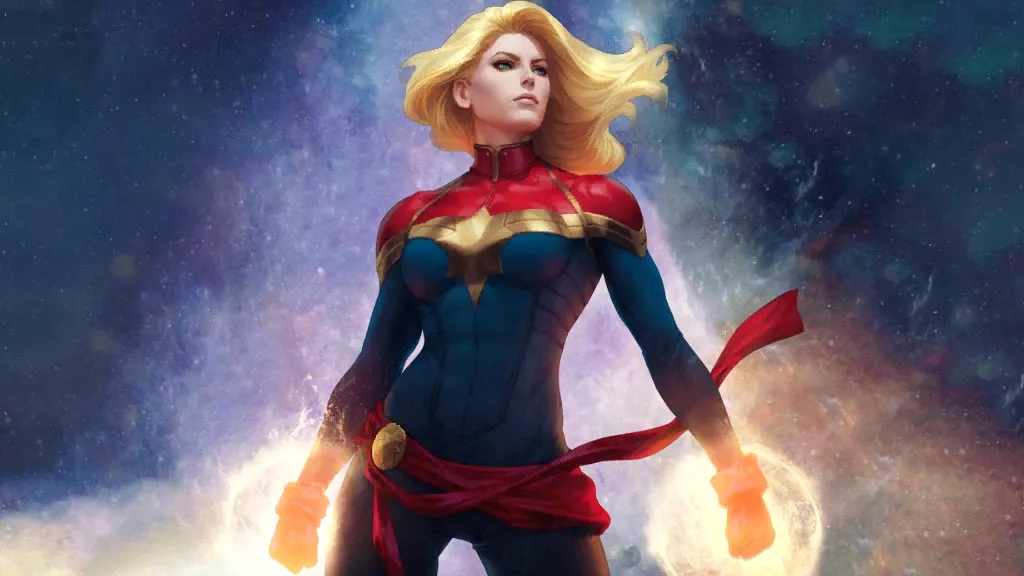
⭐ Premium
Enjoy our content? You can Support Marvel Snap Zone and your favorite content creators by subscribing to our Premium community! Get the most of your Marvel Snap experience with the following perks for paid membership:
- No ads: Browse the entire website ad-free, both display and video.
- Exclusive Content: Get instant access to all our Premium articles!
- Meta Reports: Exclusive daily meta reports, such as the Ultimate Card Metrics Report, Top 10 Decks of the Day, Top 30 Cards, and Top Card Pairs tailored for you!
- Team Coaching: Join our free weekly team coaching call sessions on the Discord server. Claim your Premium role and gain access to exclusive channels where you can learn and discuss in real time!
- Premium Dashboard: Get full instant access to the member-only dashboard, the all-in-one page for all your benefits.
- Support: All your contributions get directly reinvested into the website to increase your viewing experience! You get also get a Premium badge and border on your profile.
- Special offer: For a limited time, use coupon code SBYREX4RL1 to get 50% off the Annual plan!
























